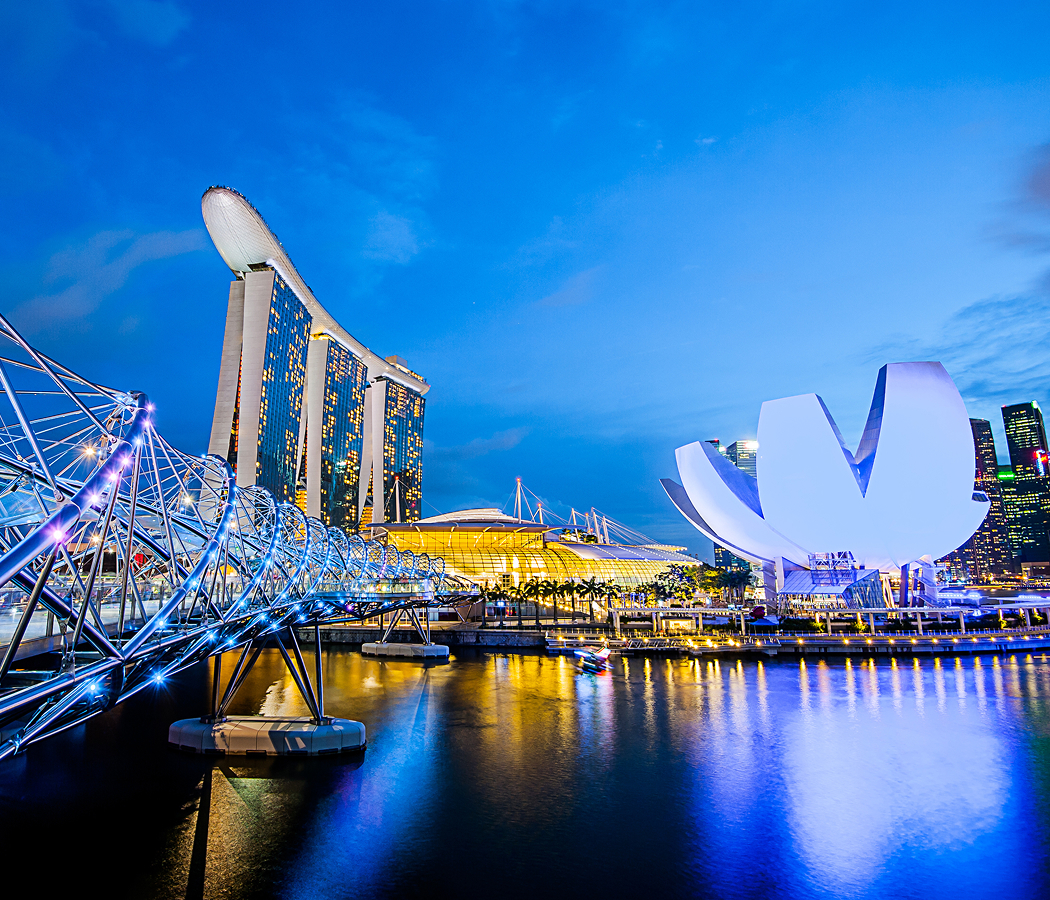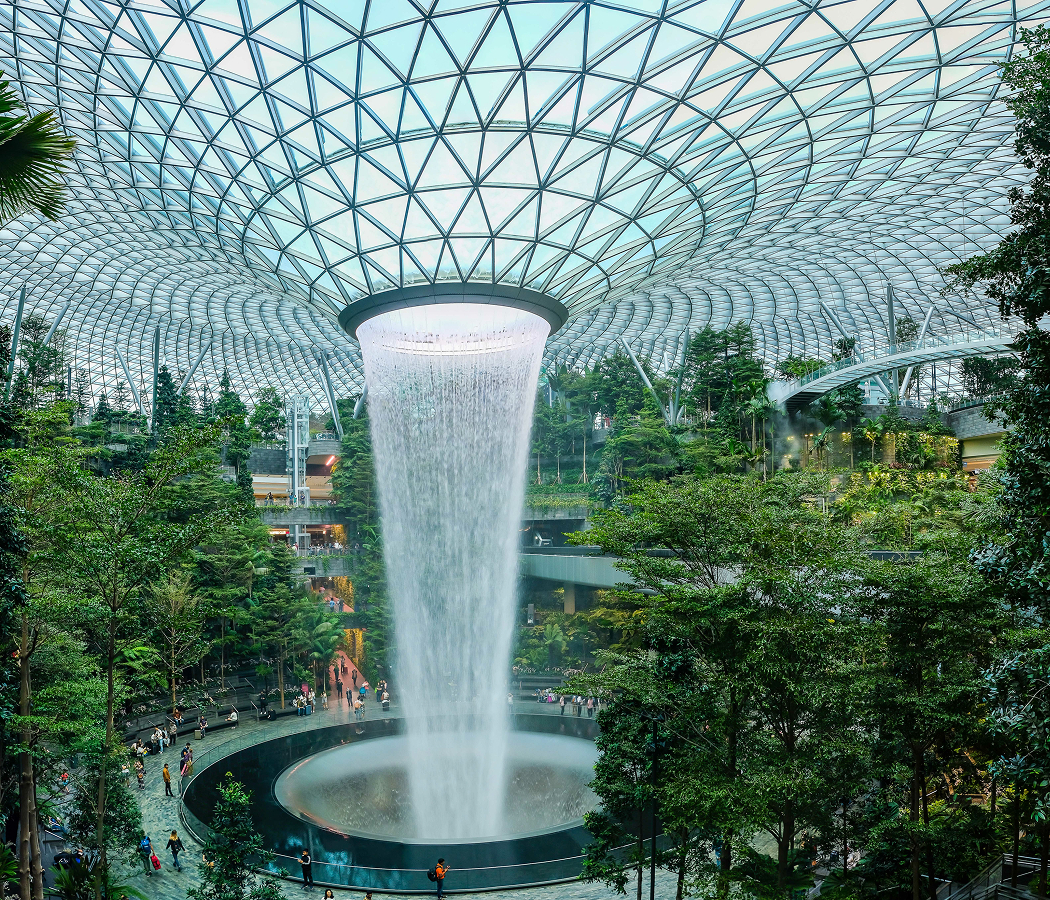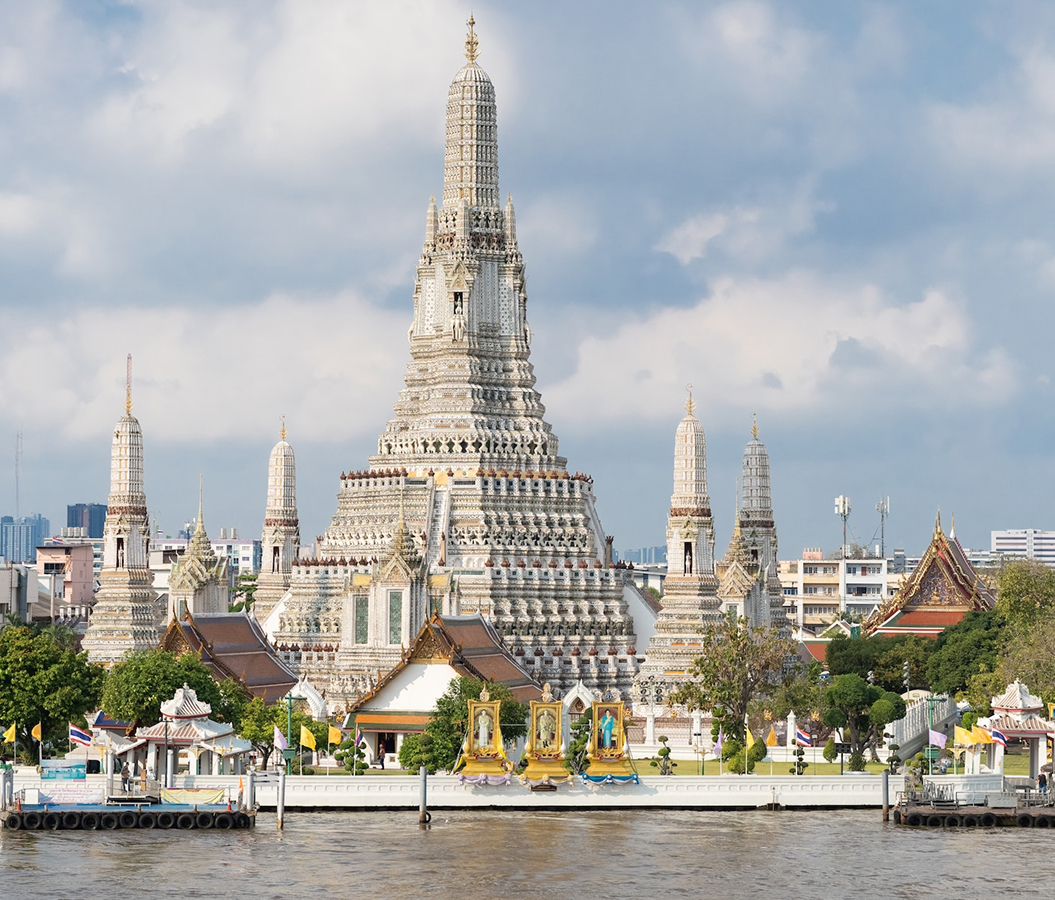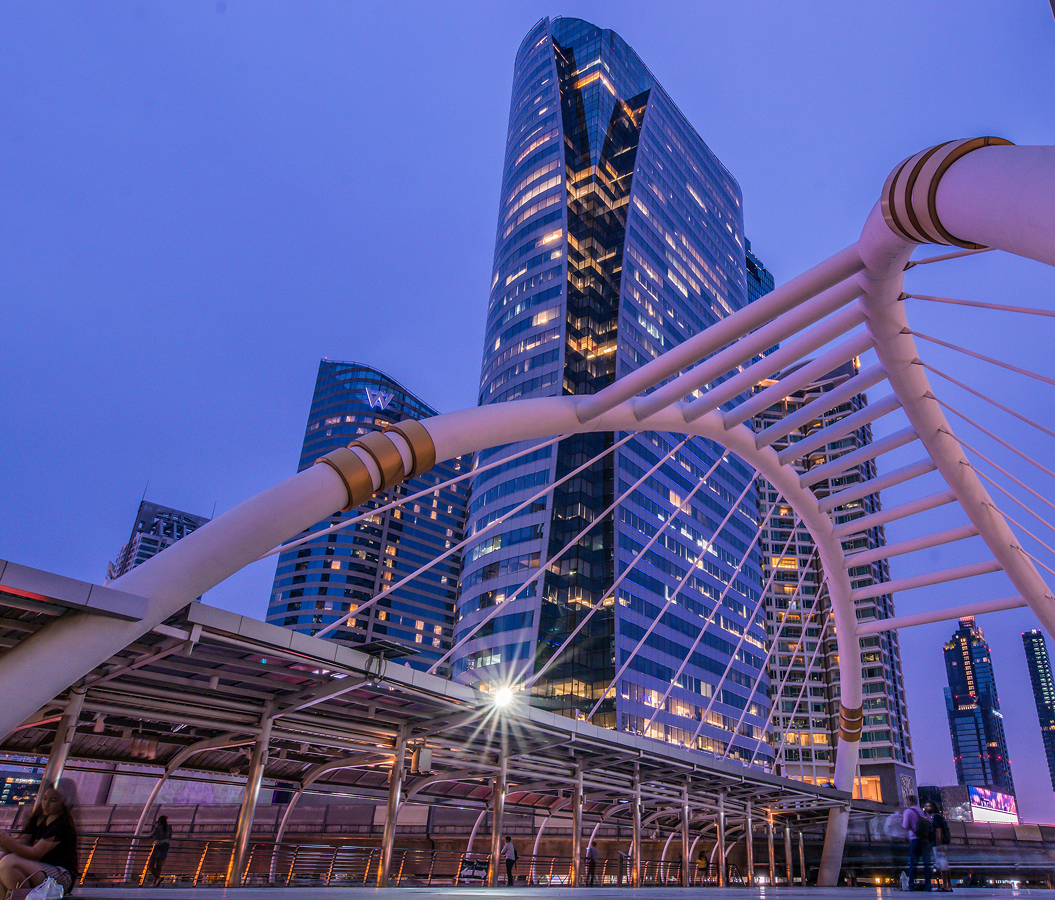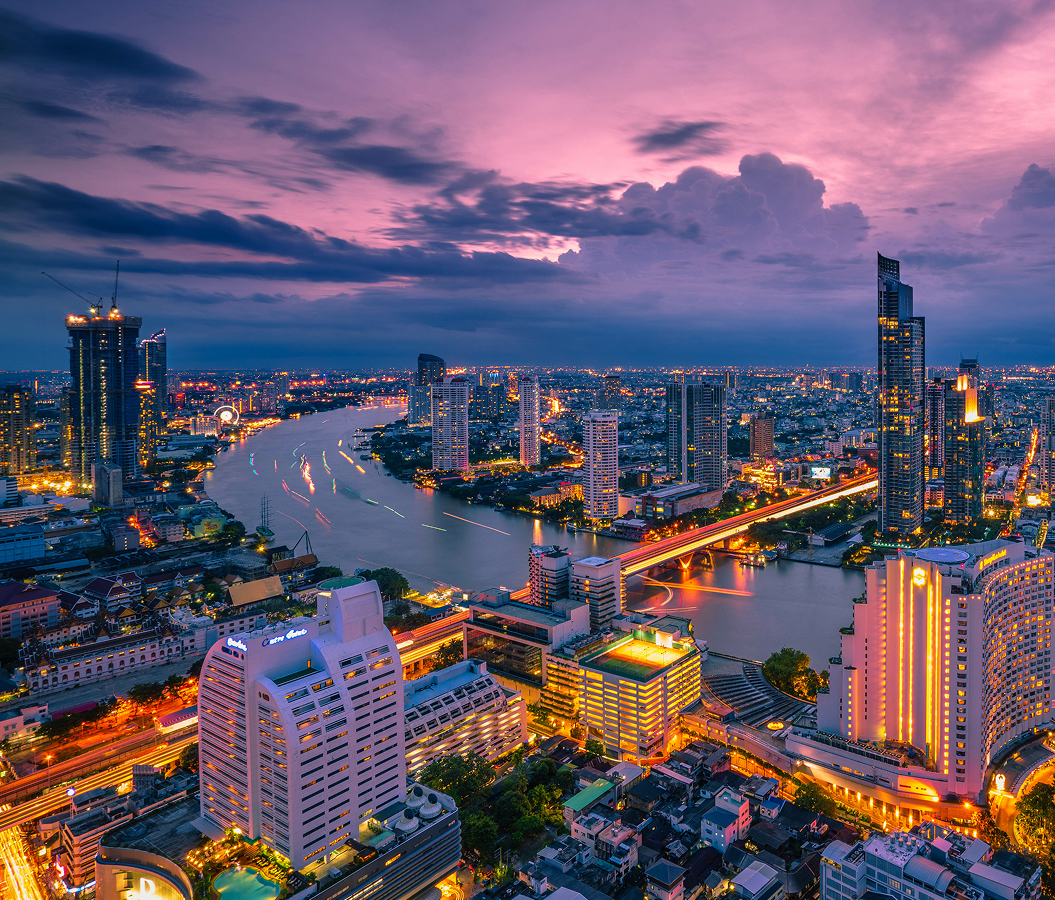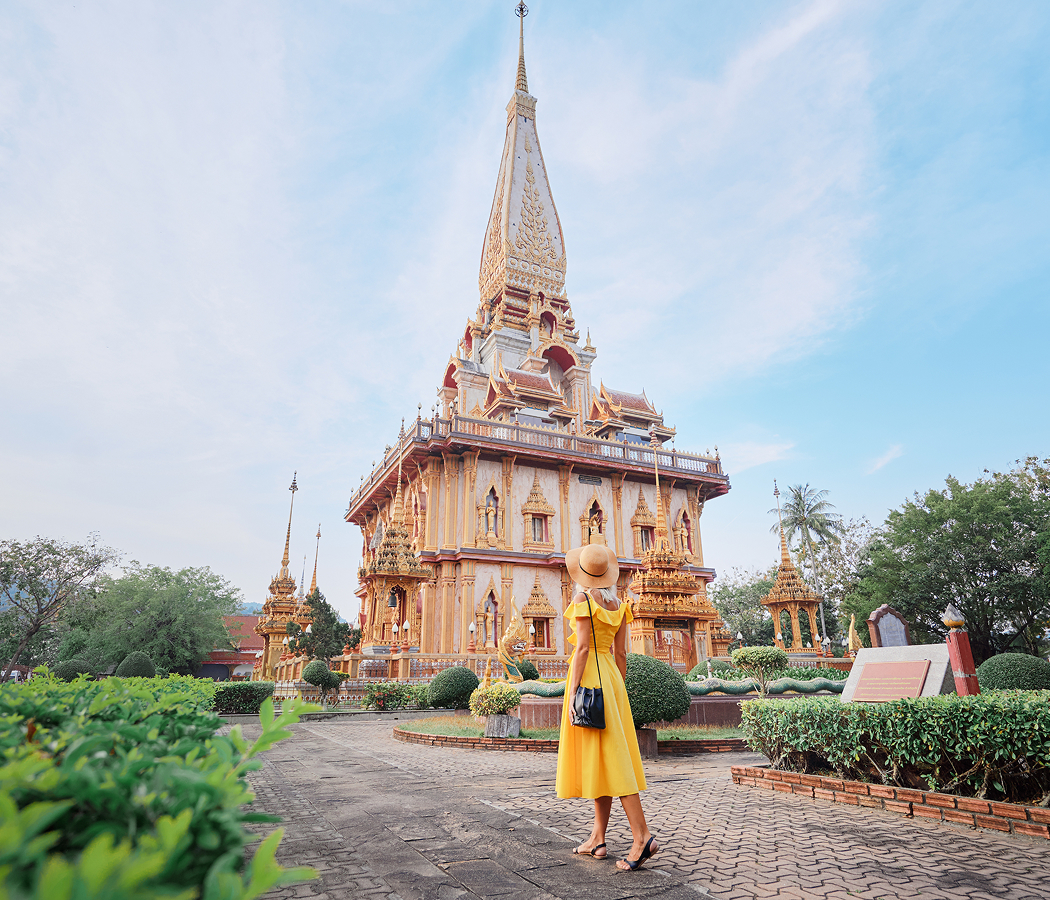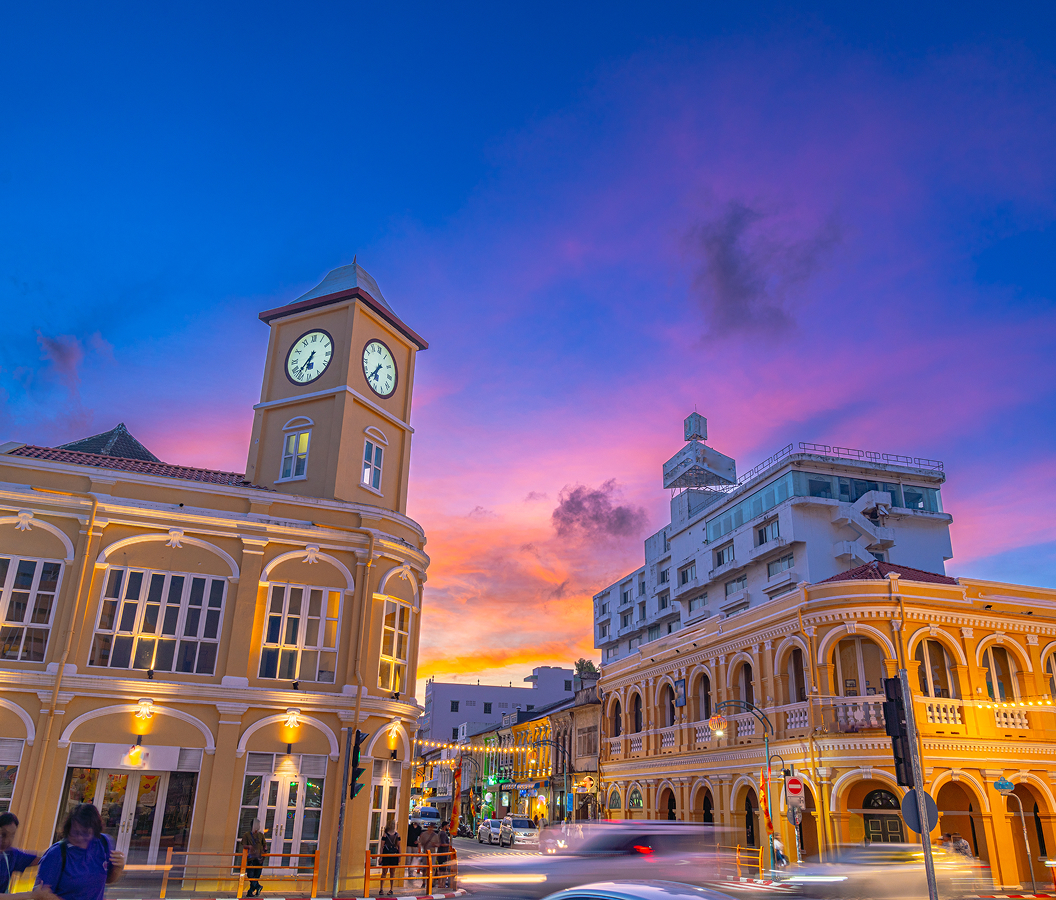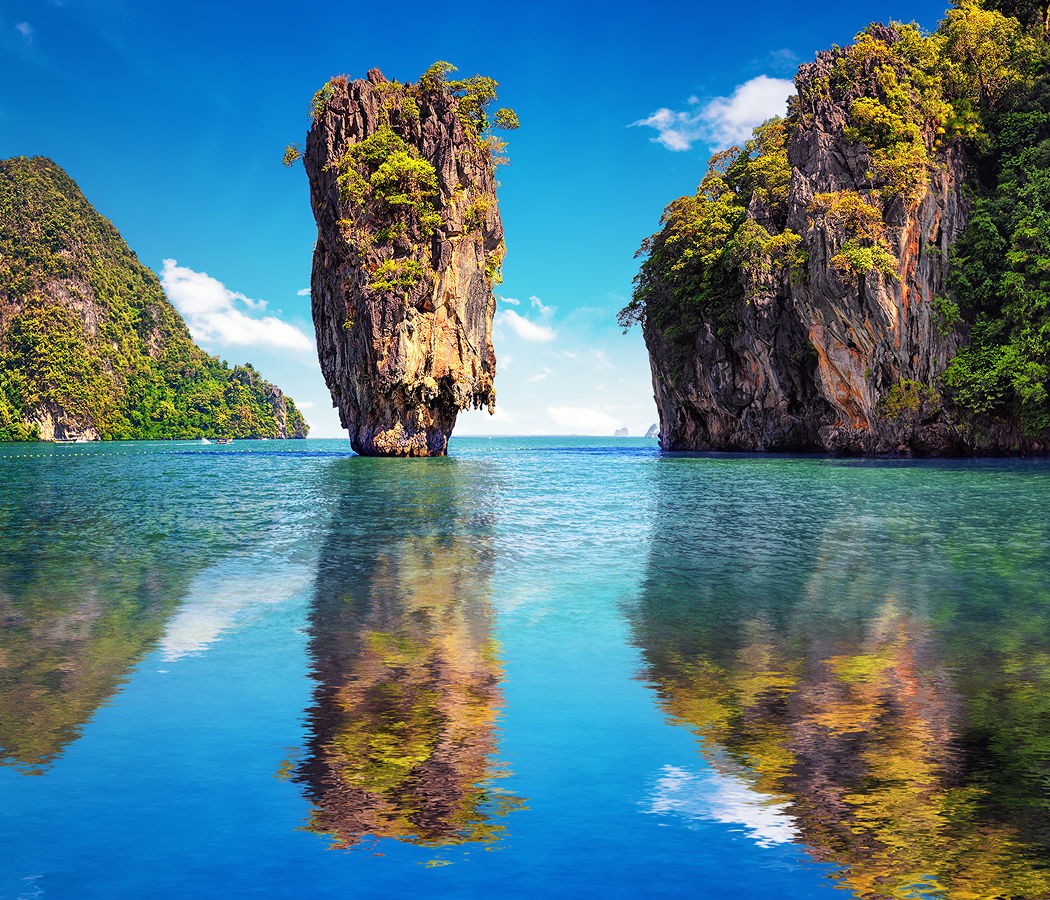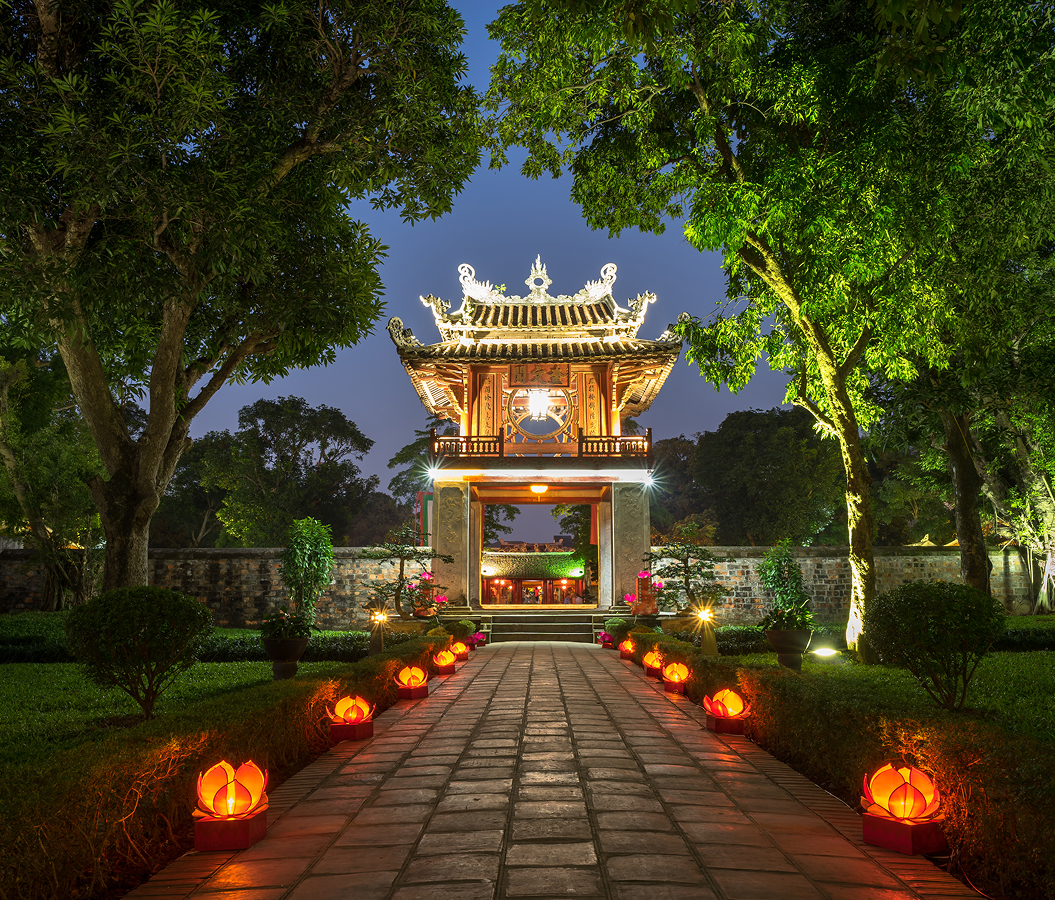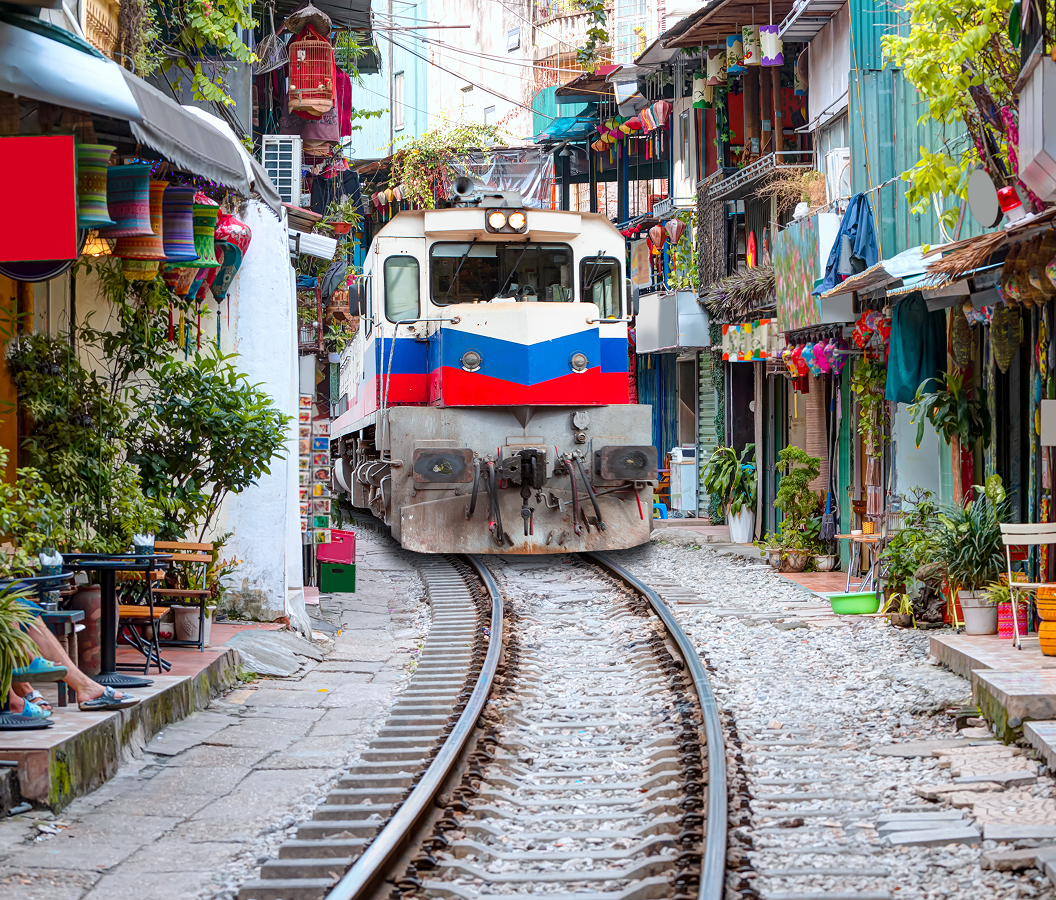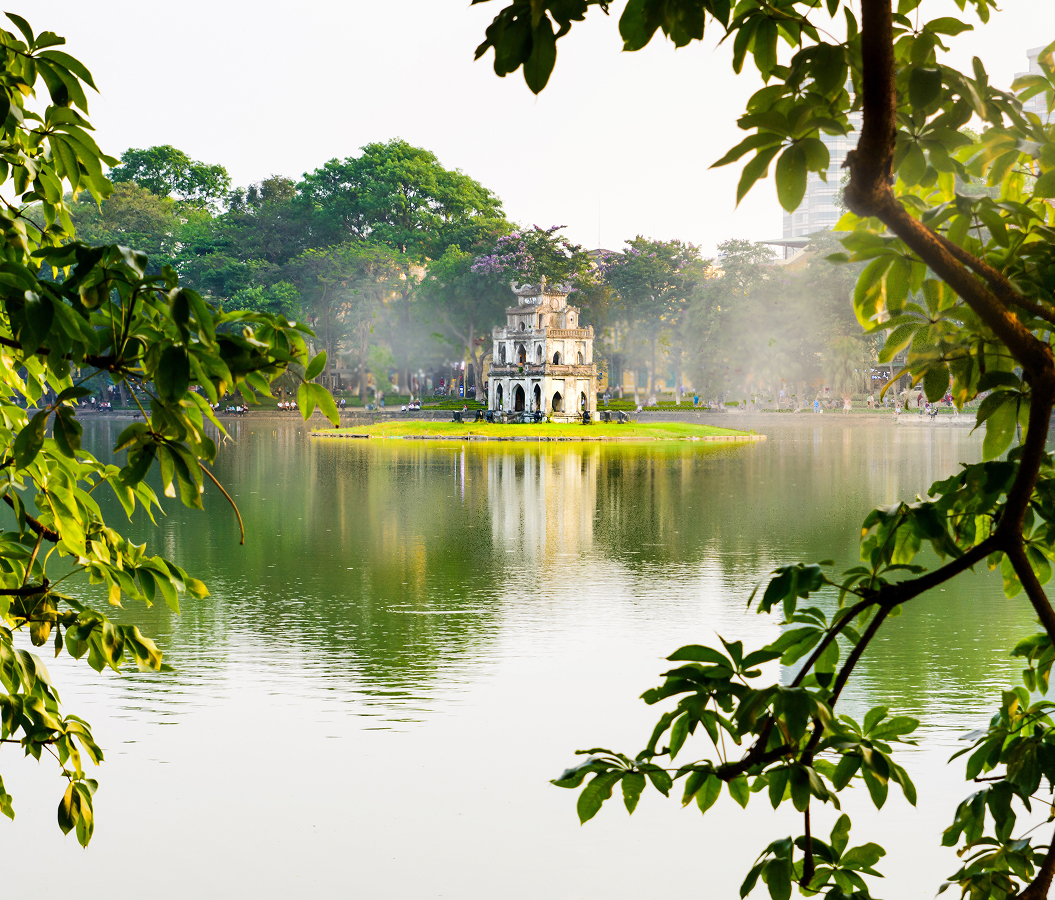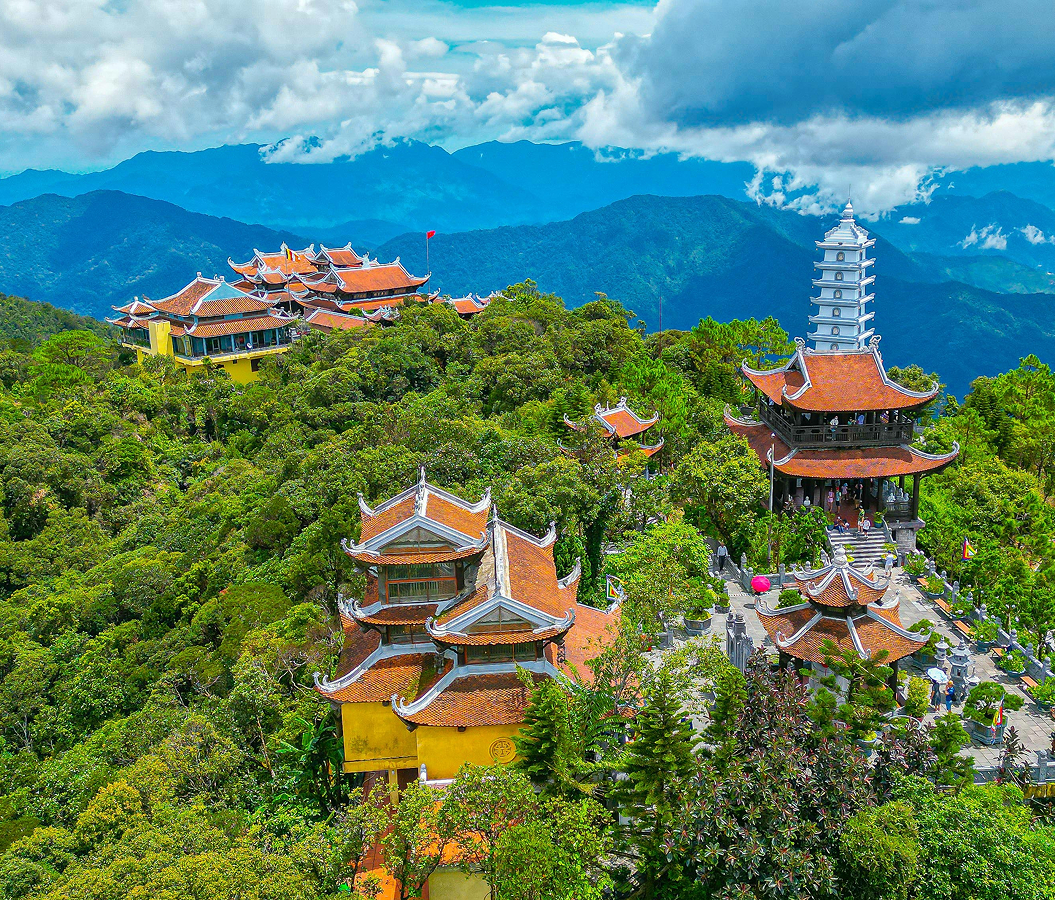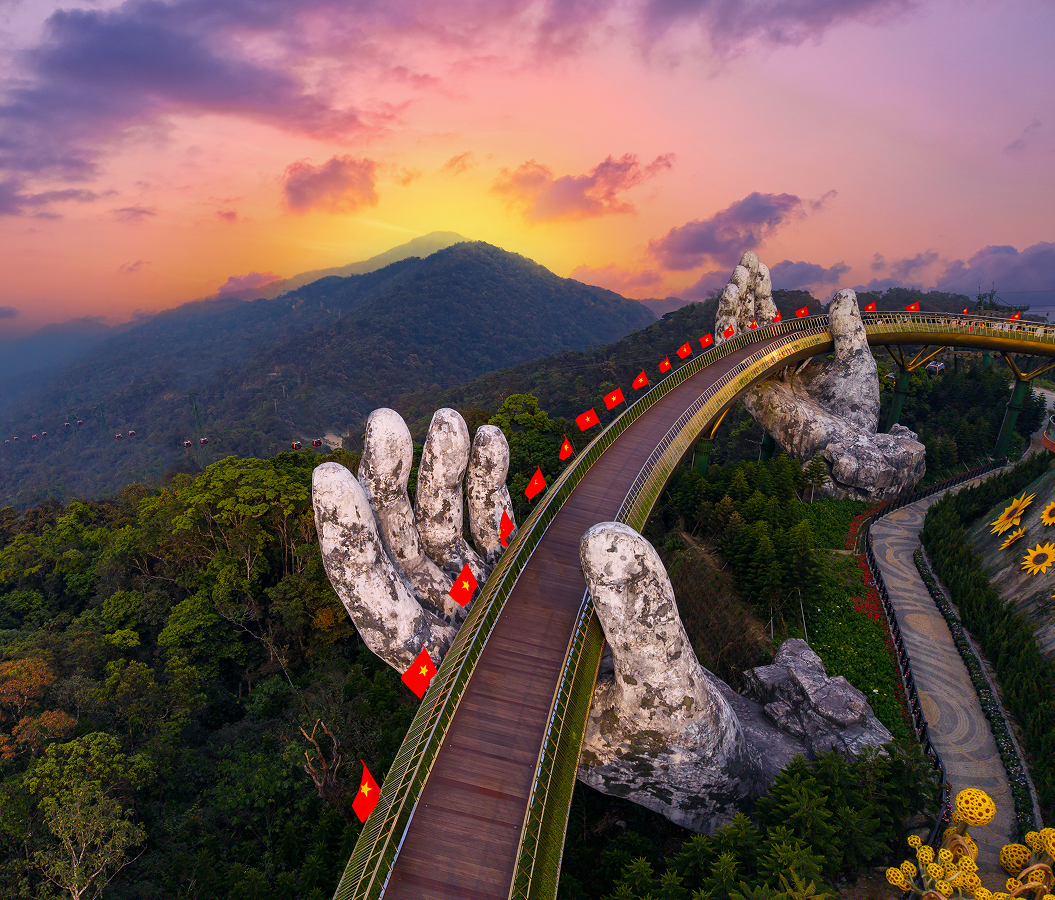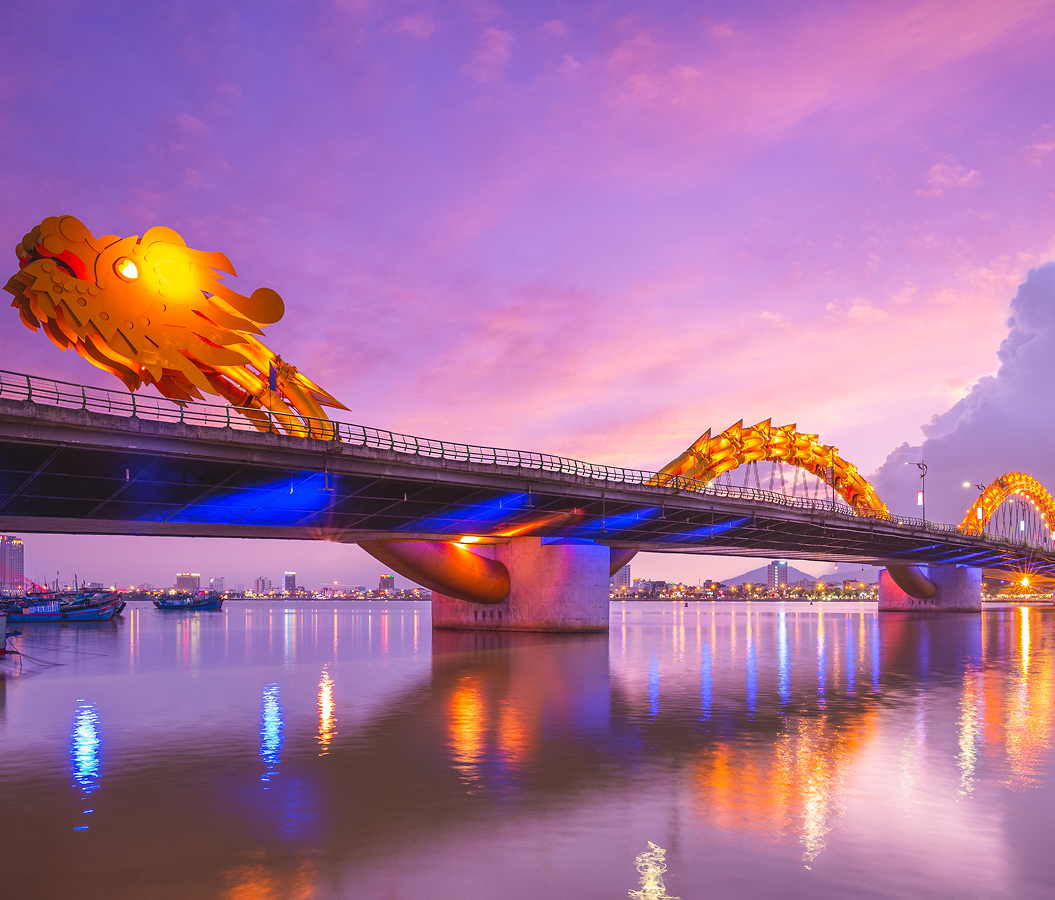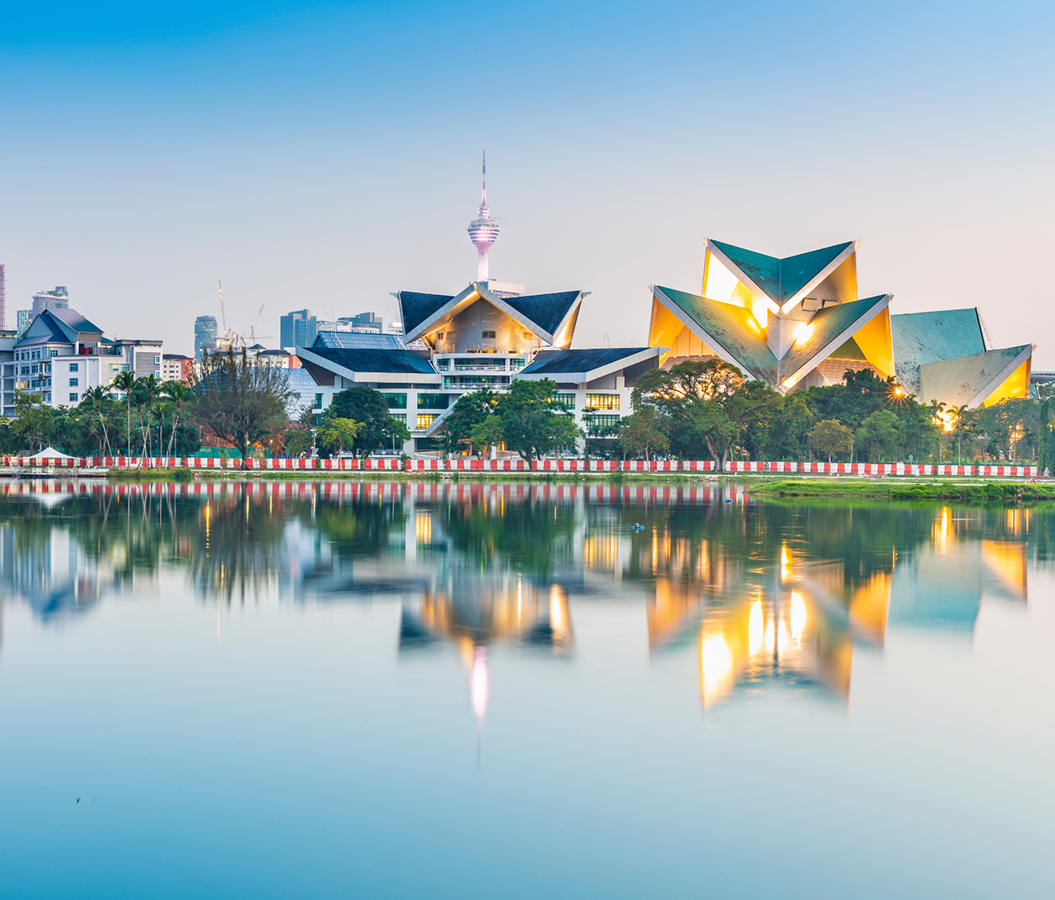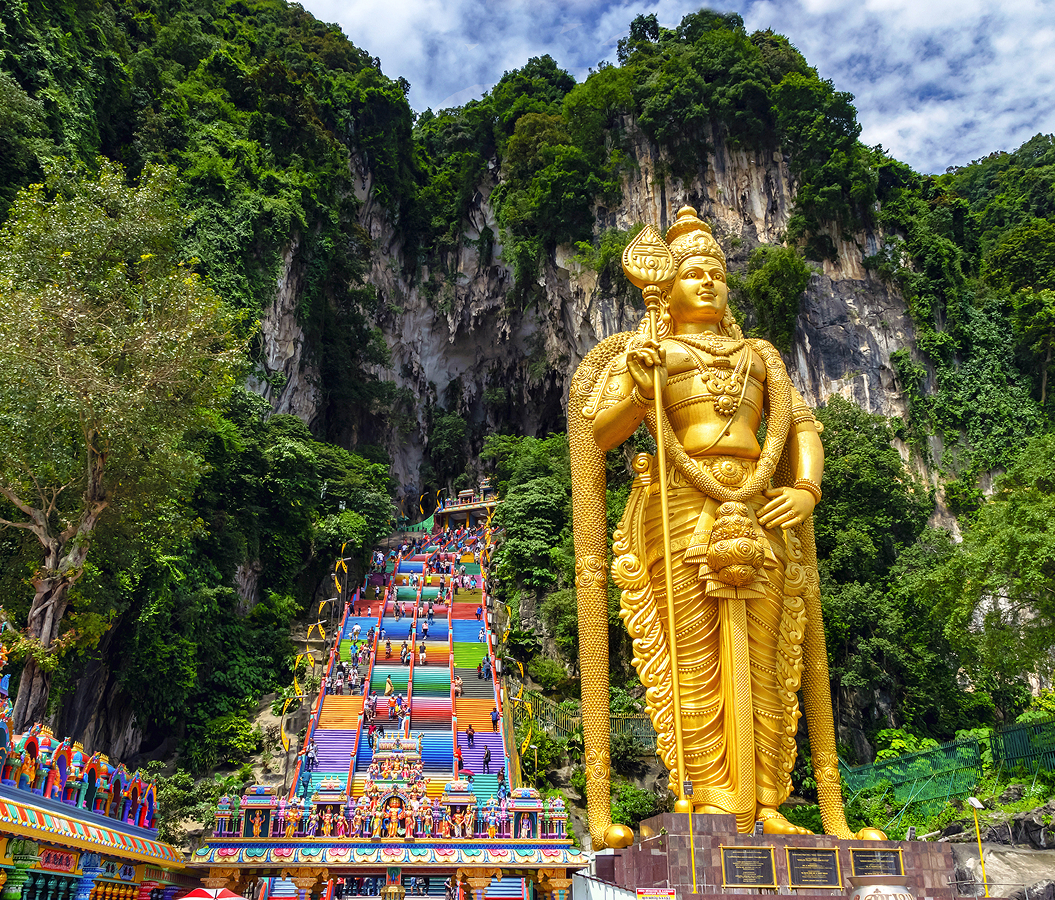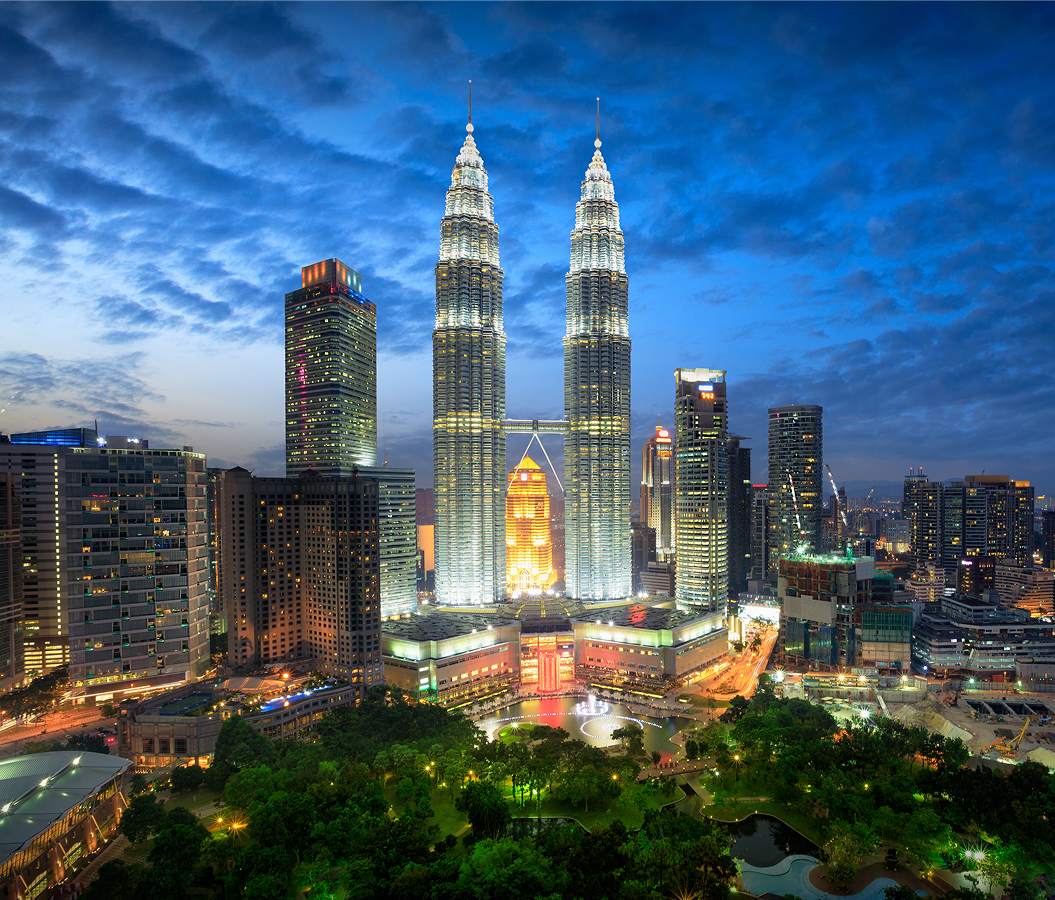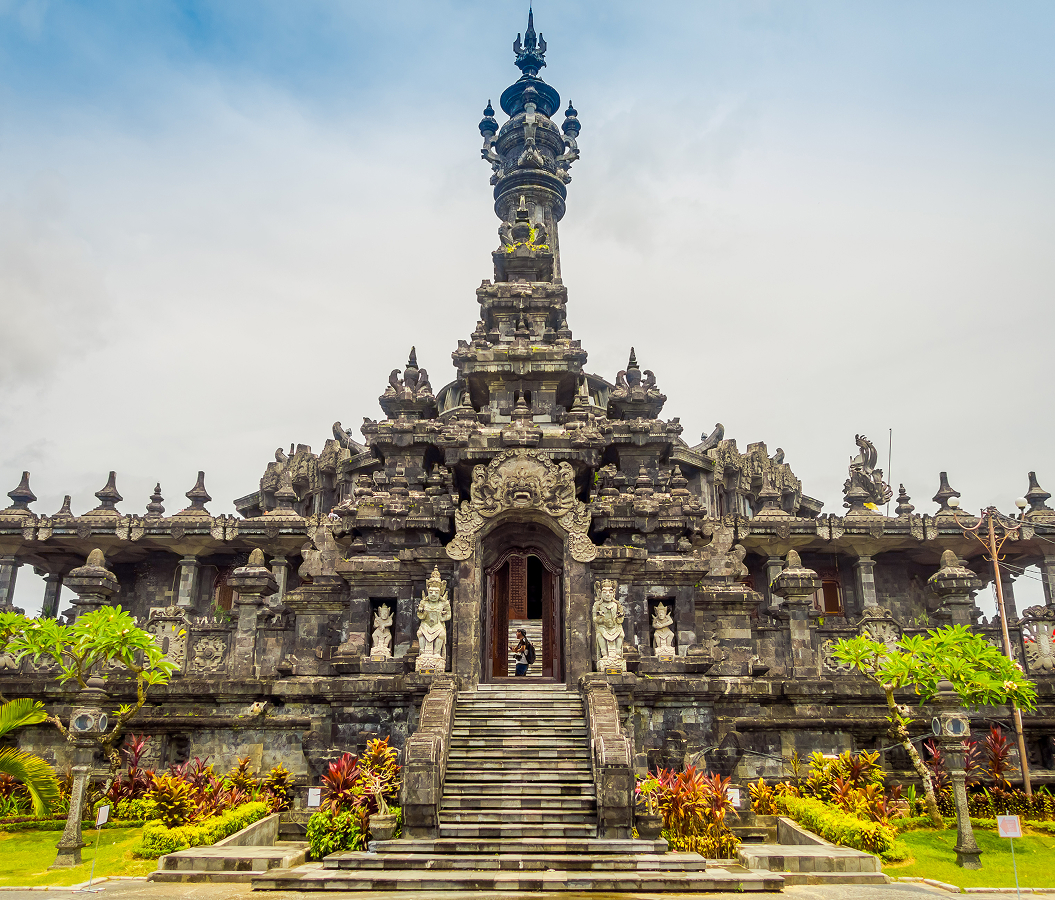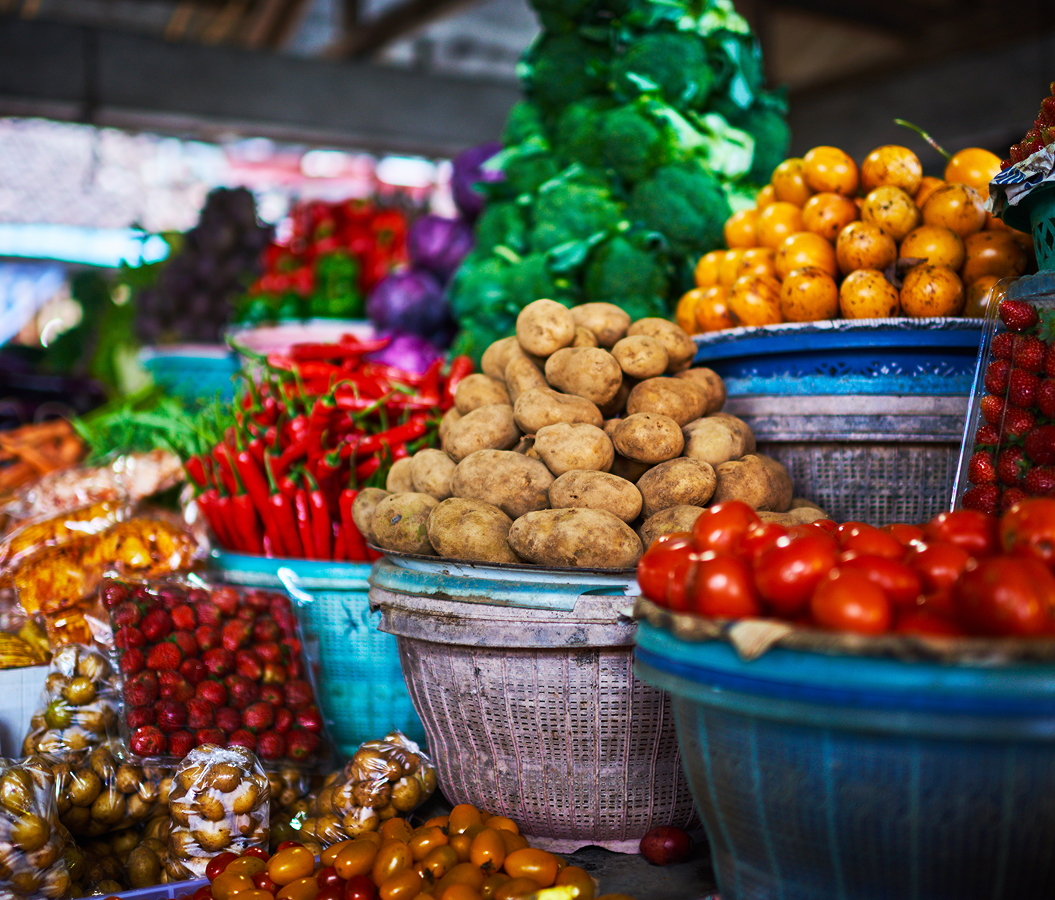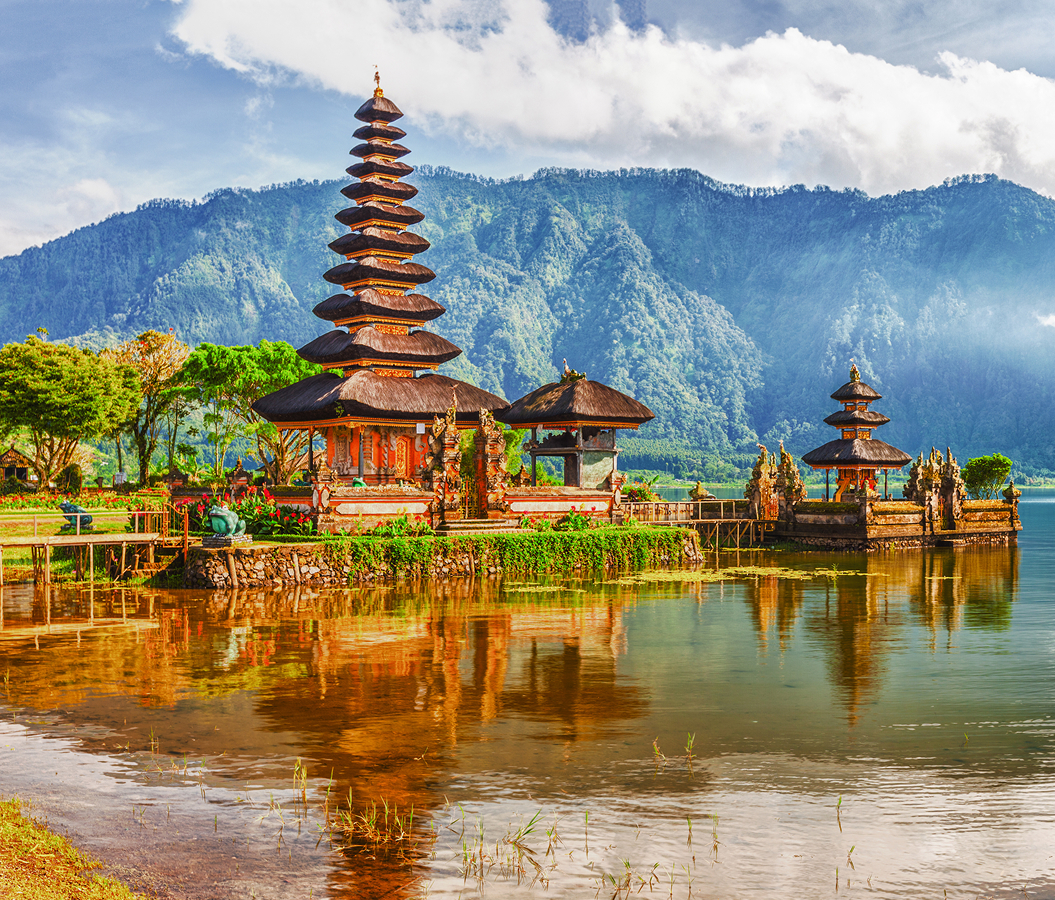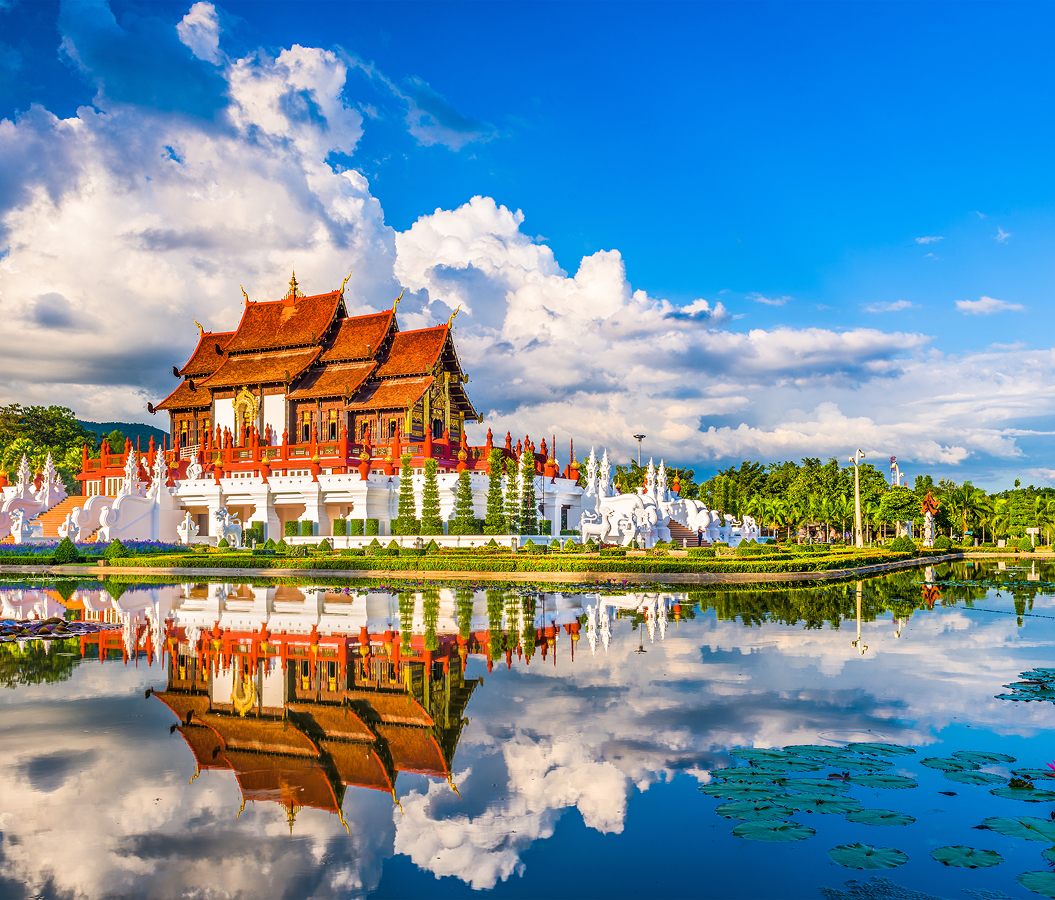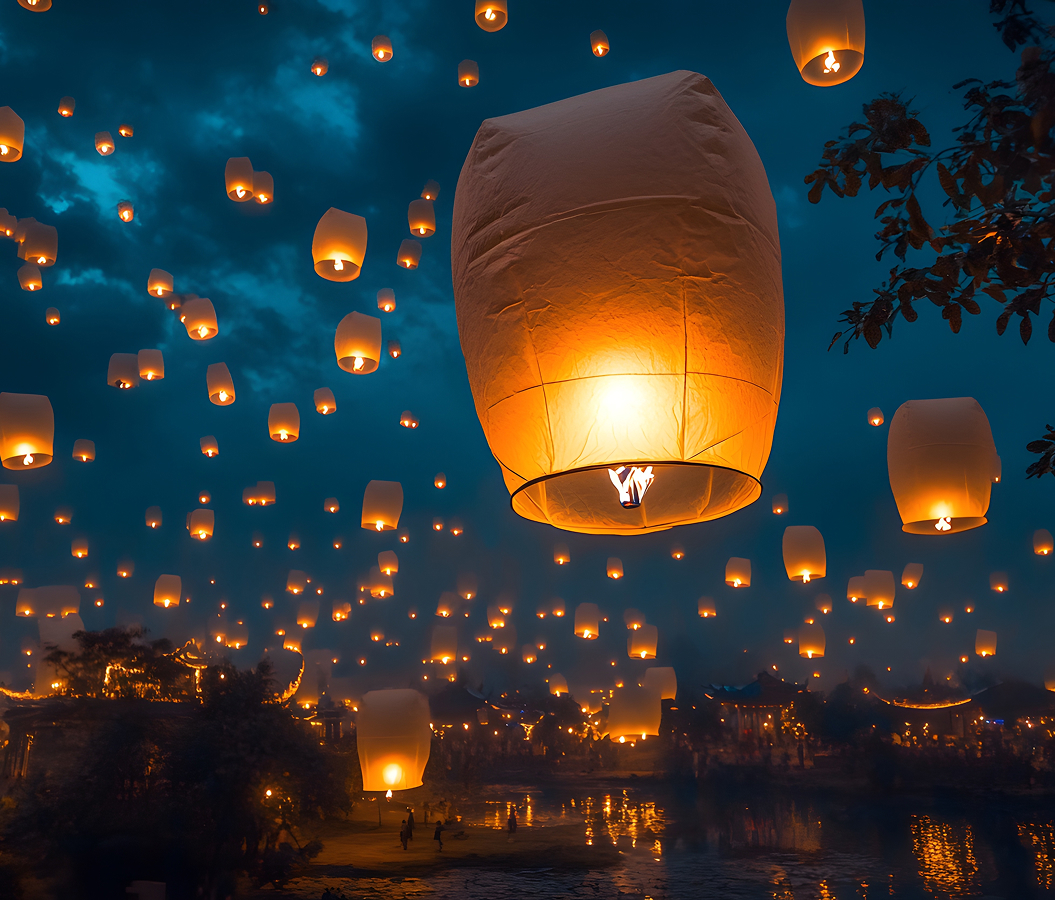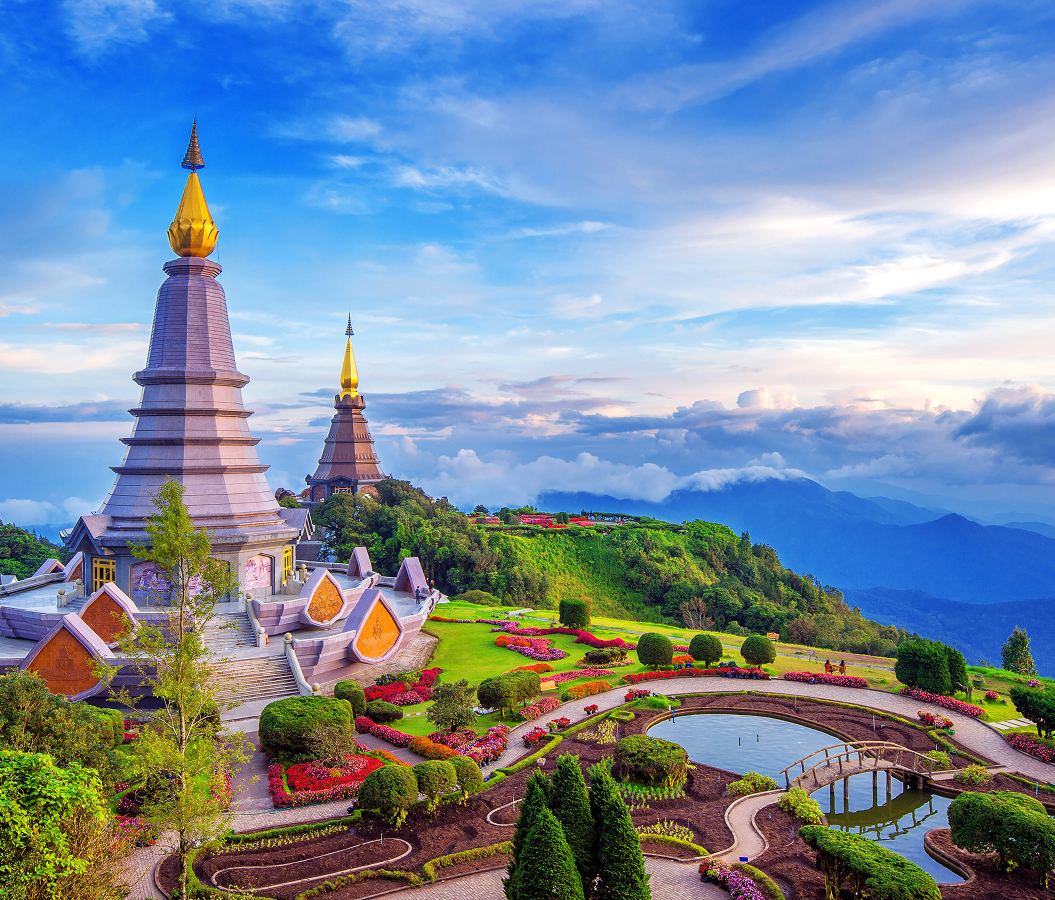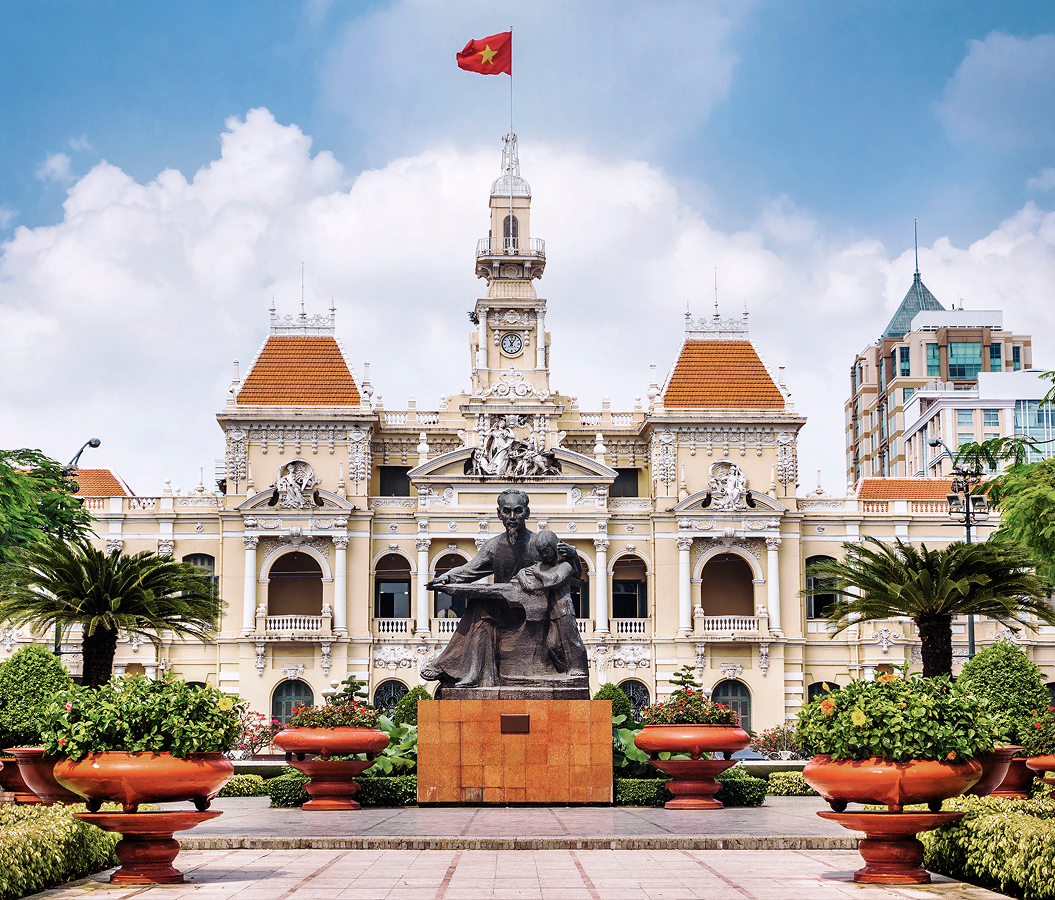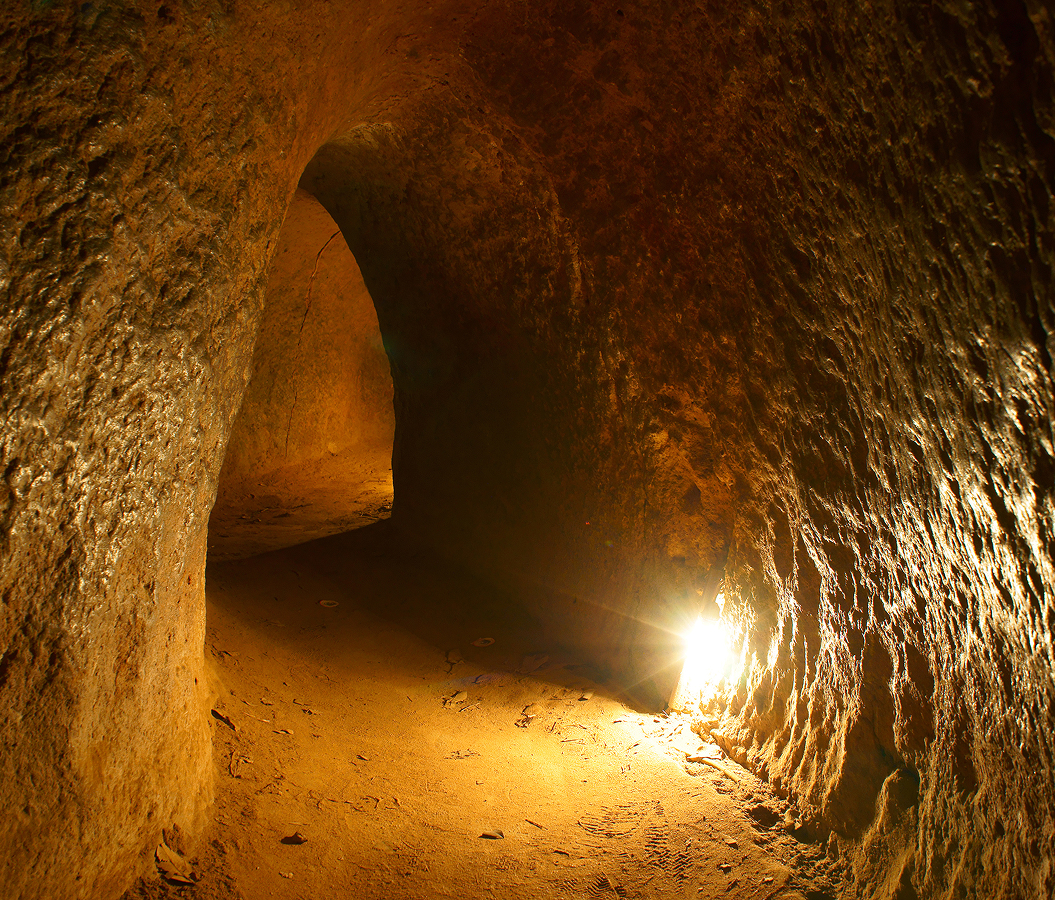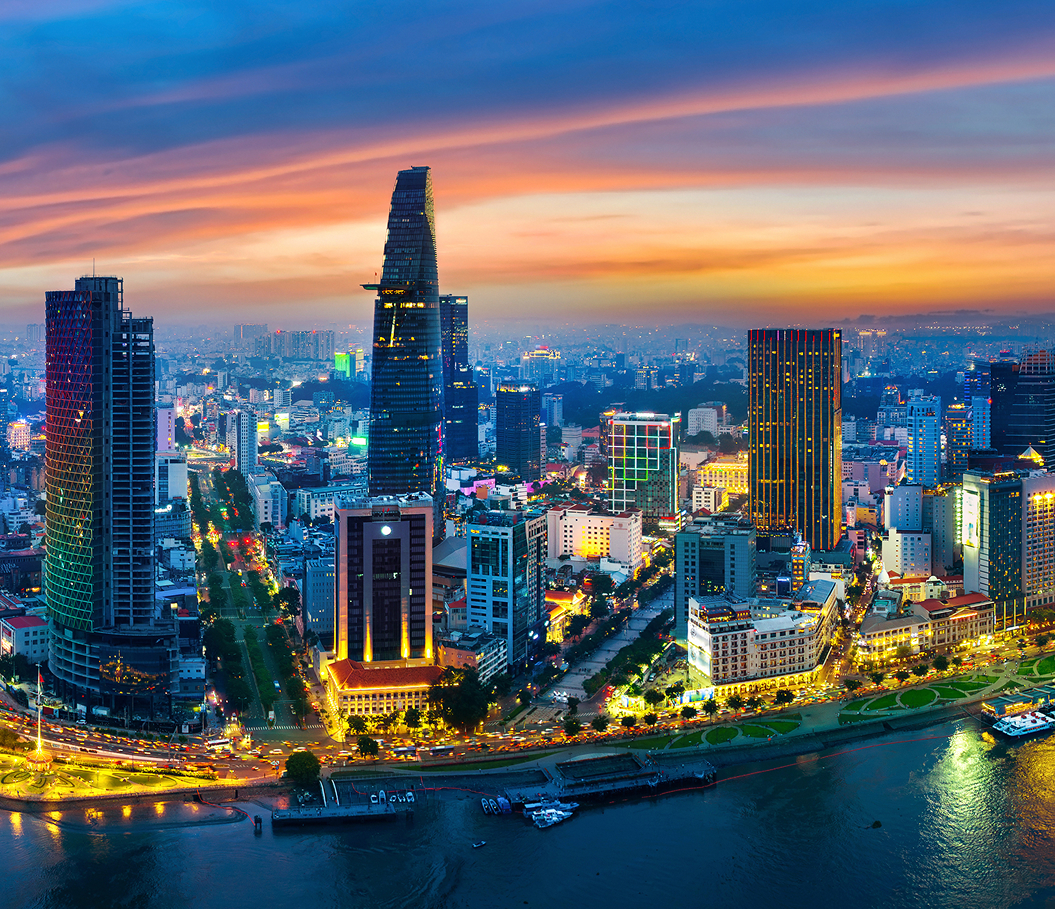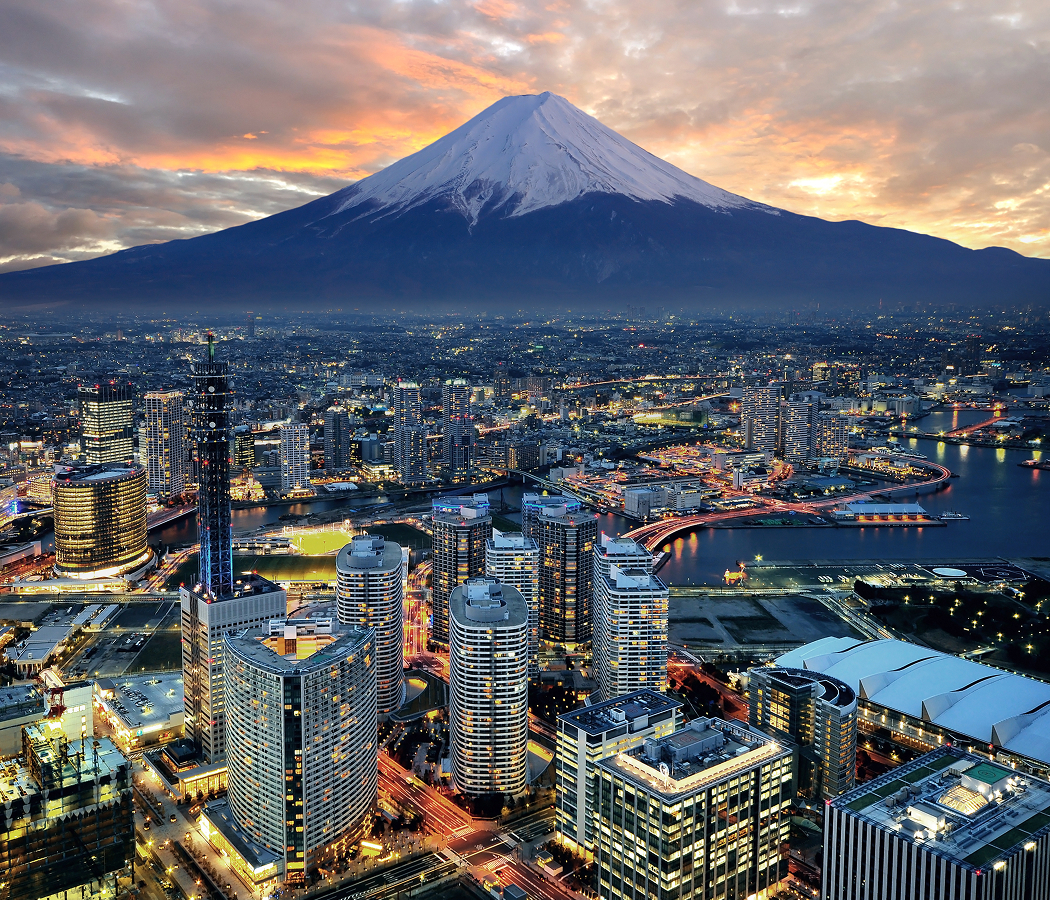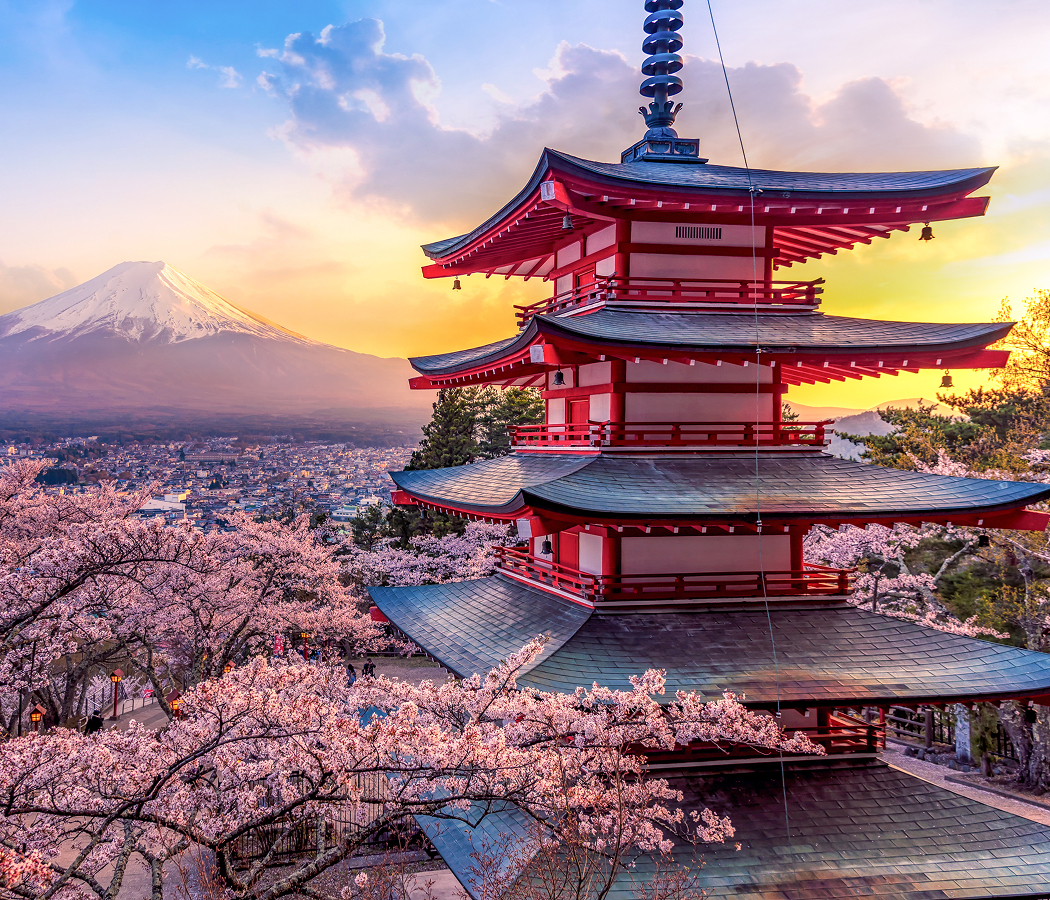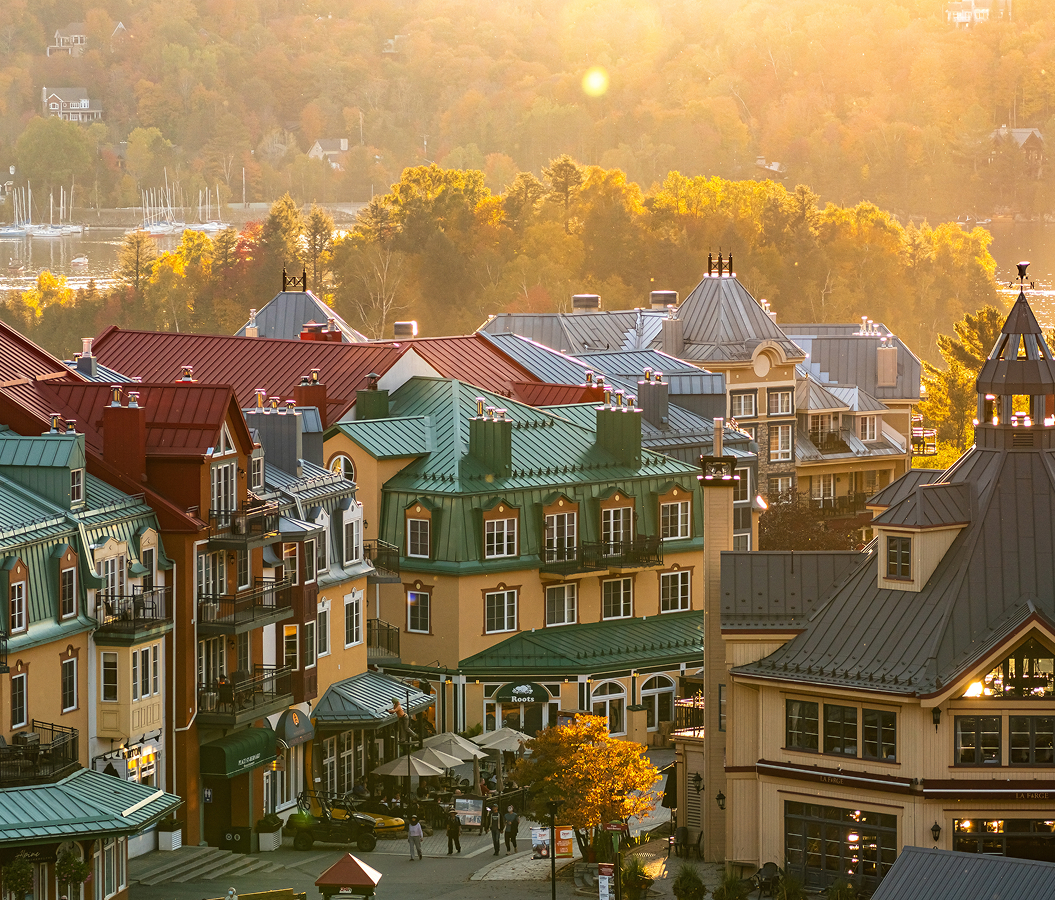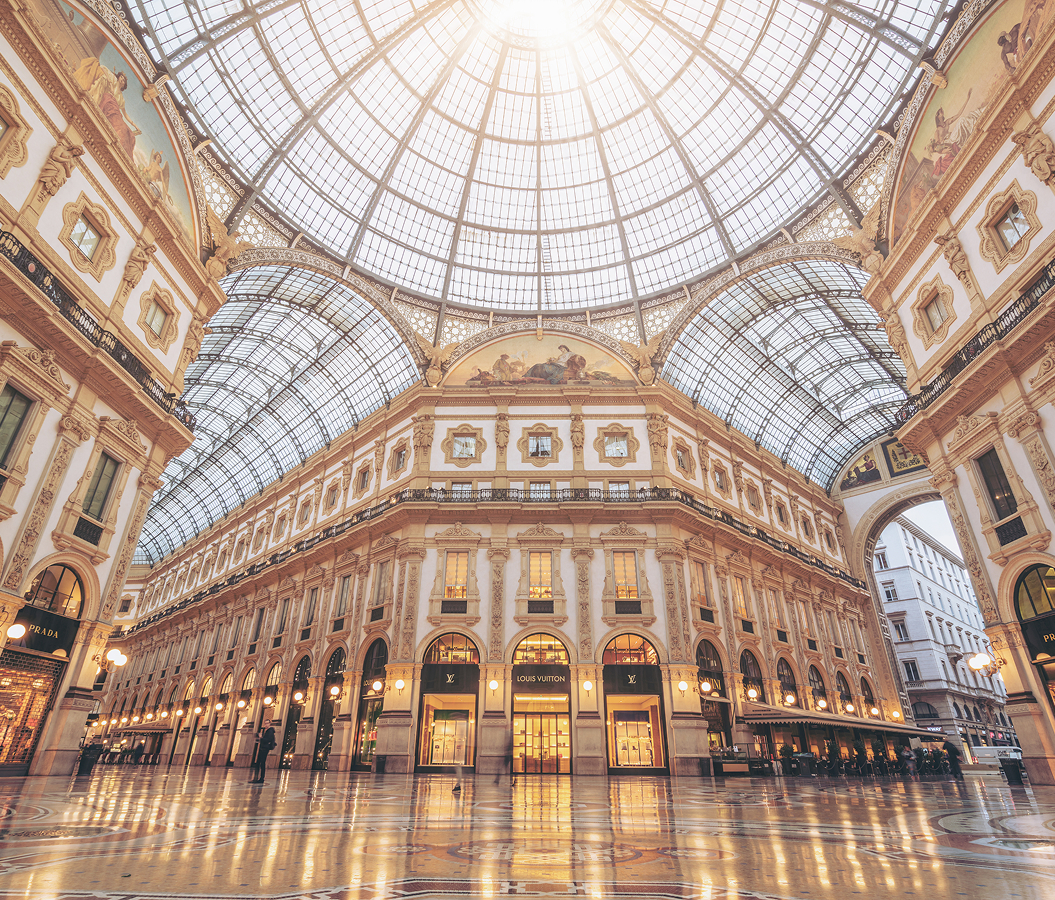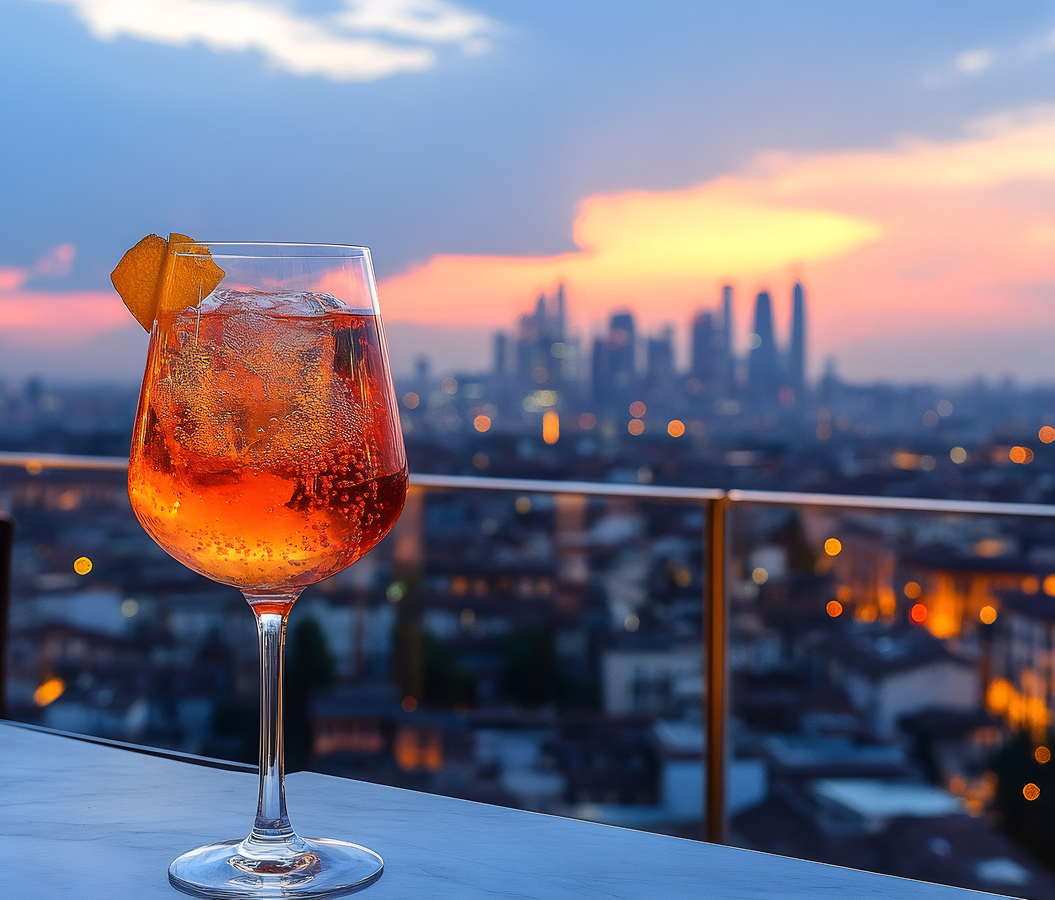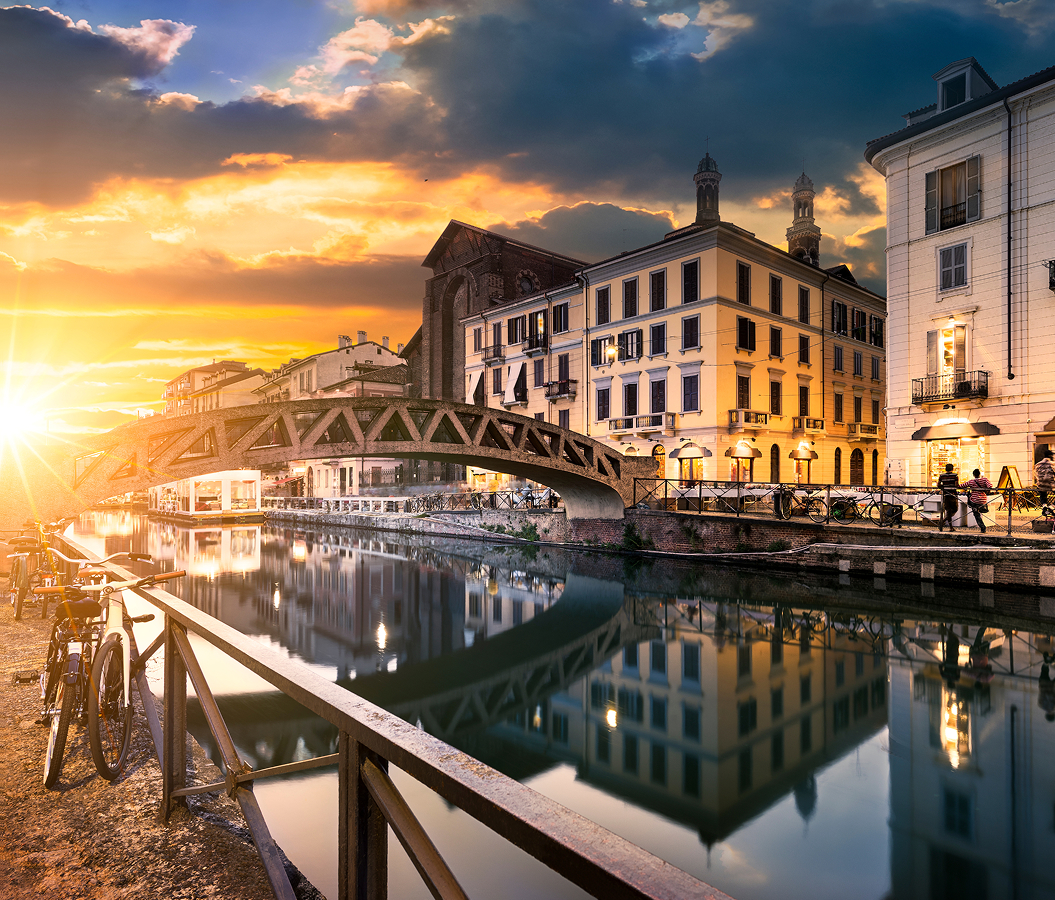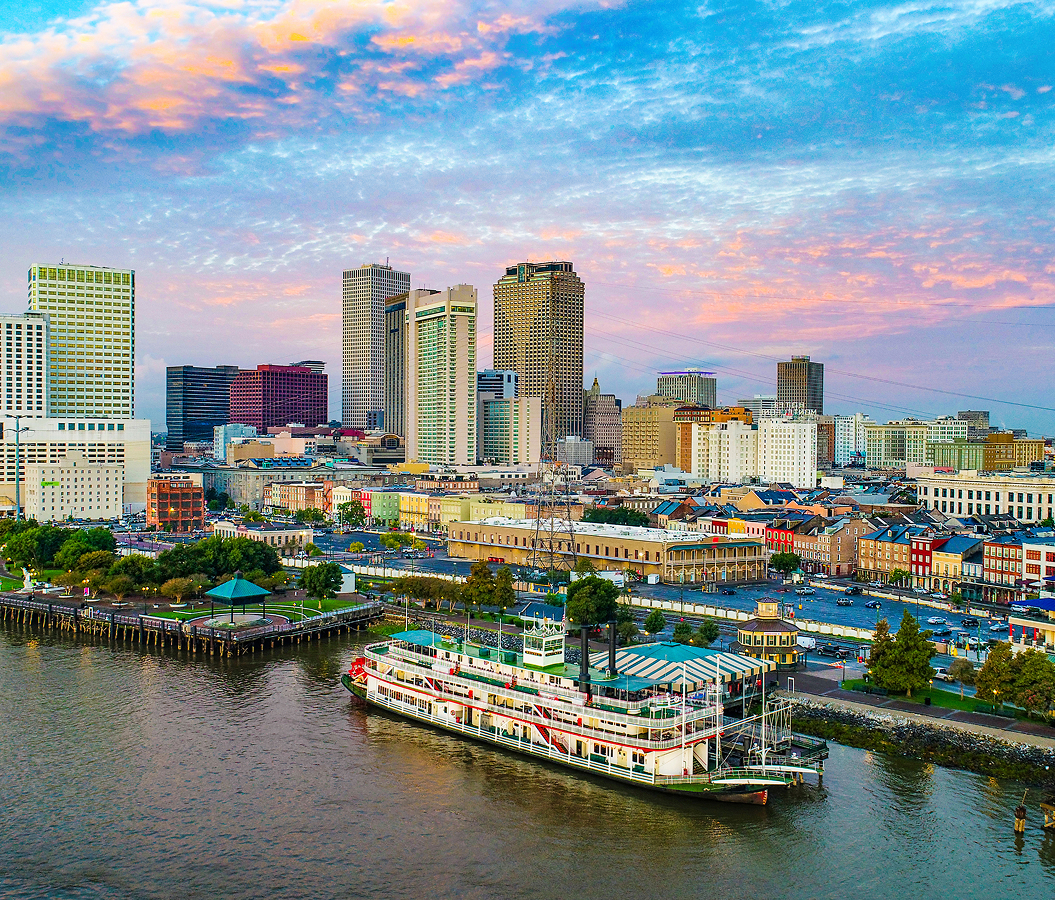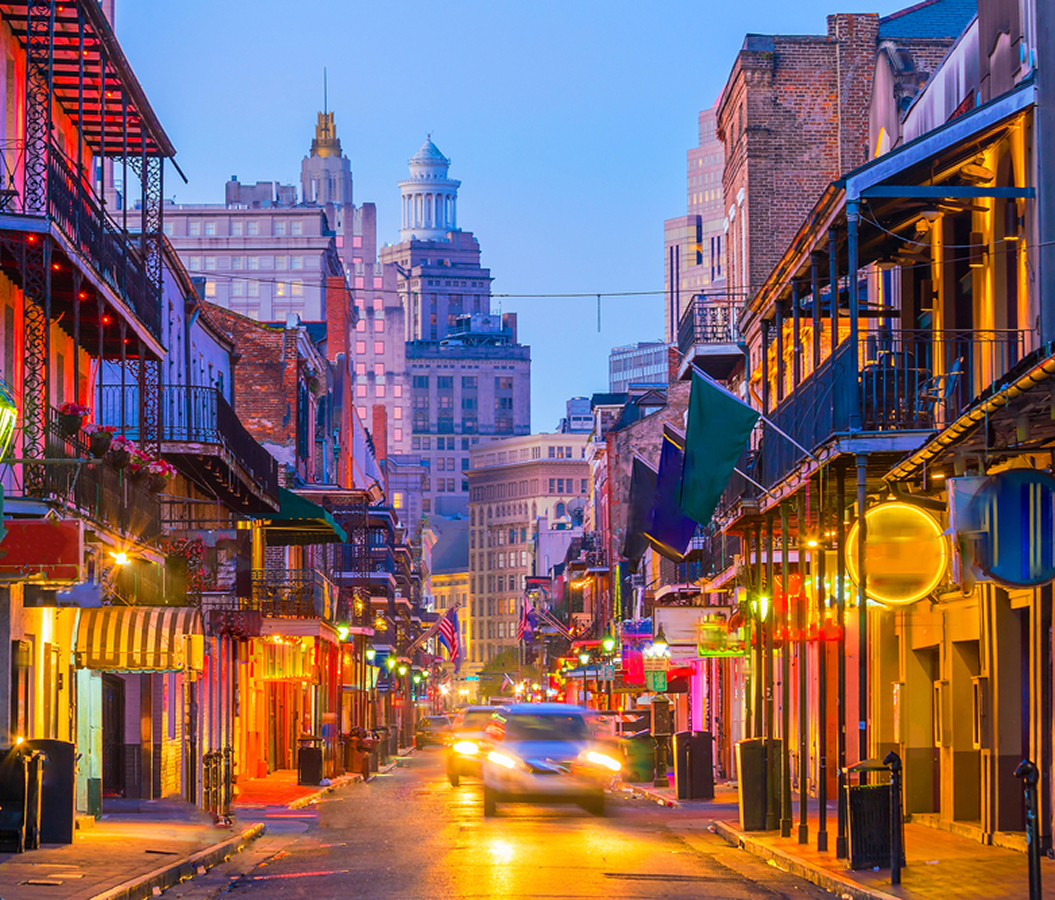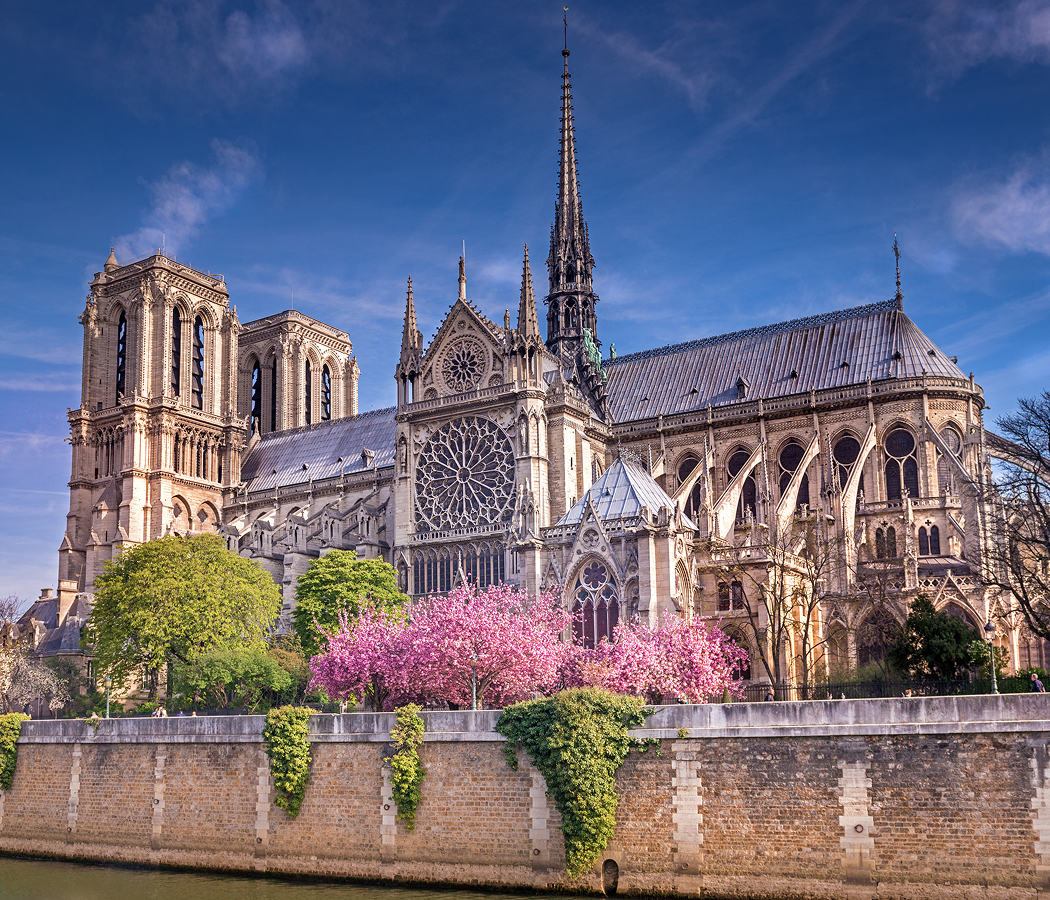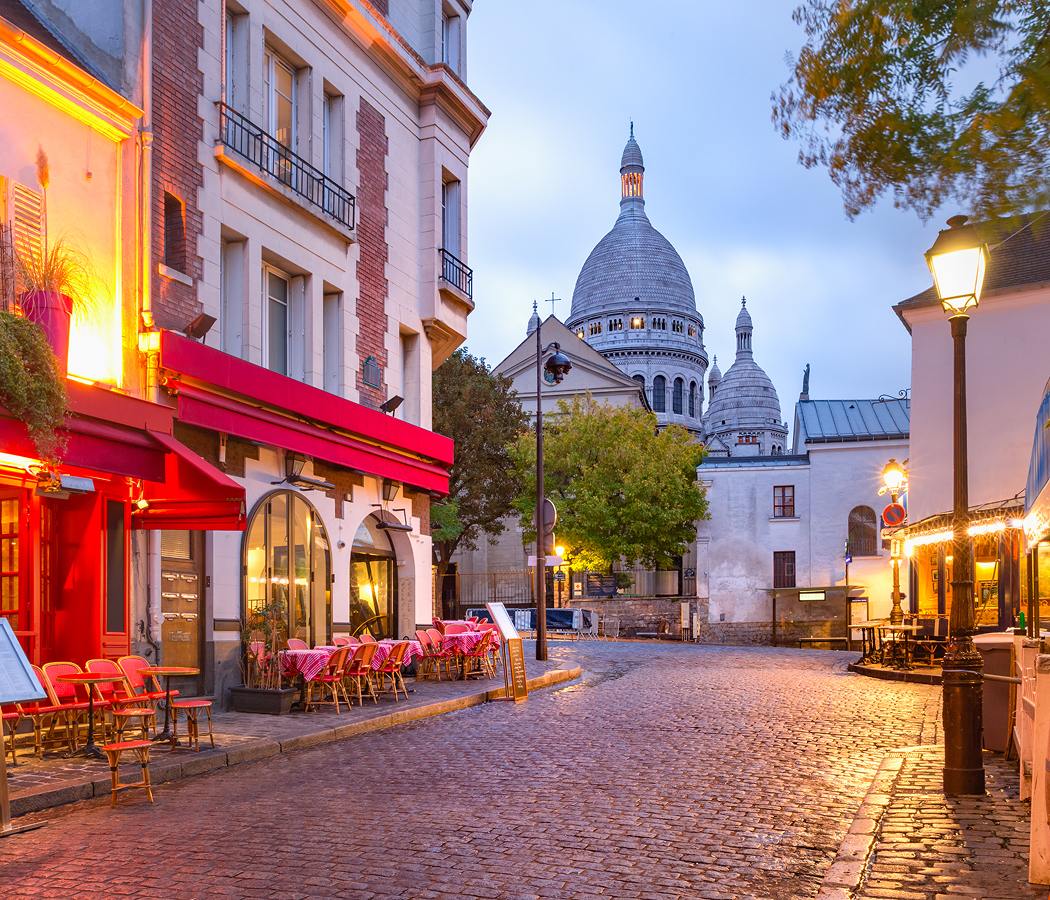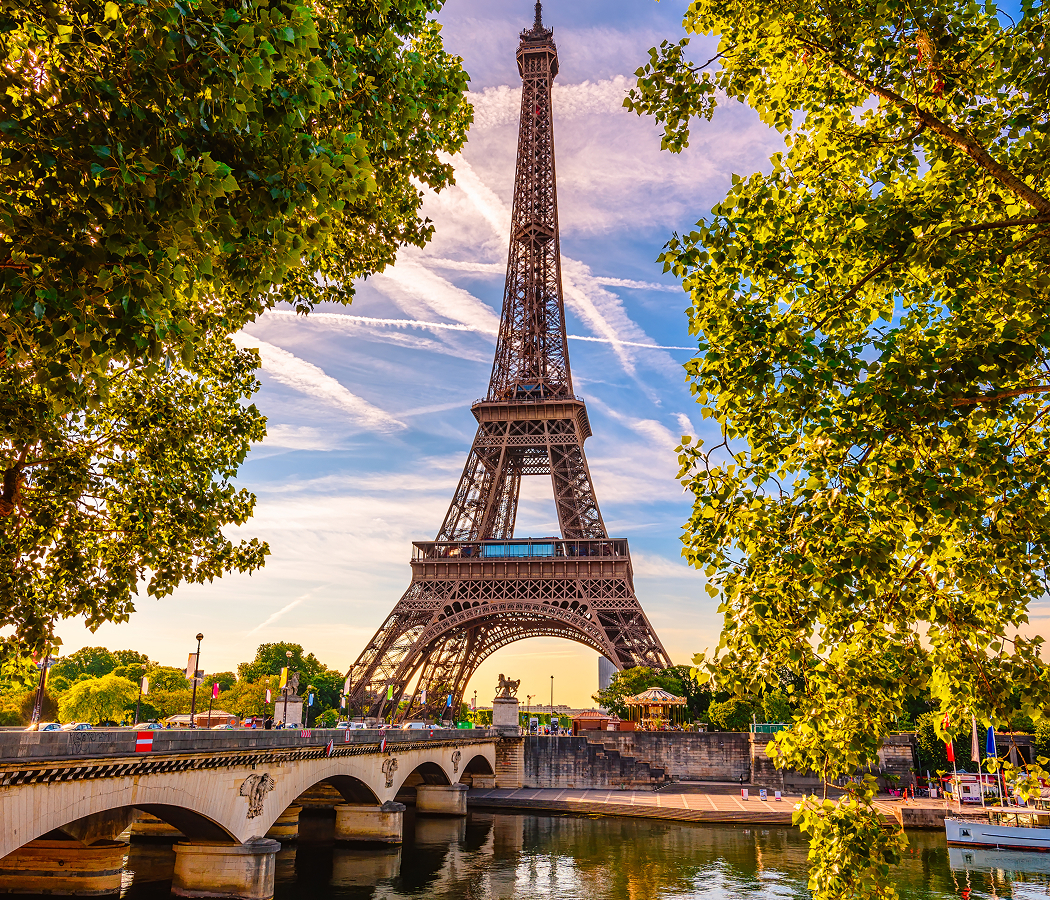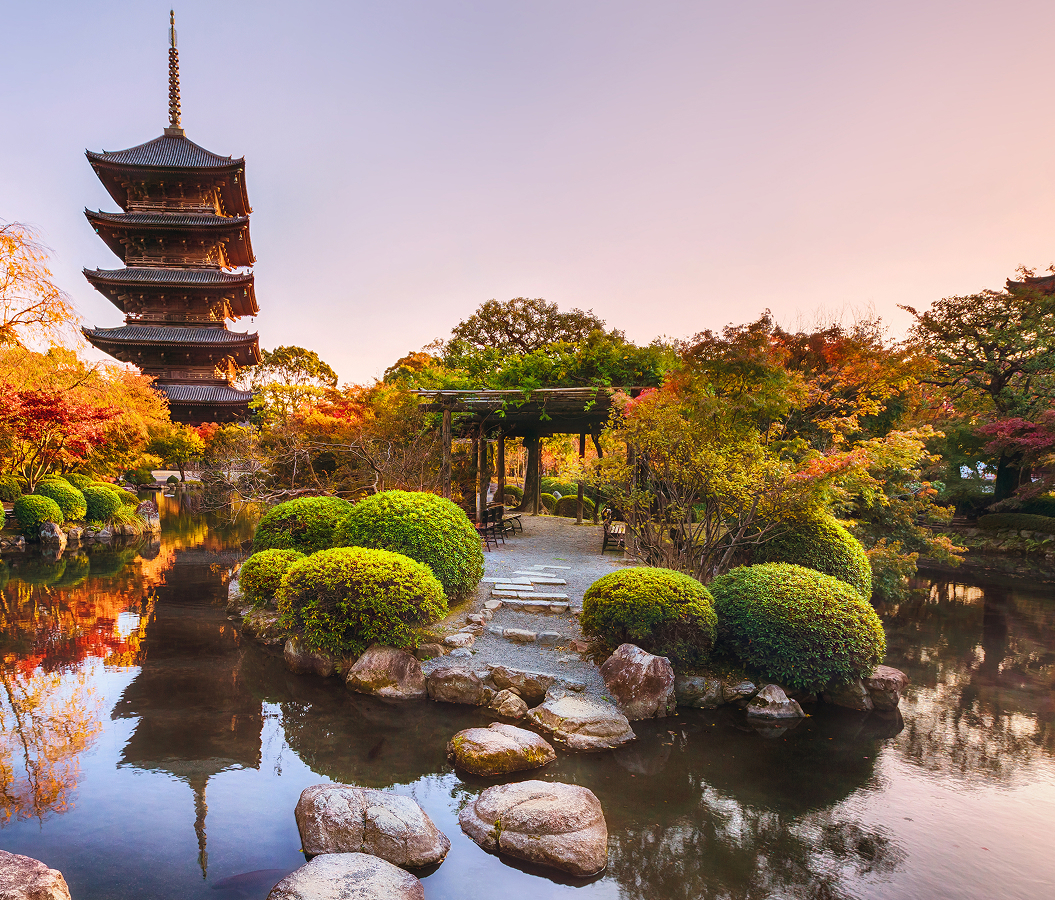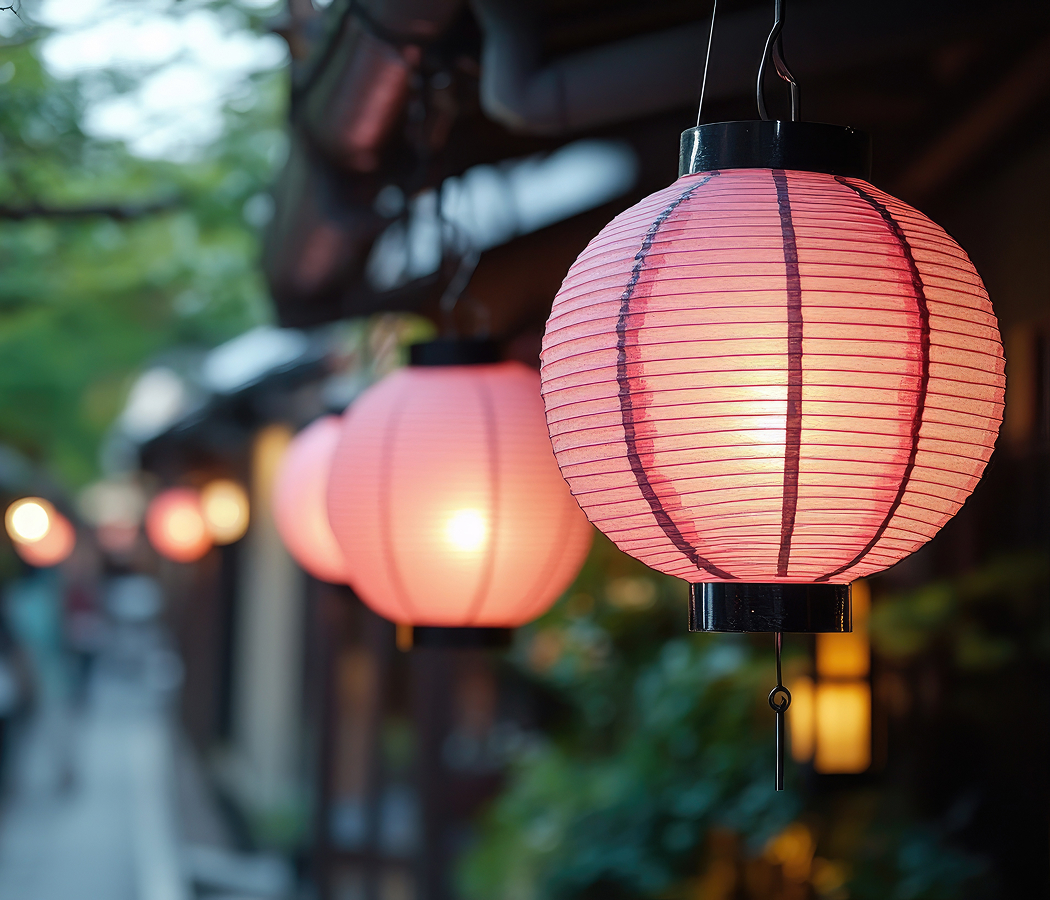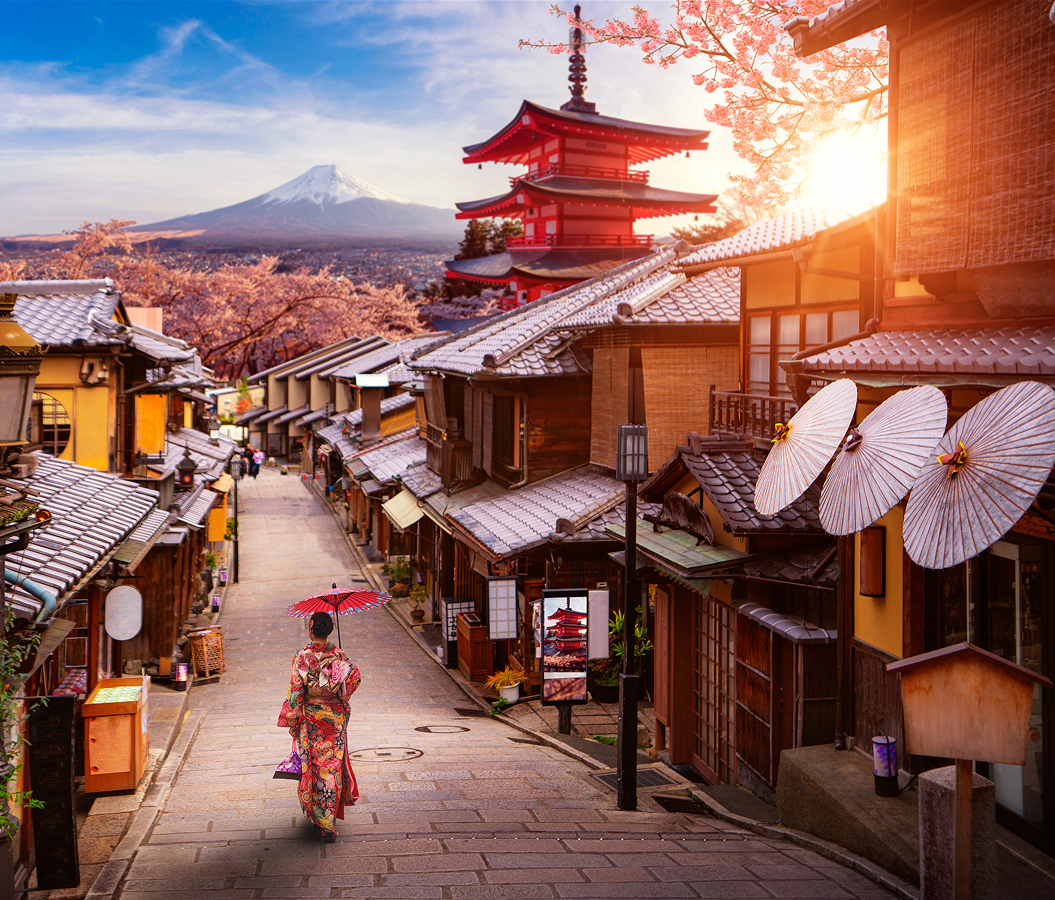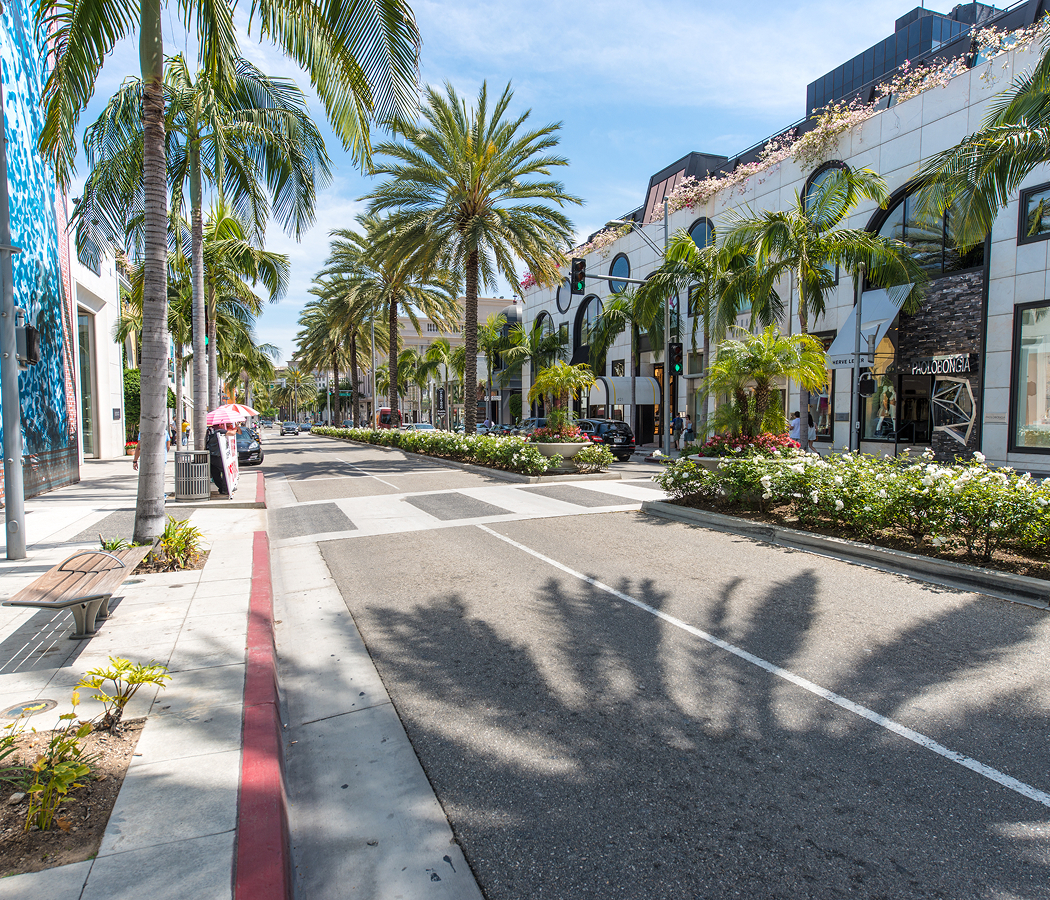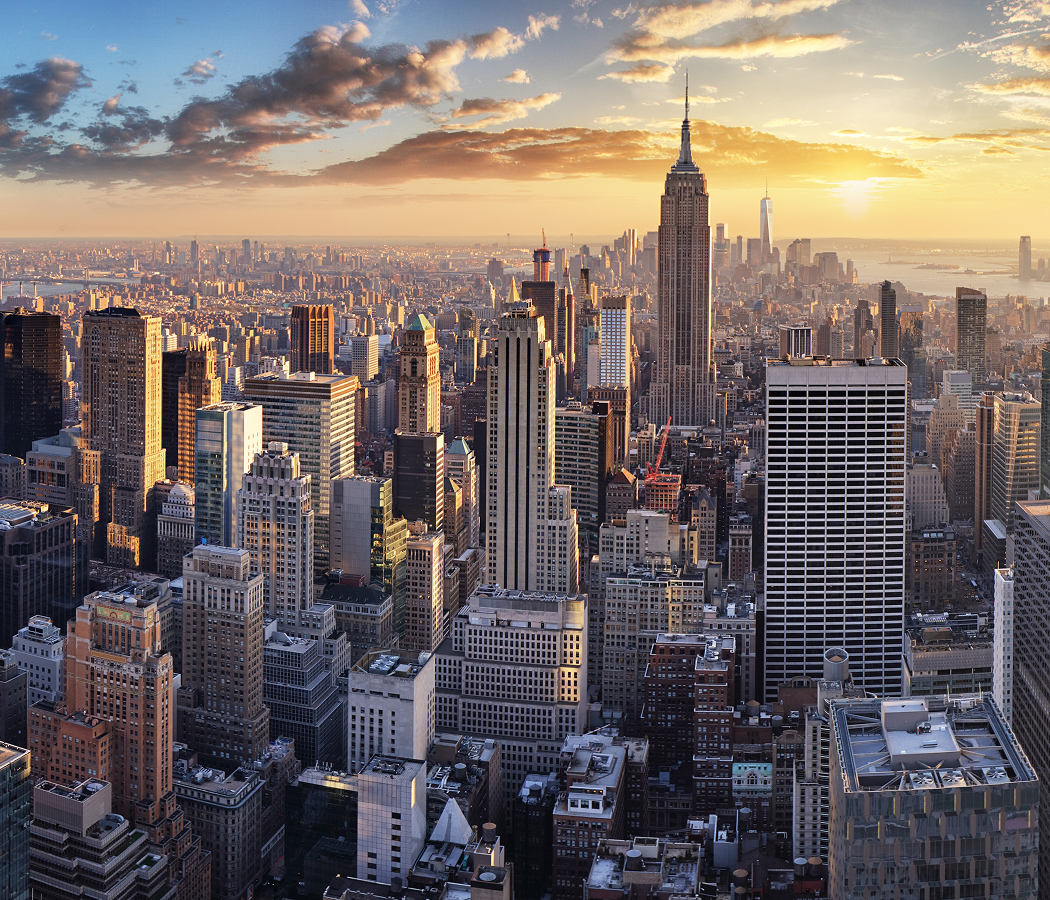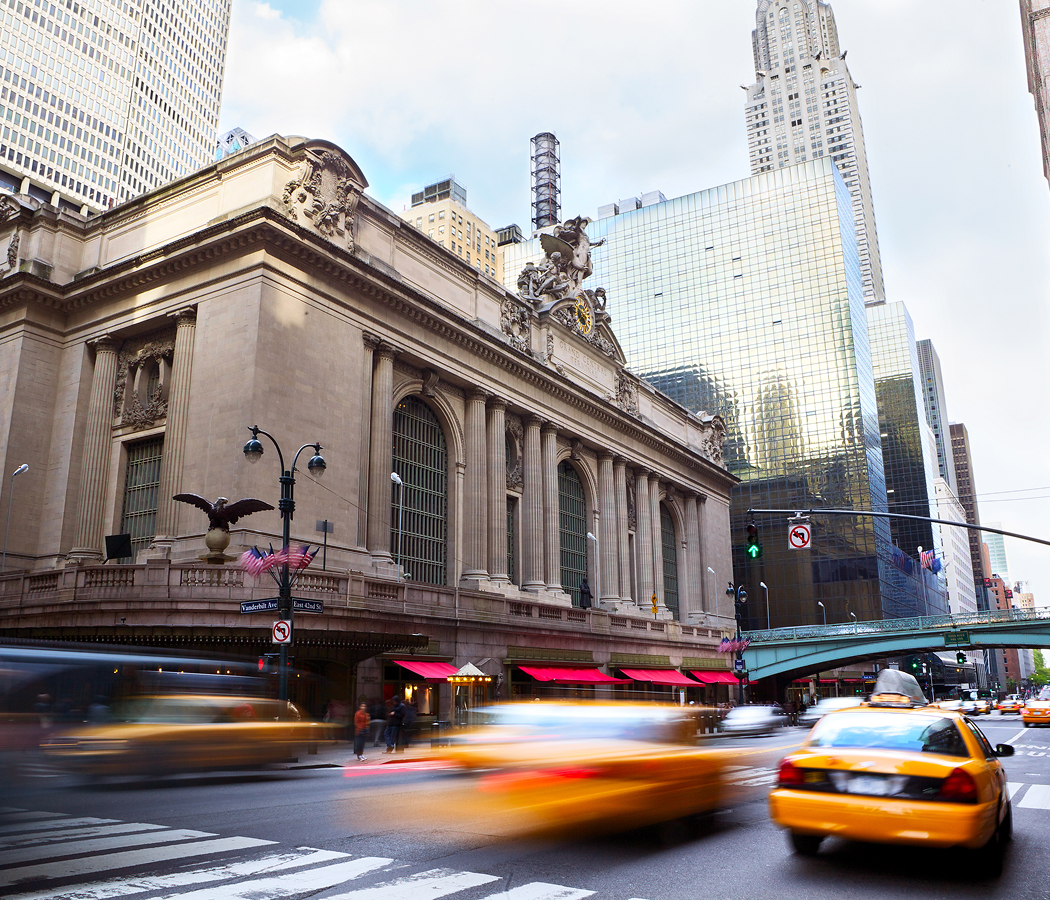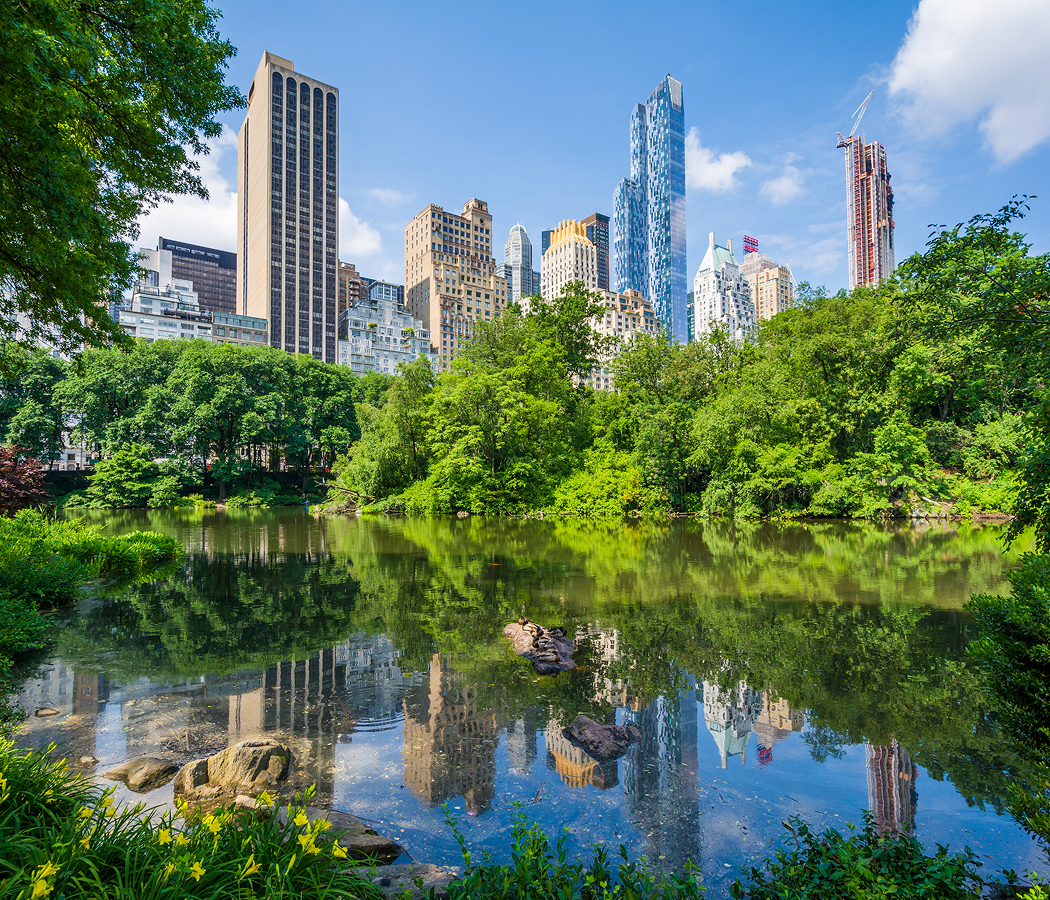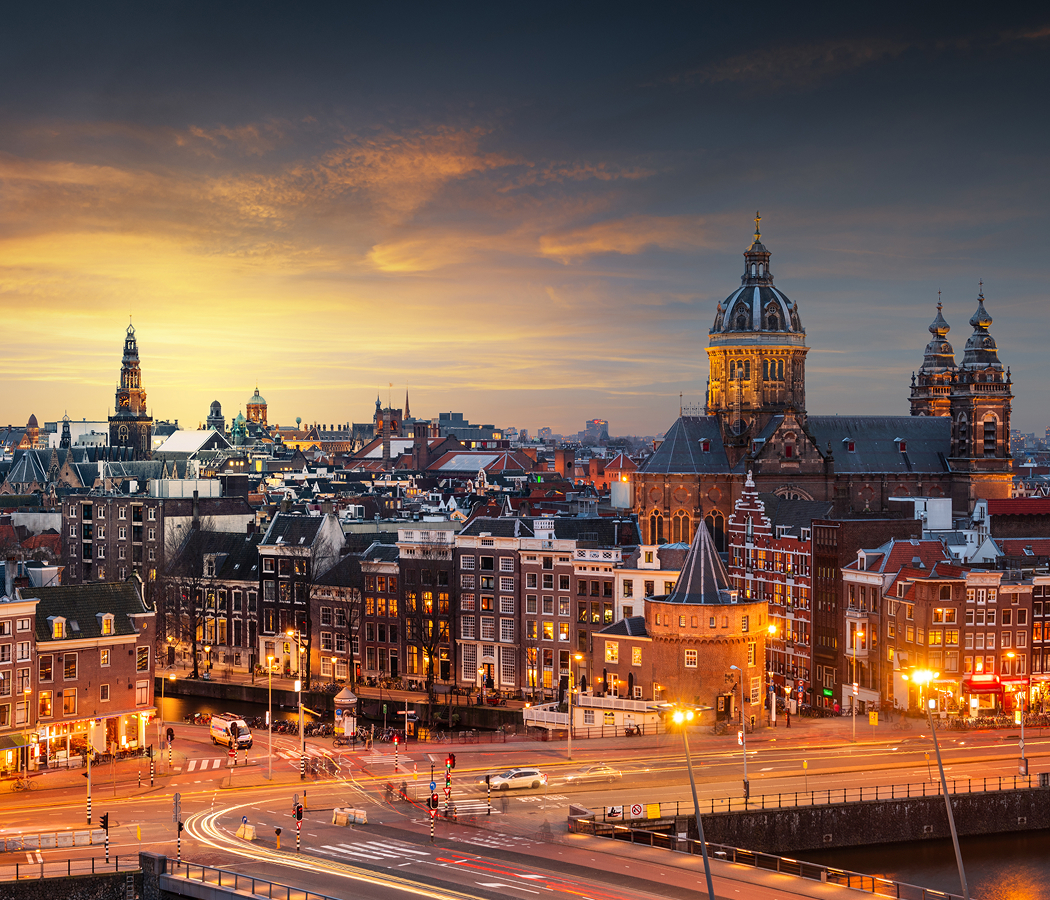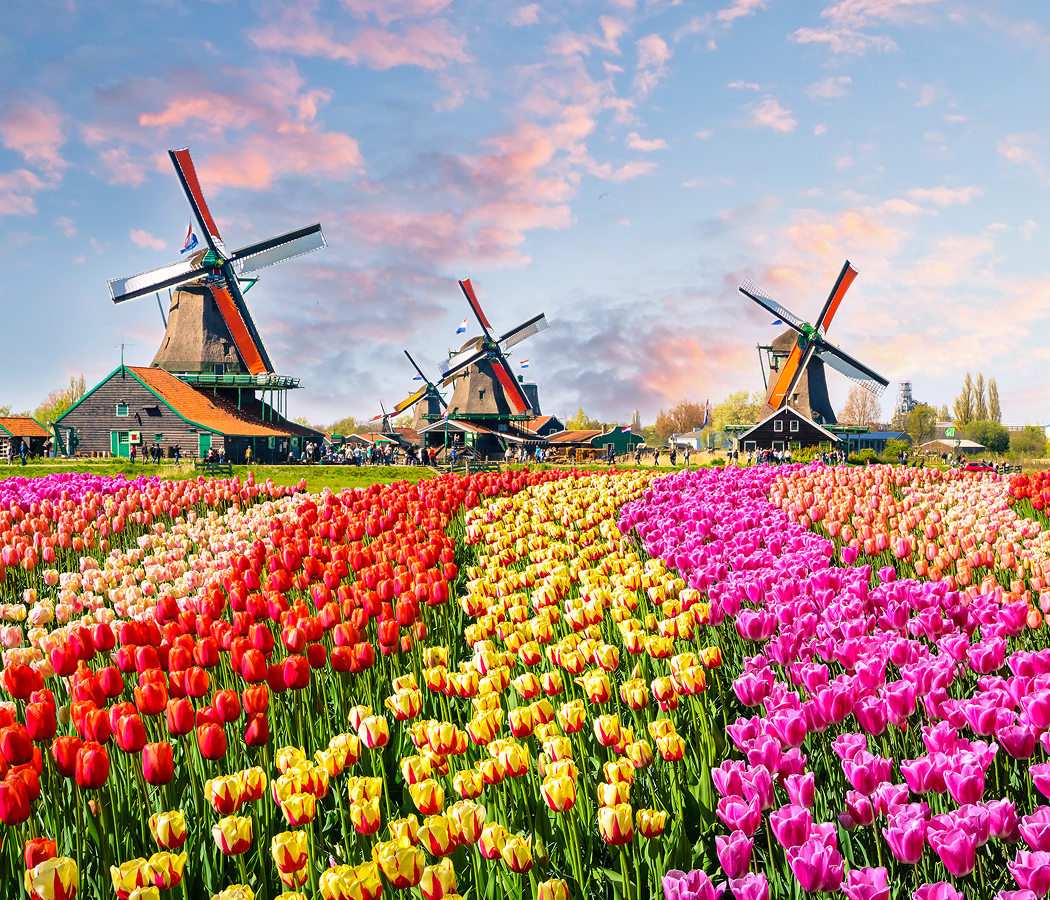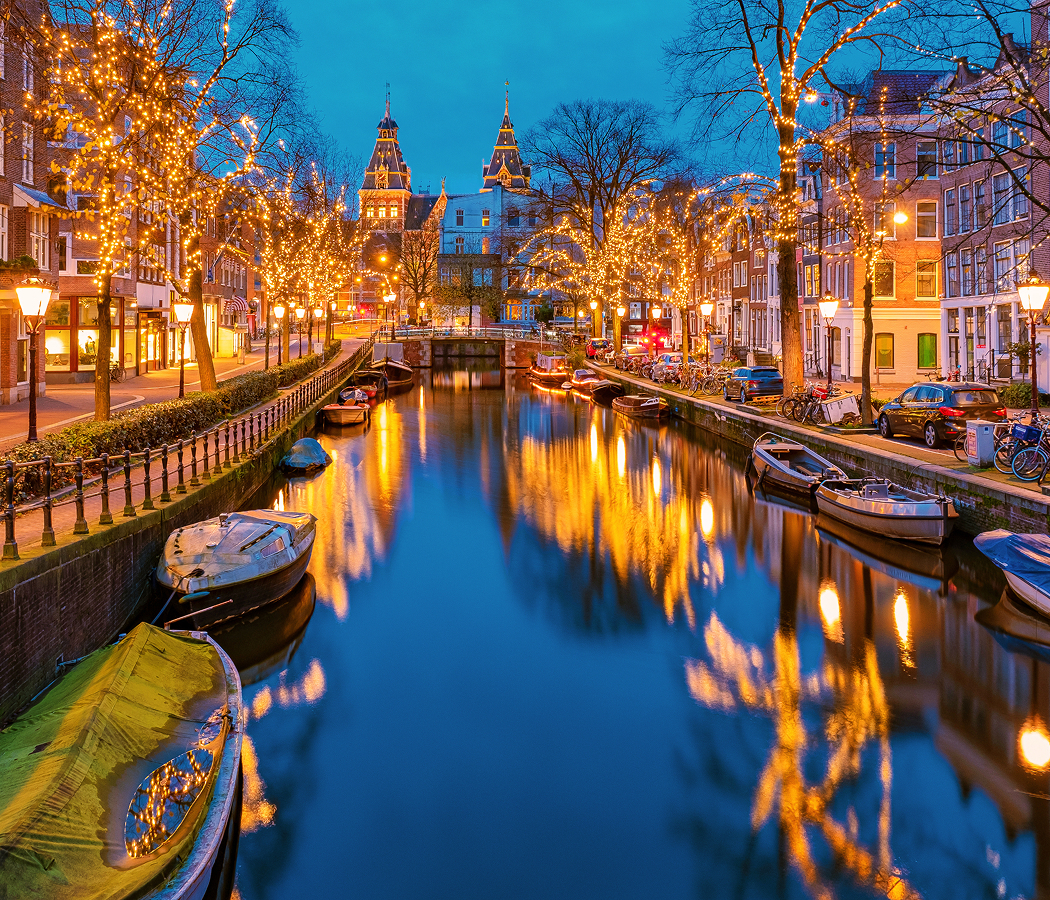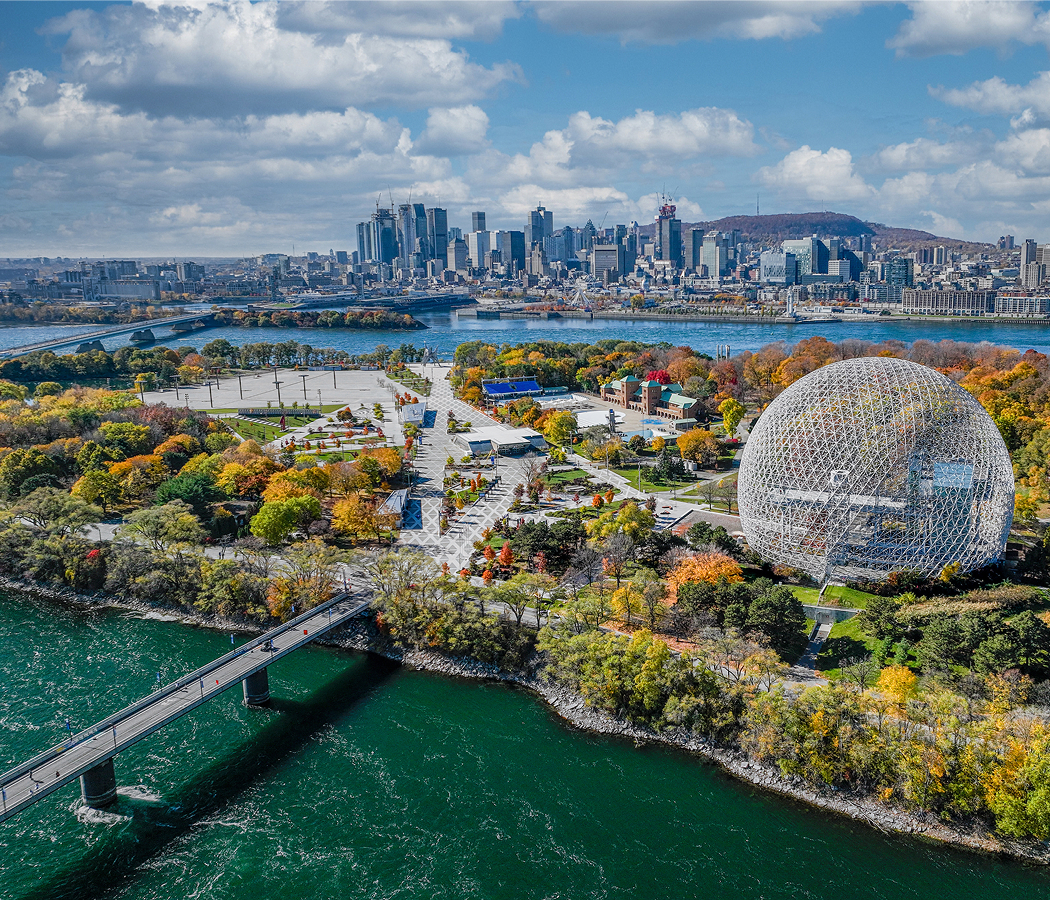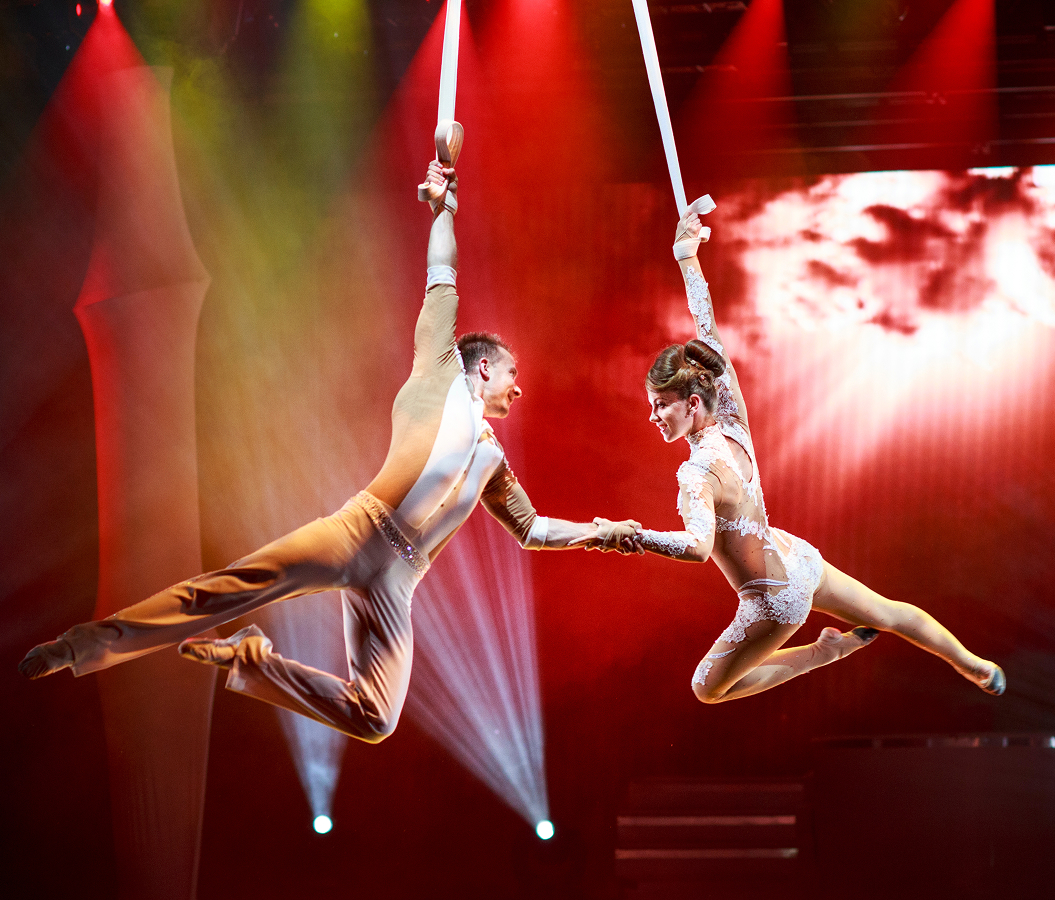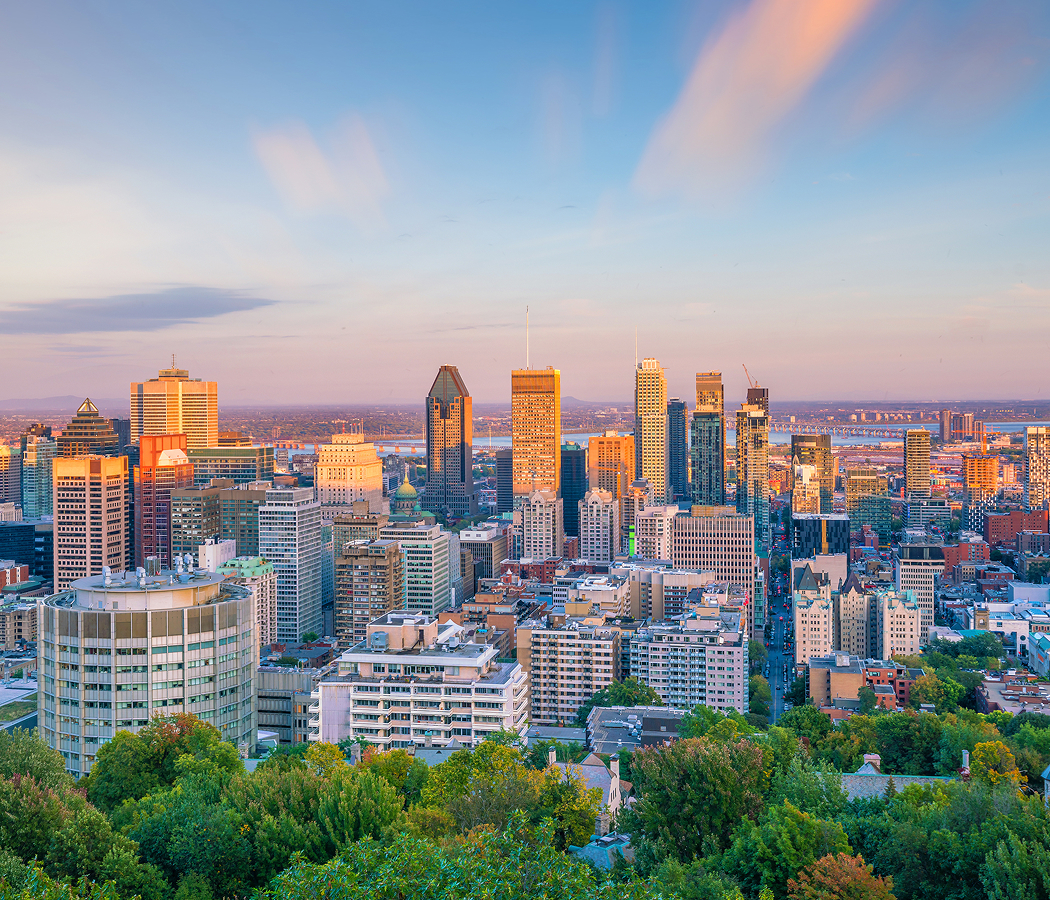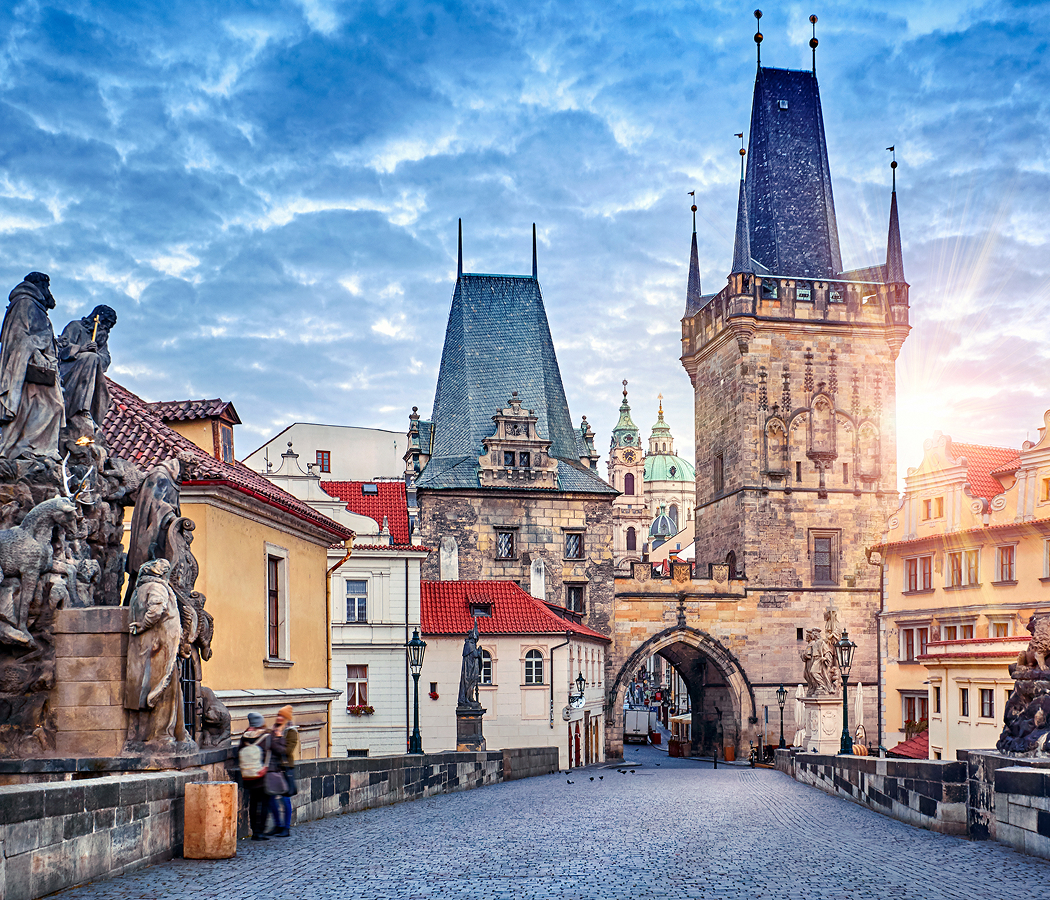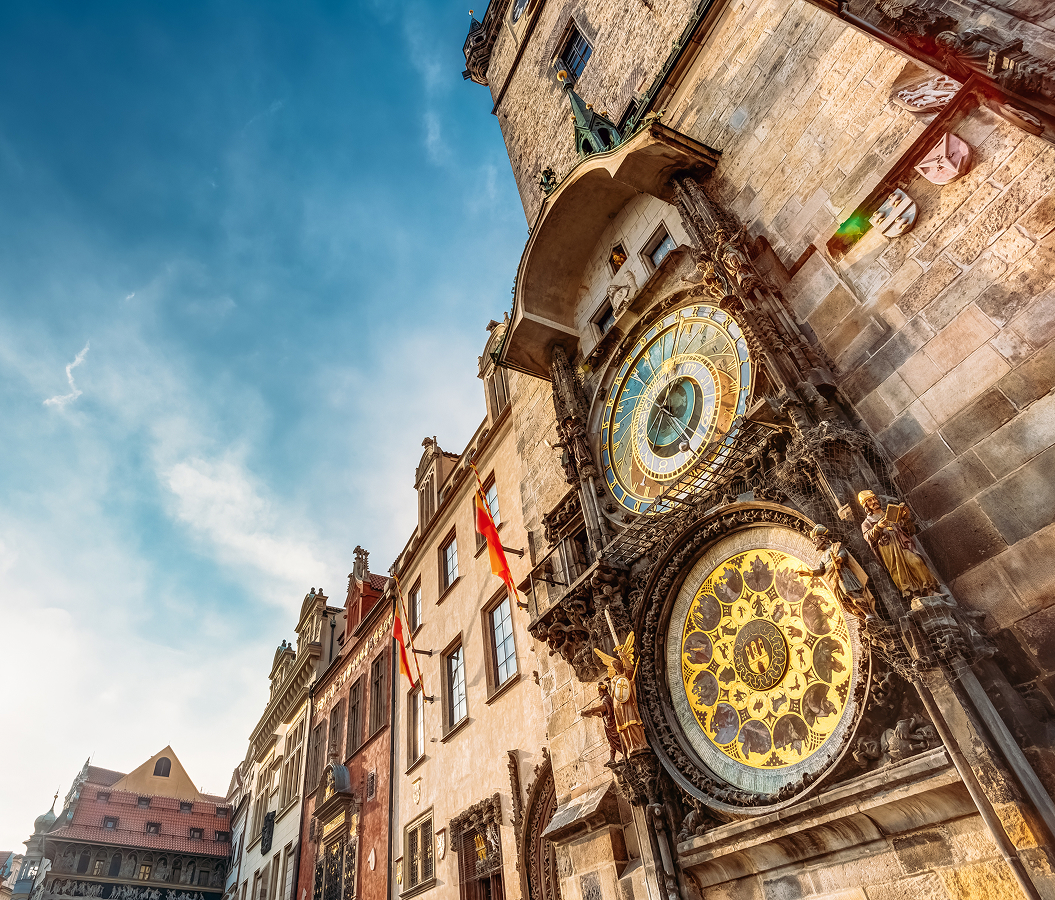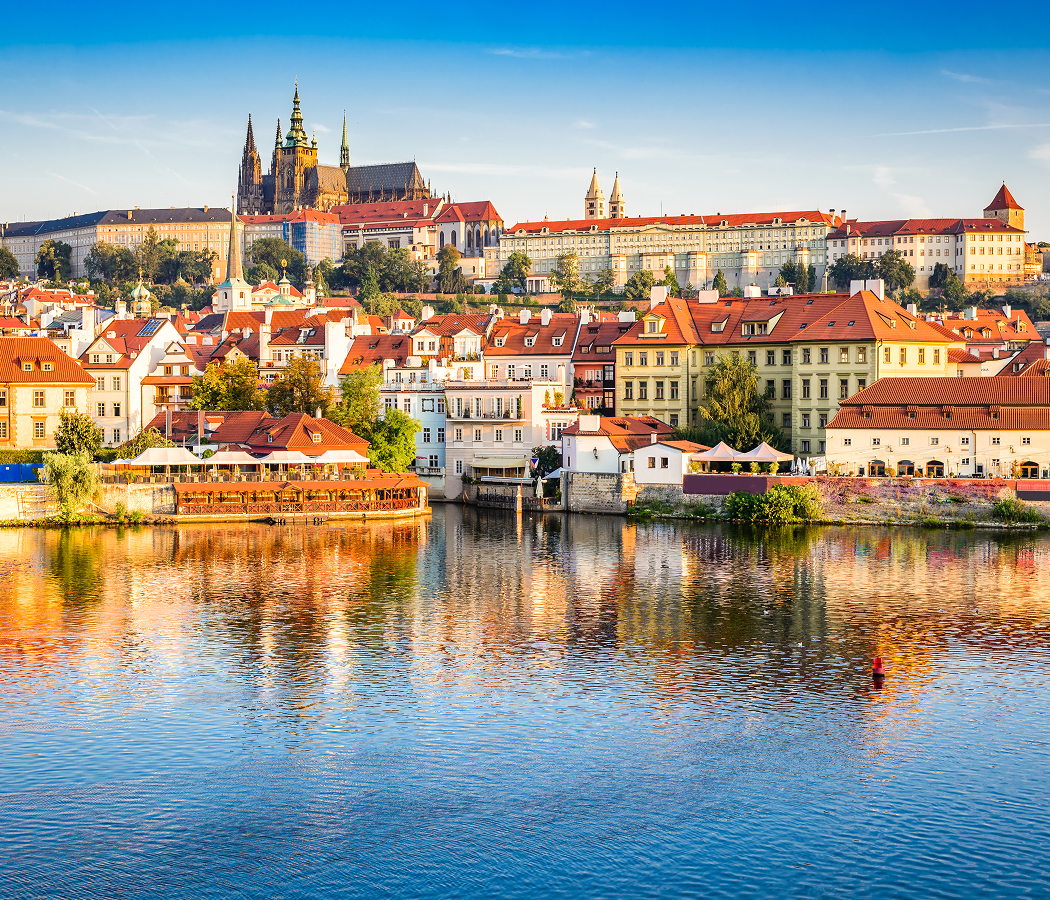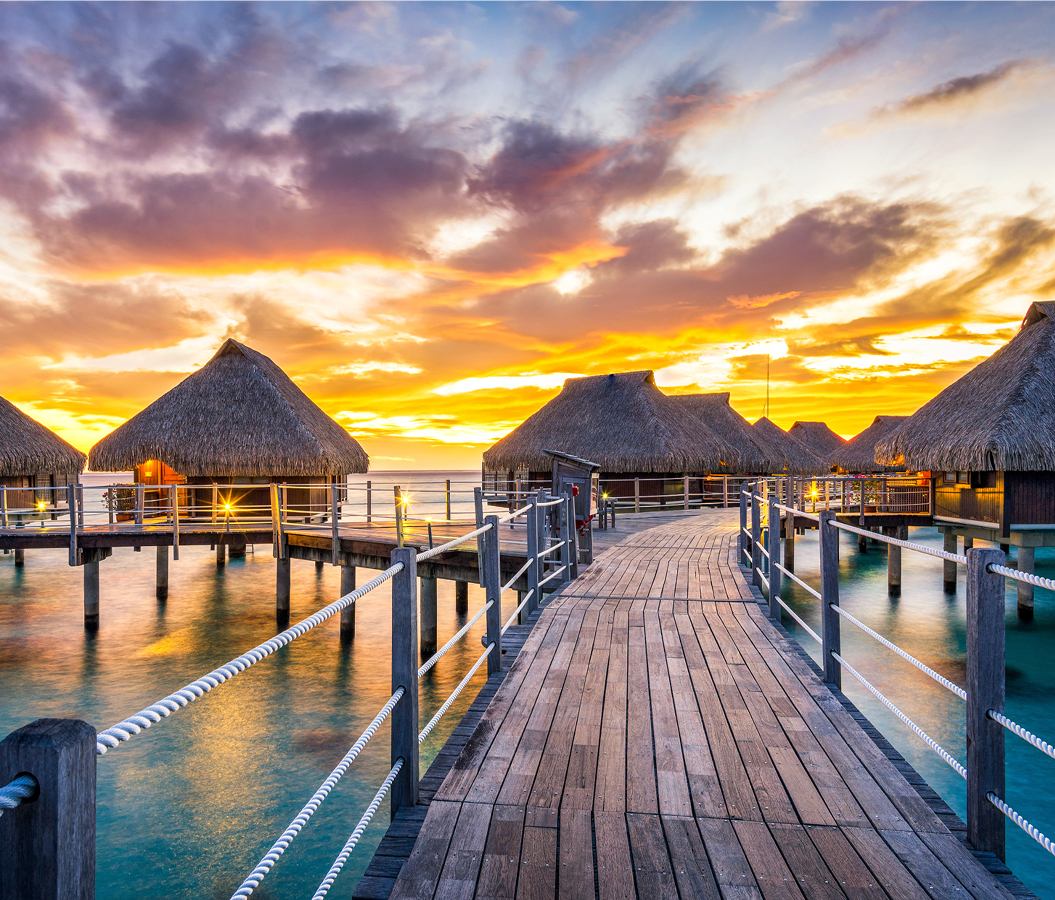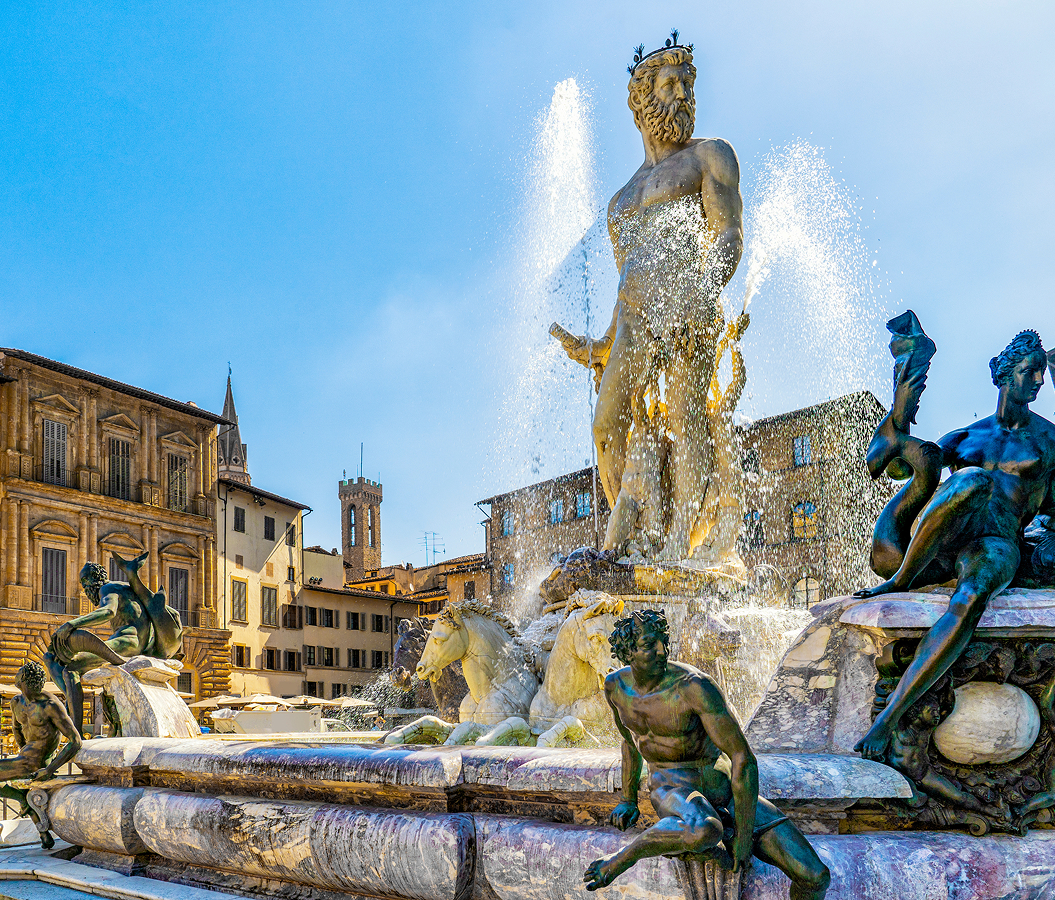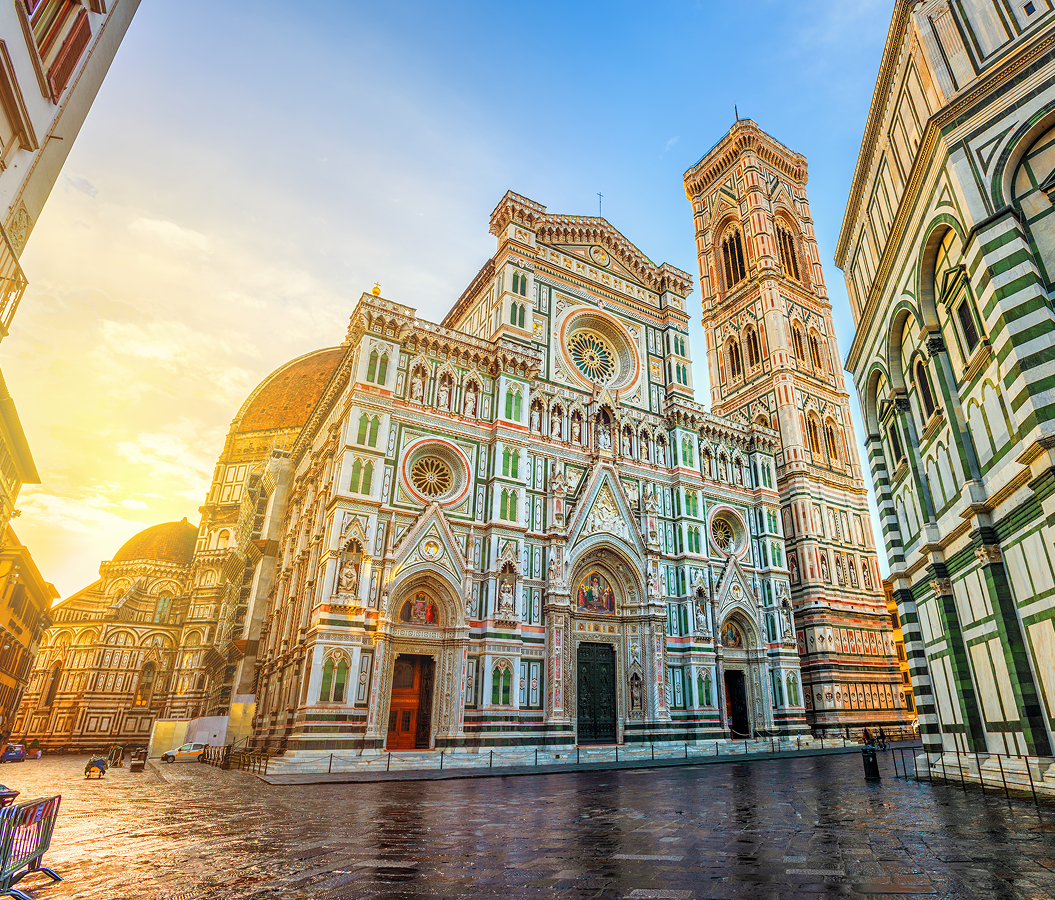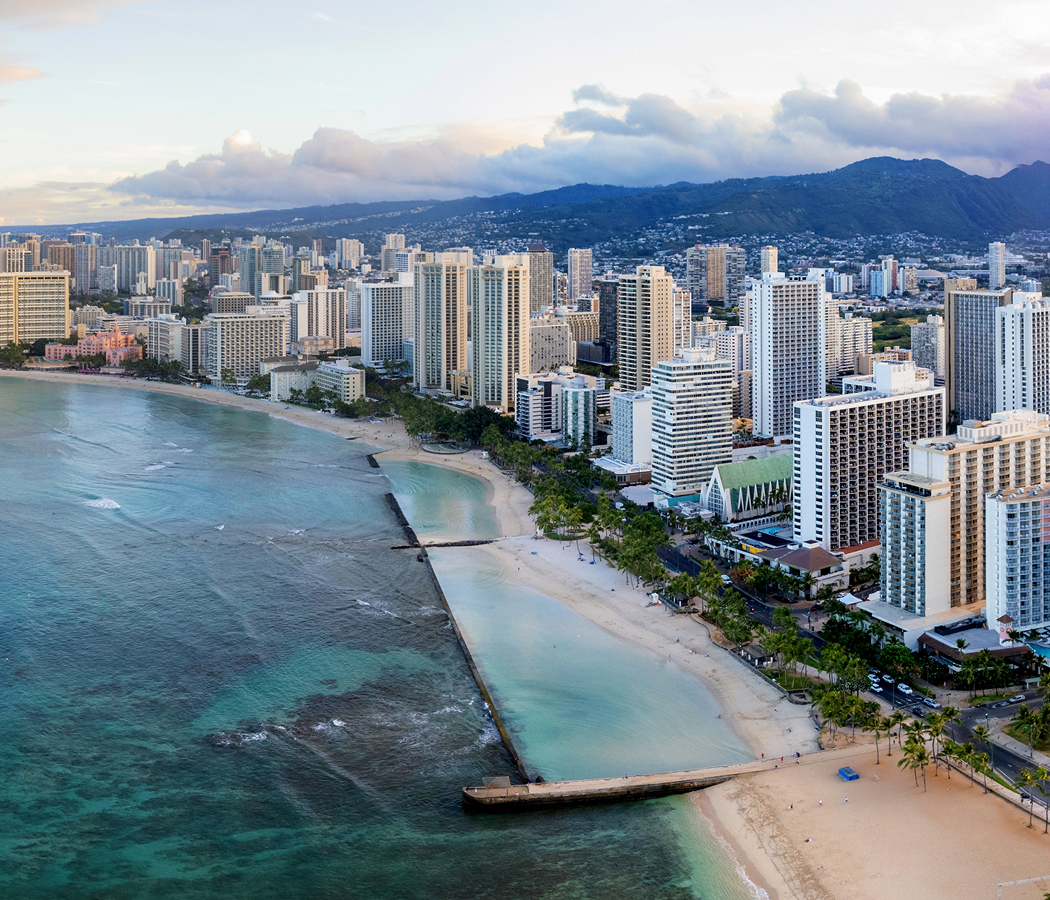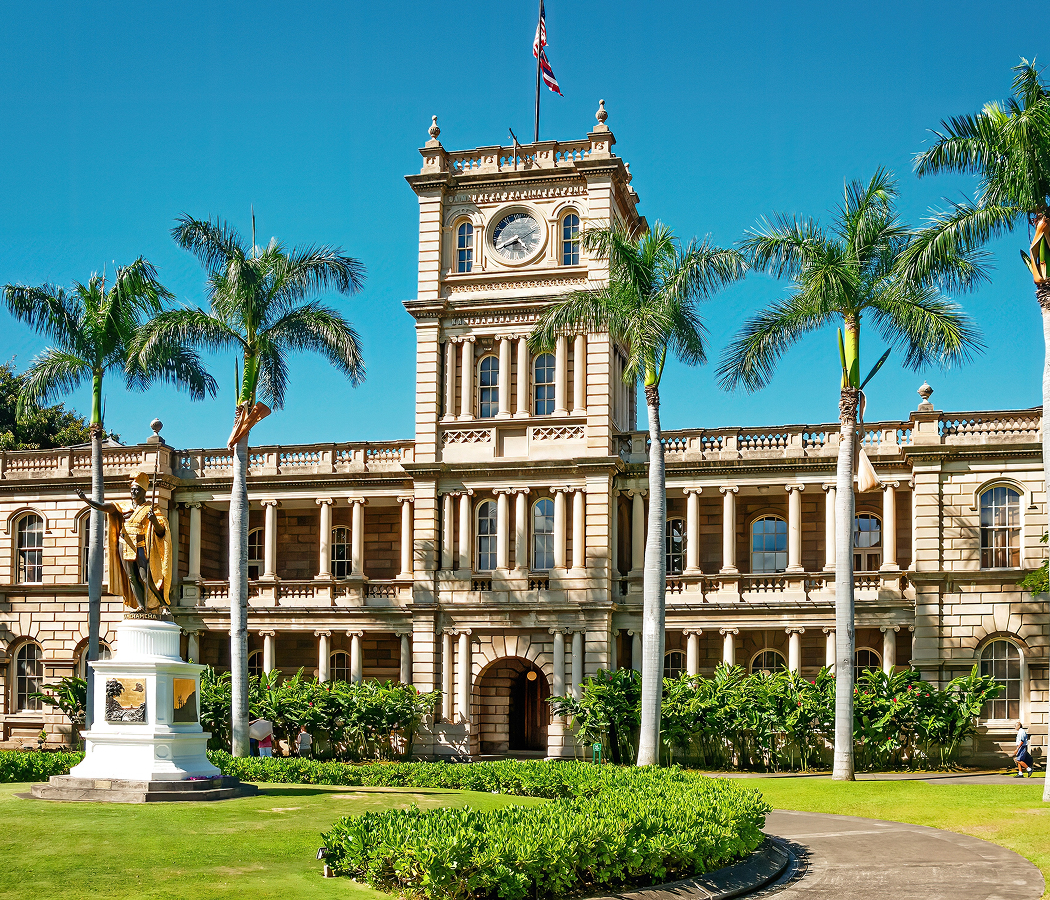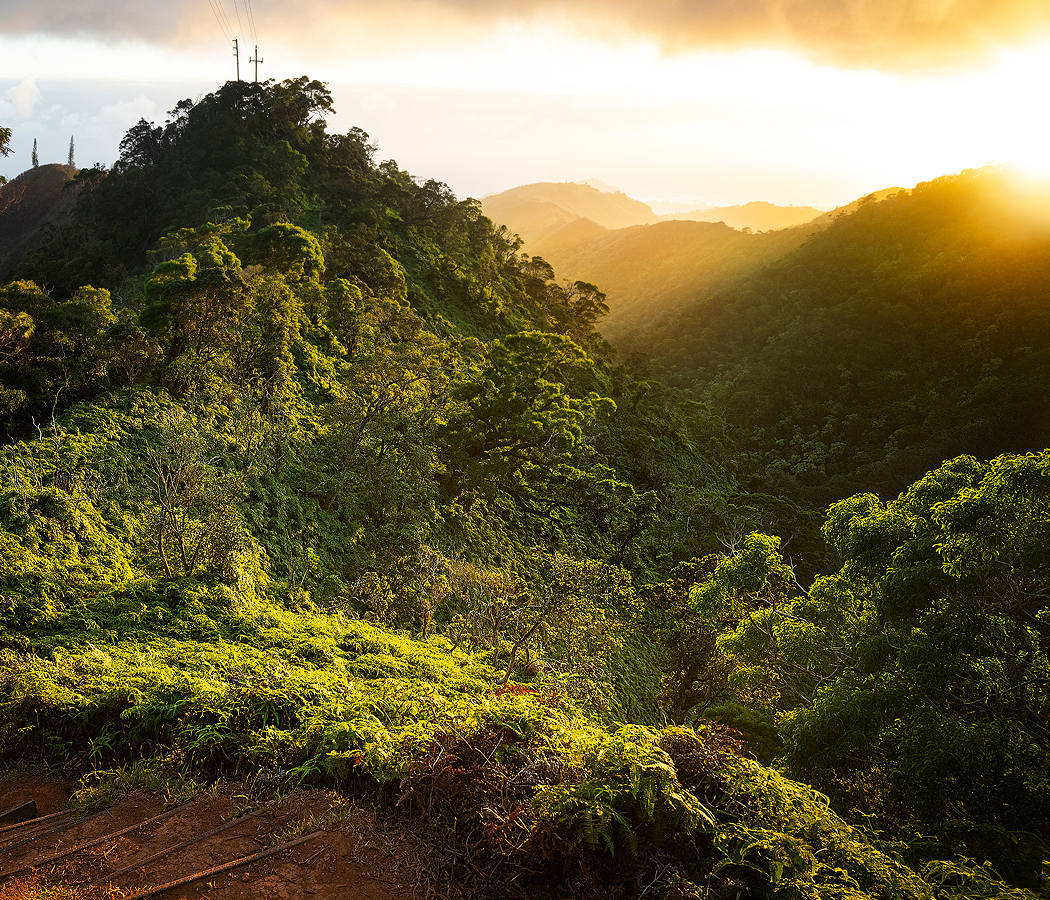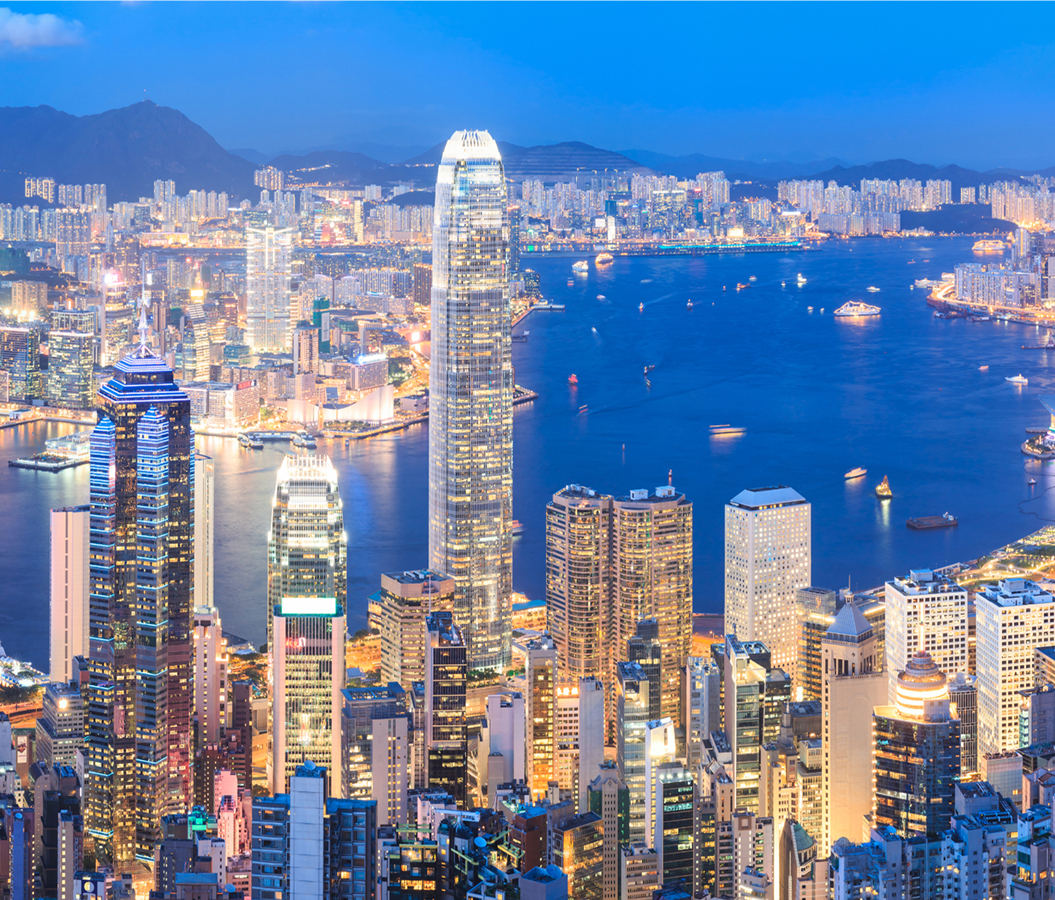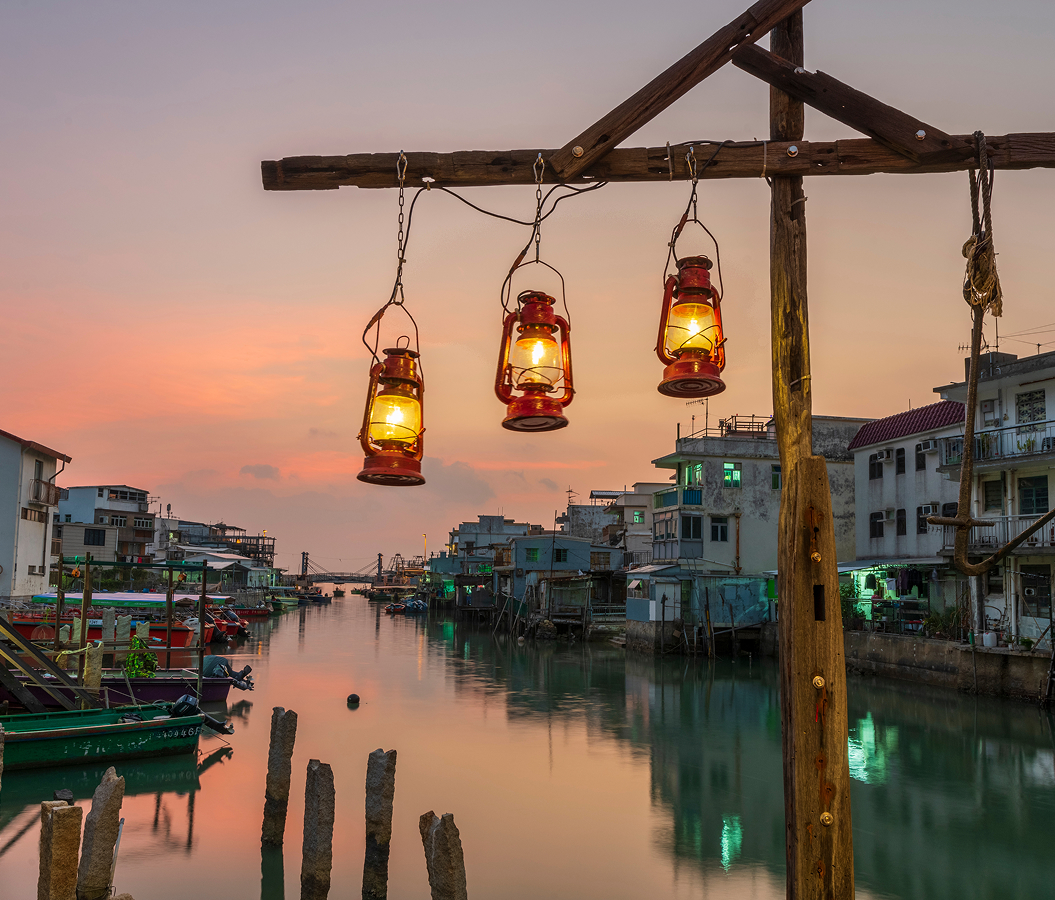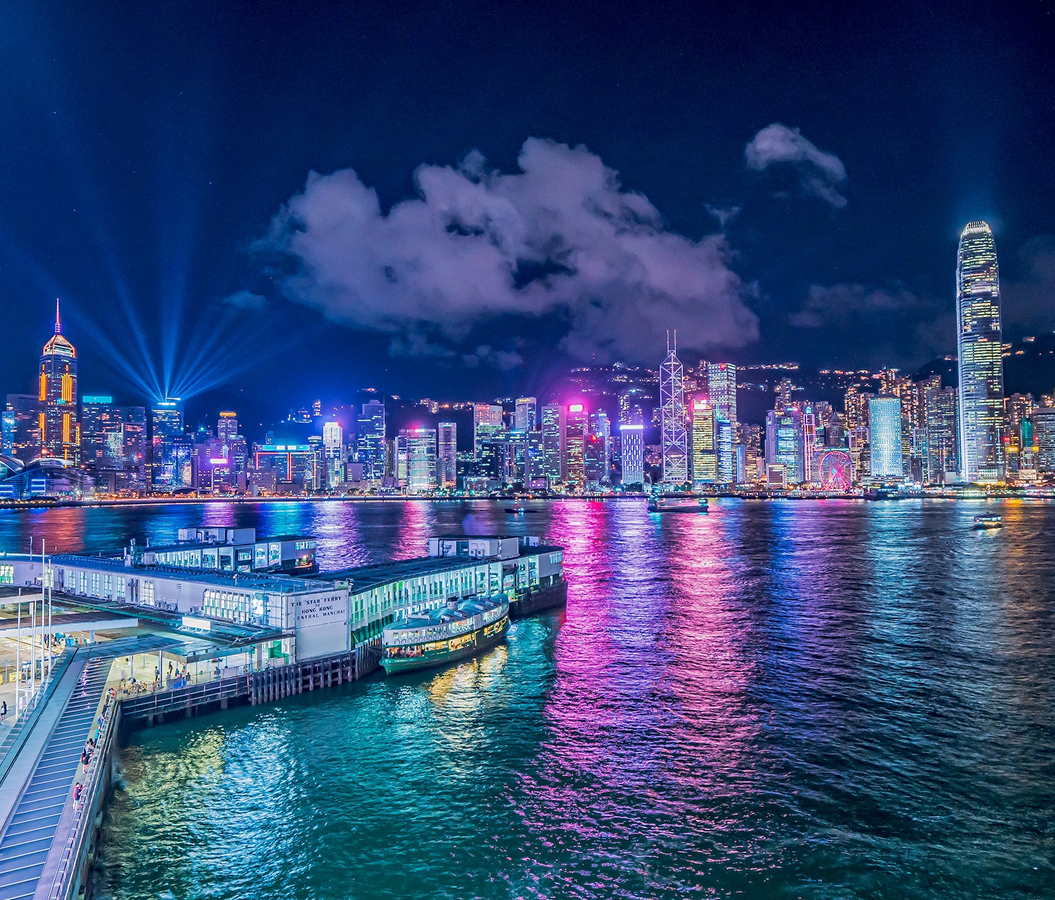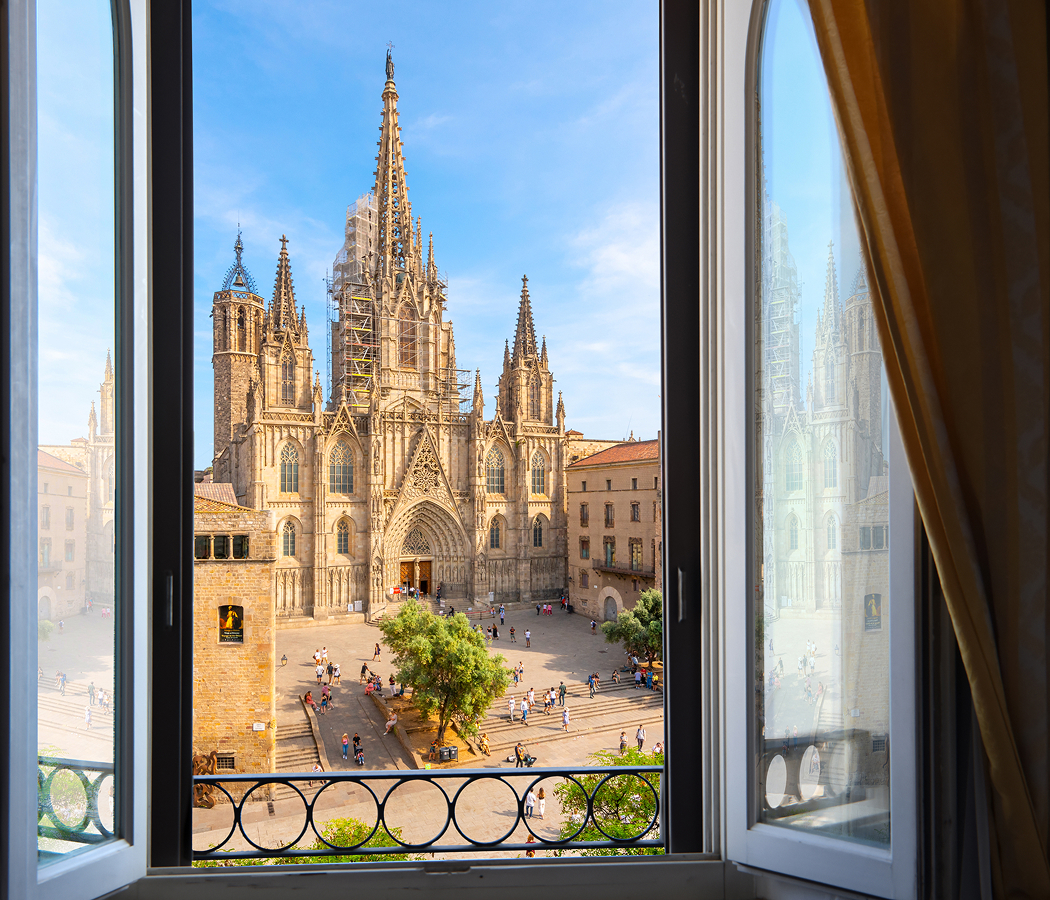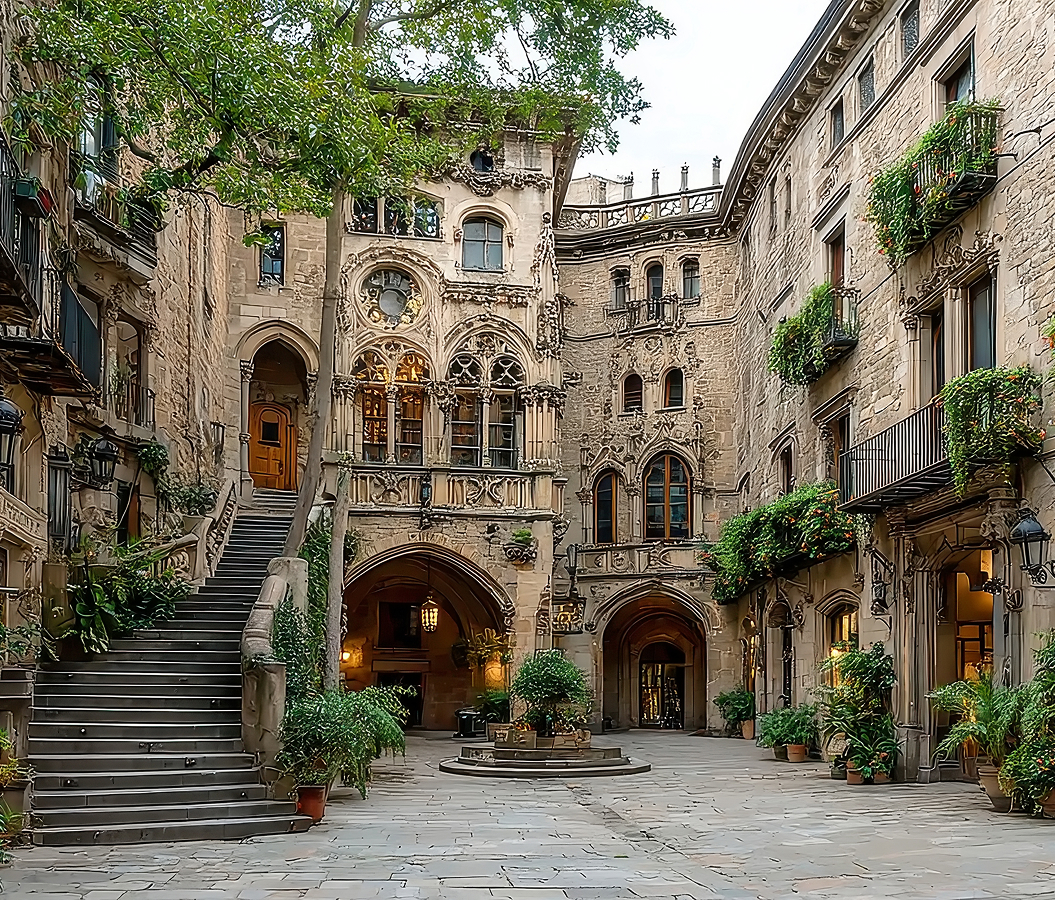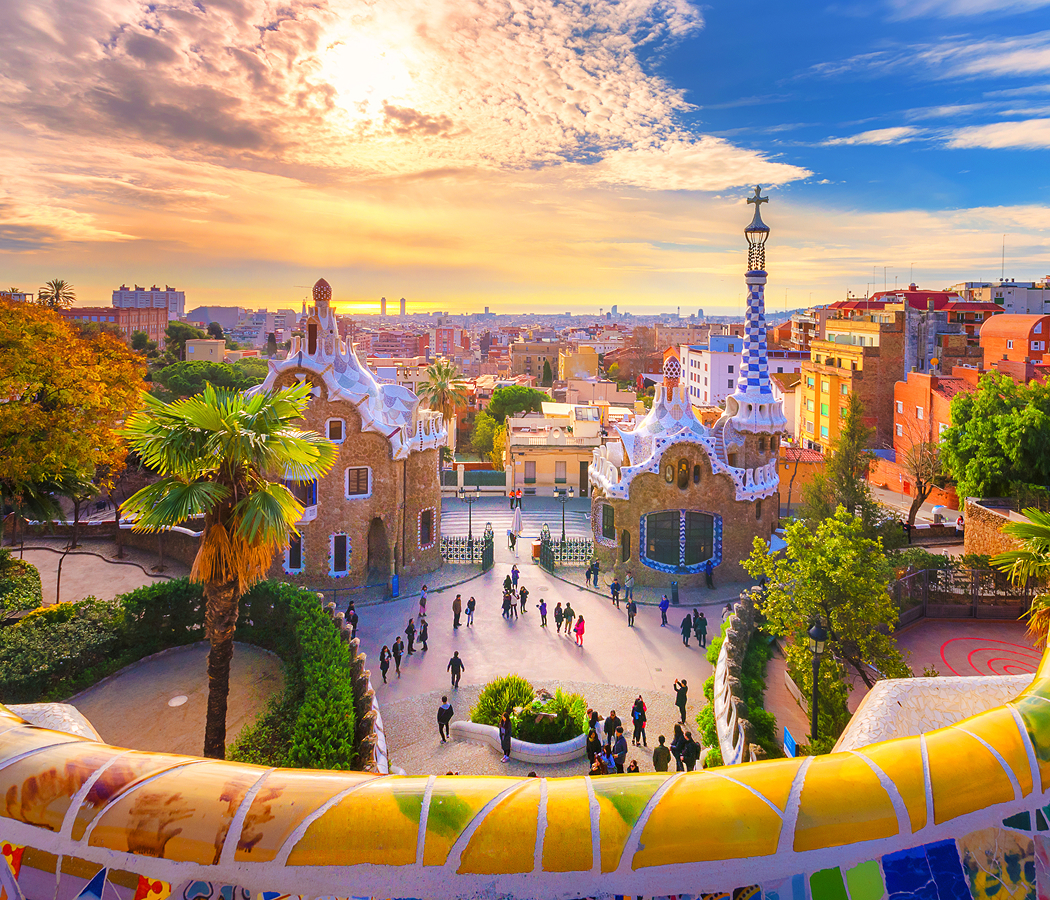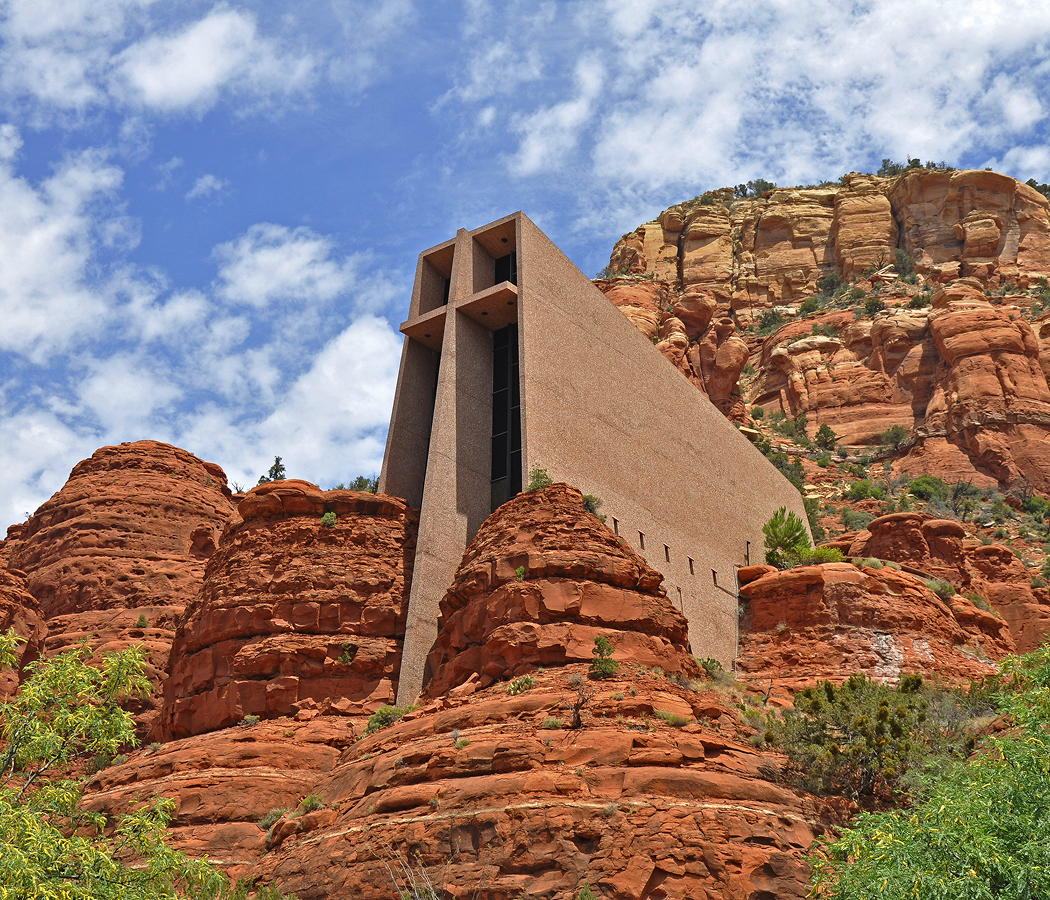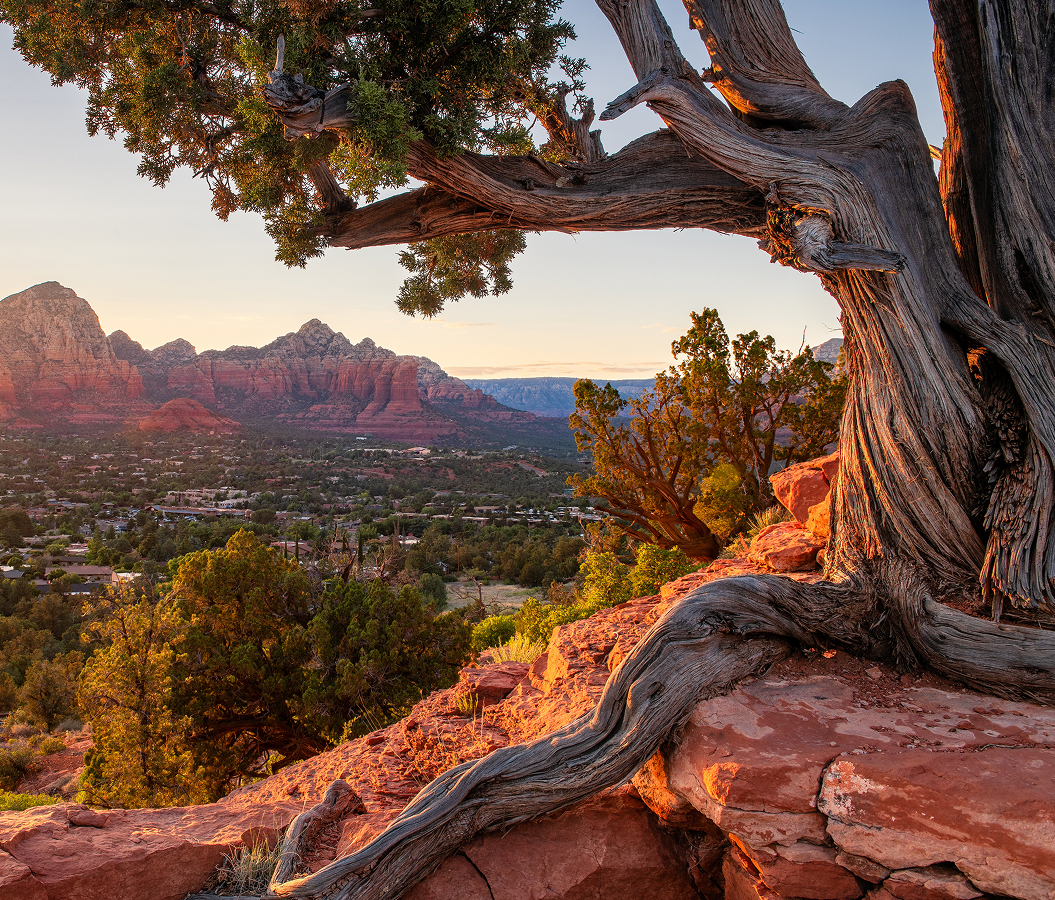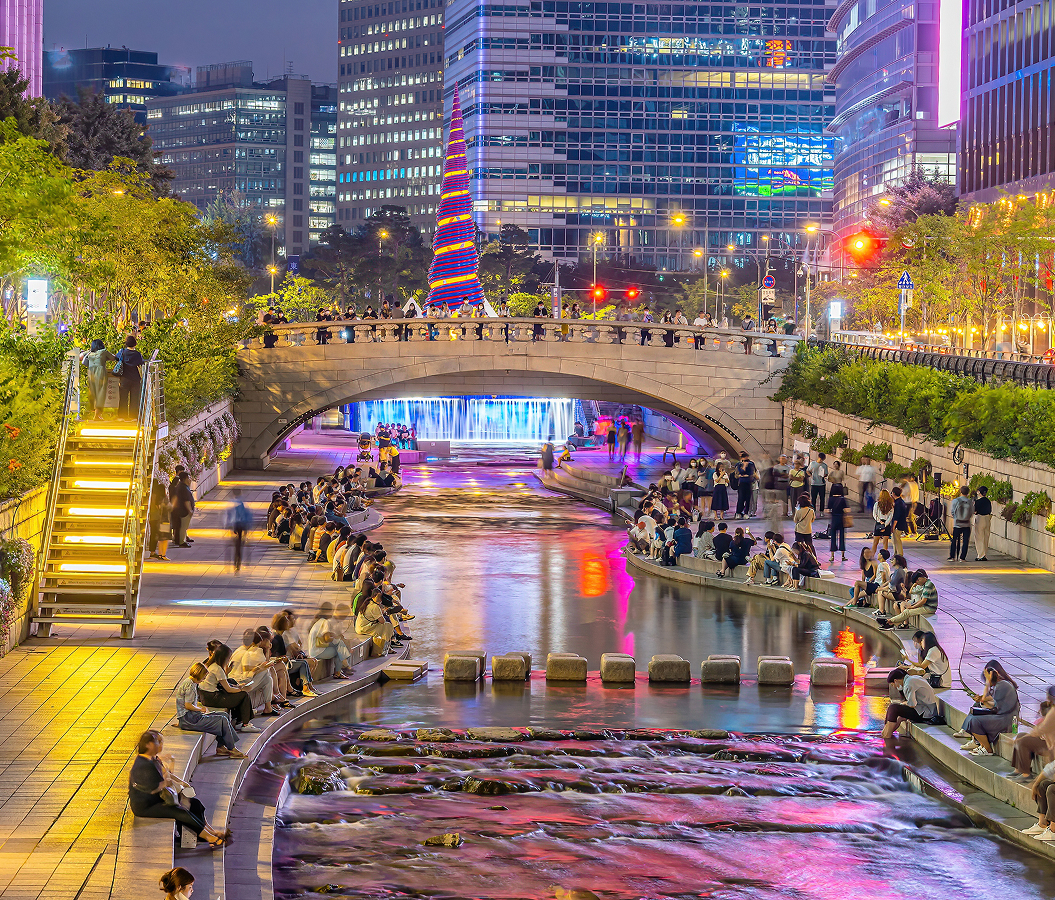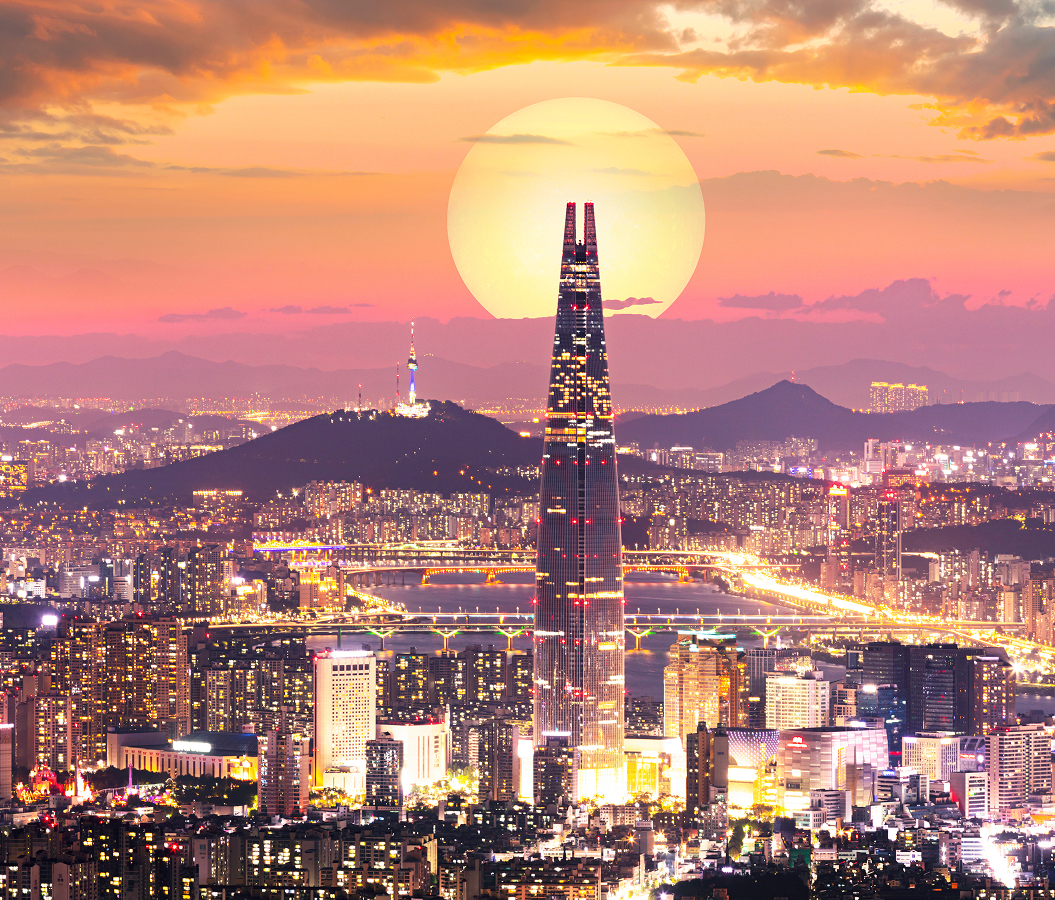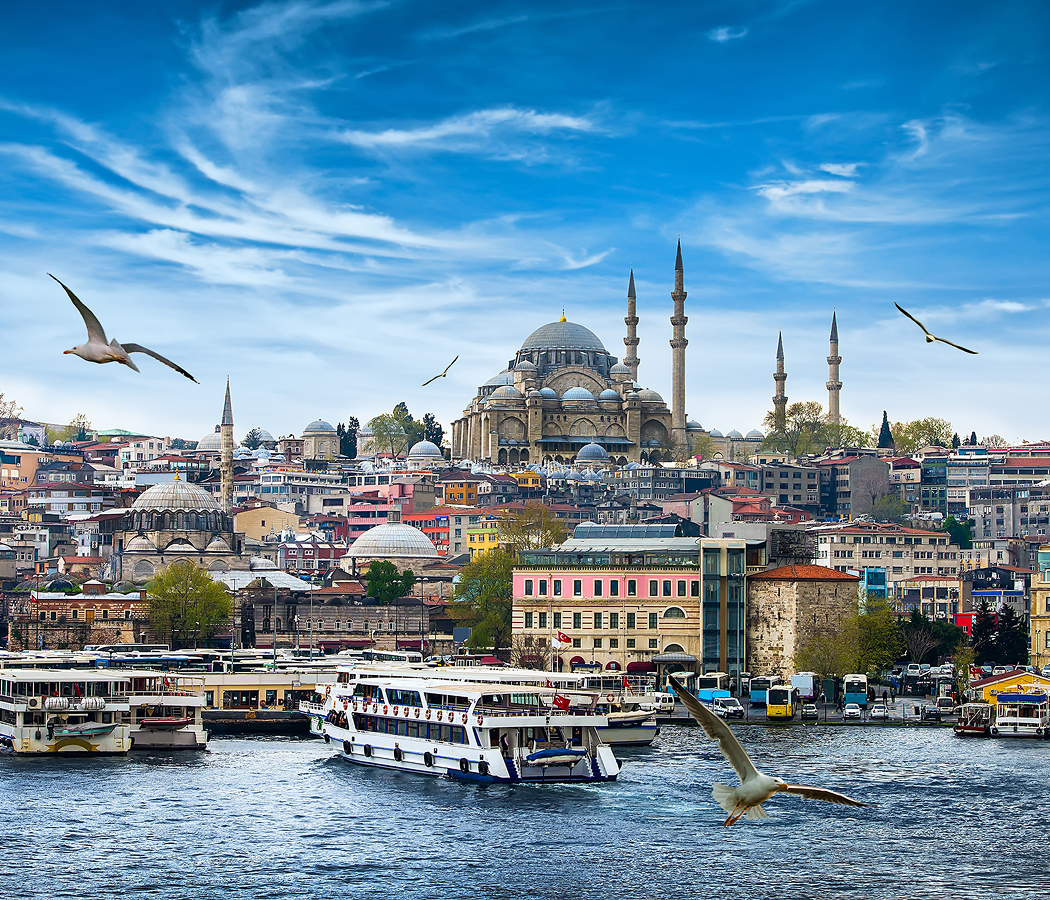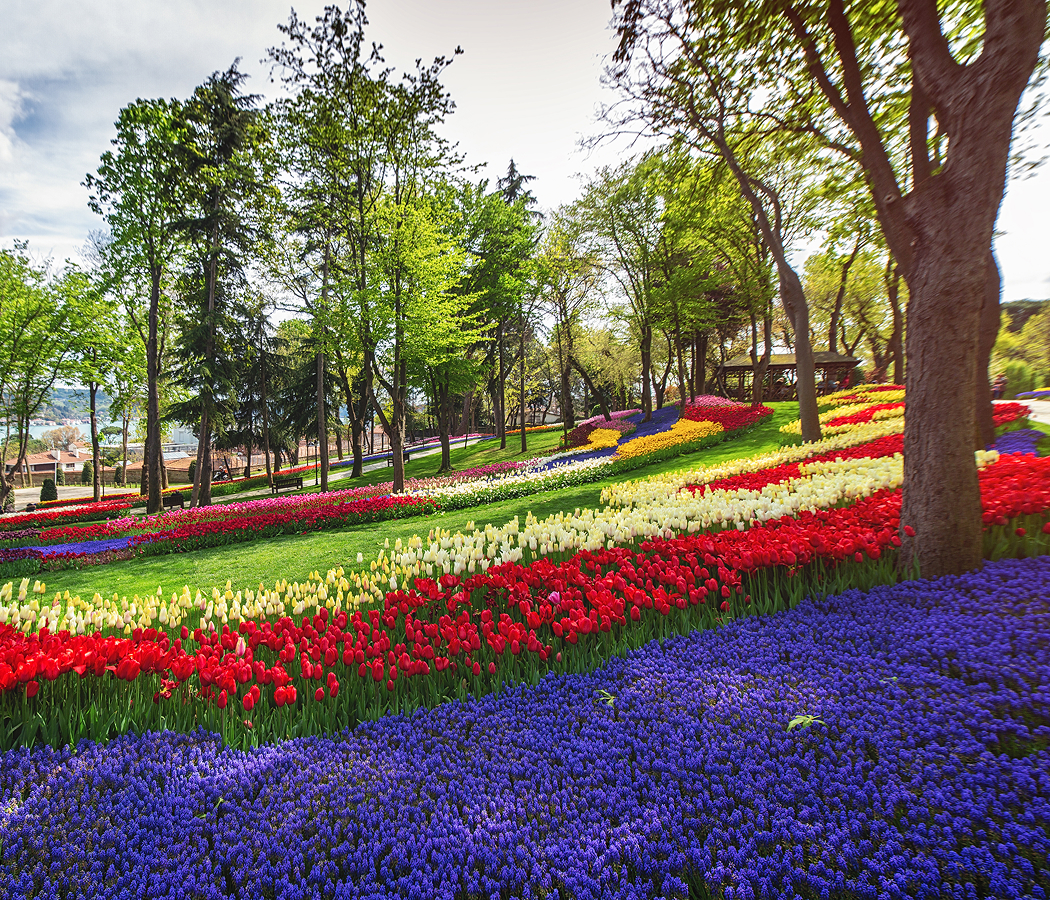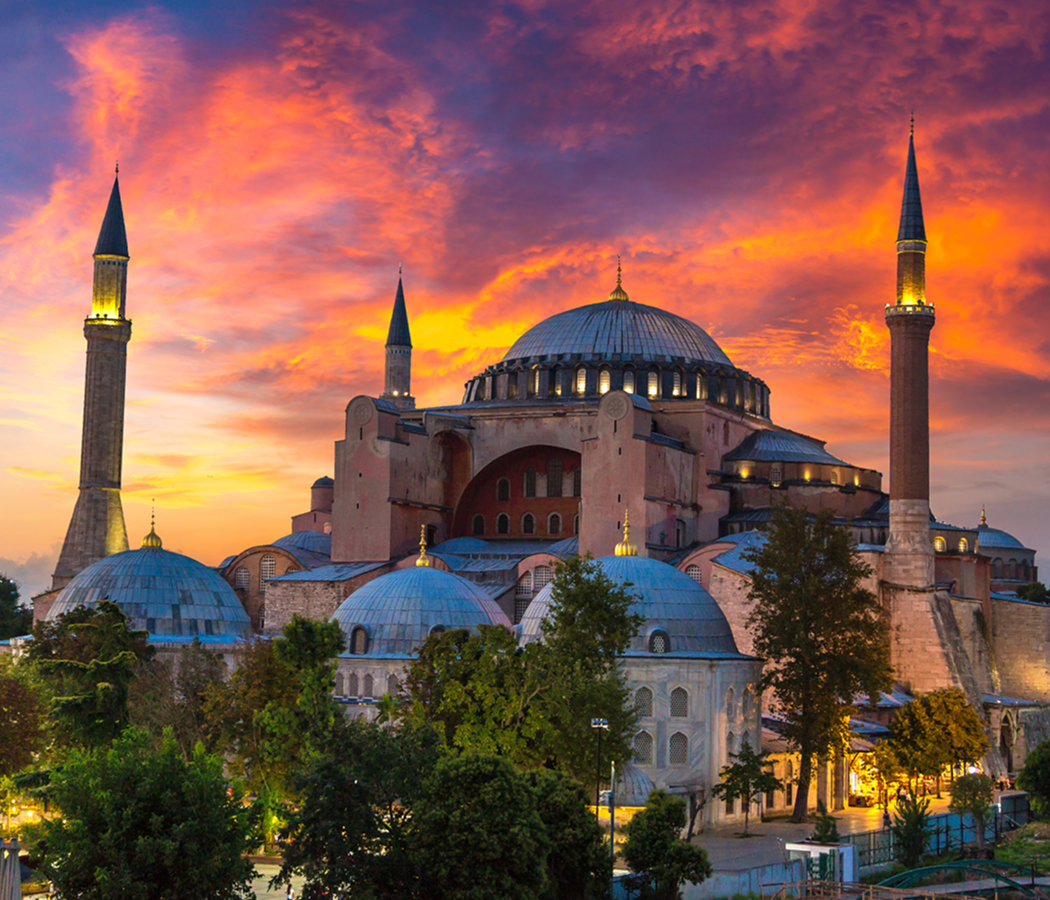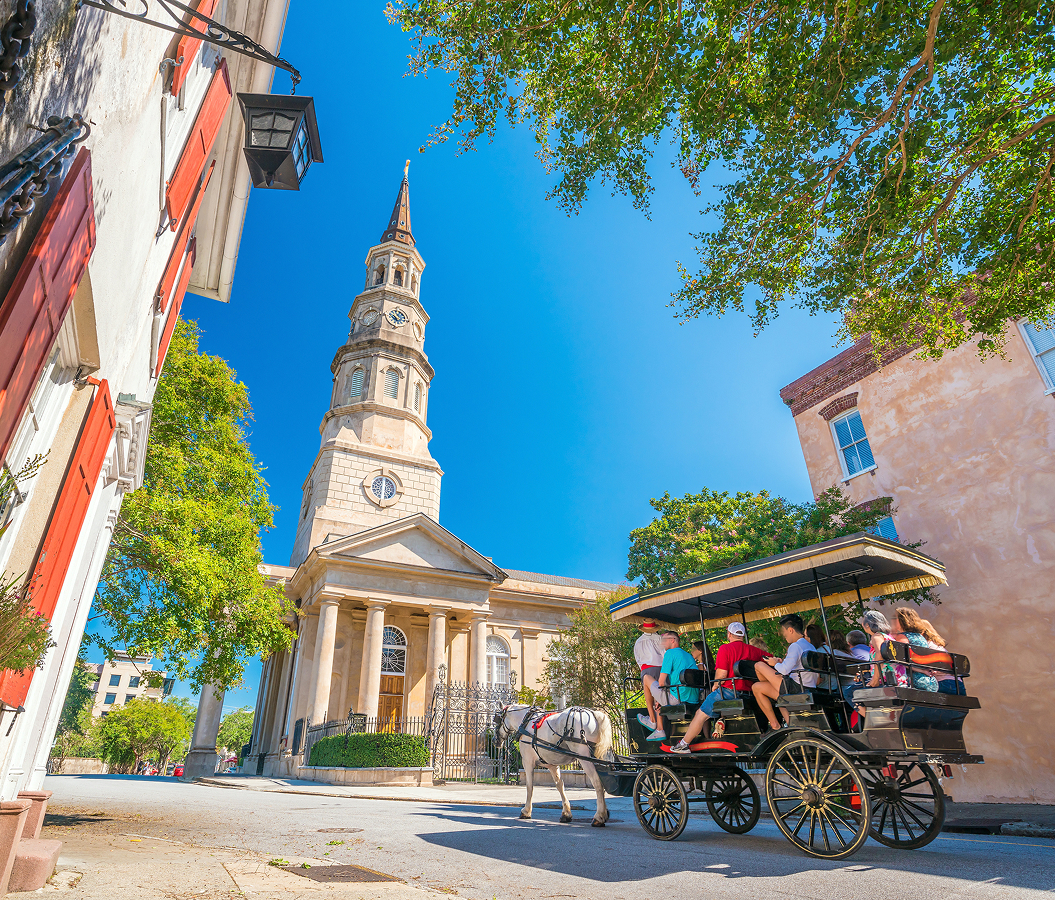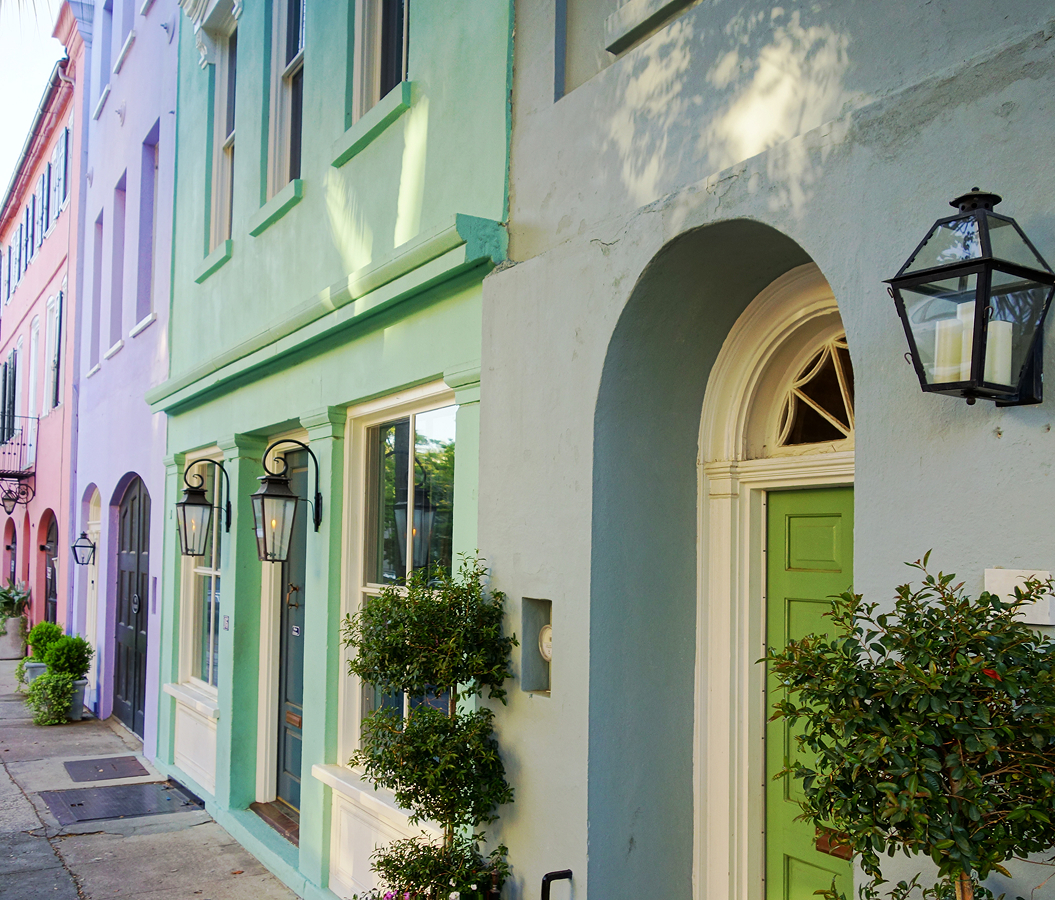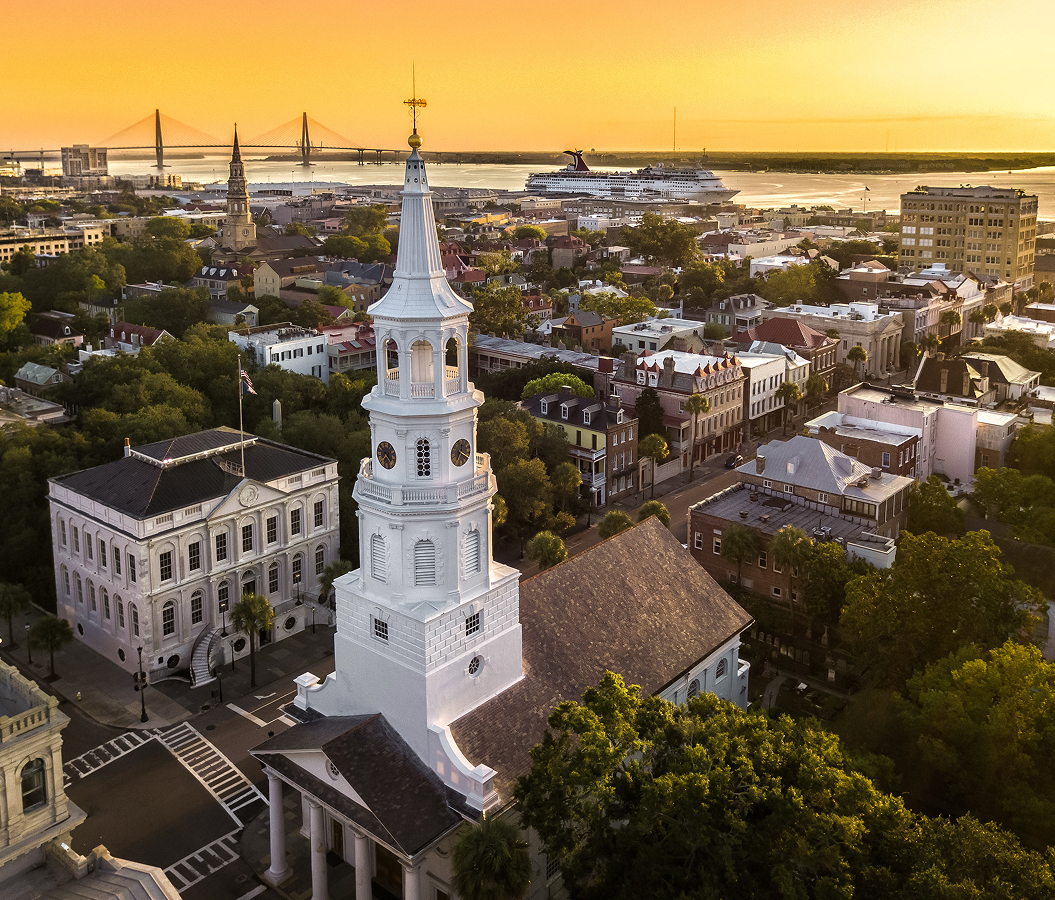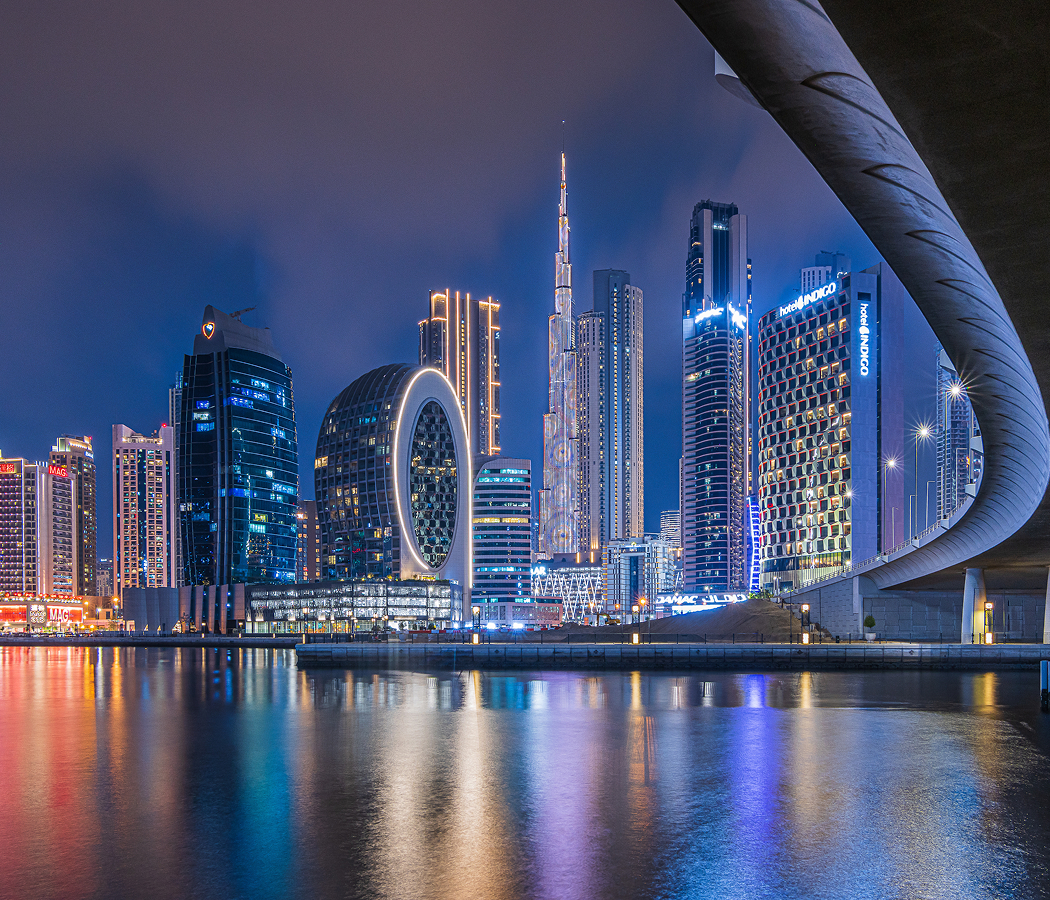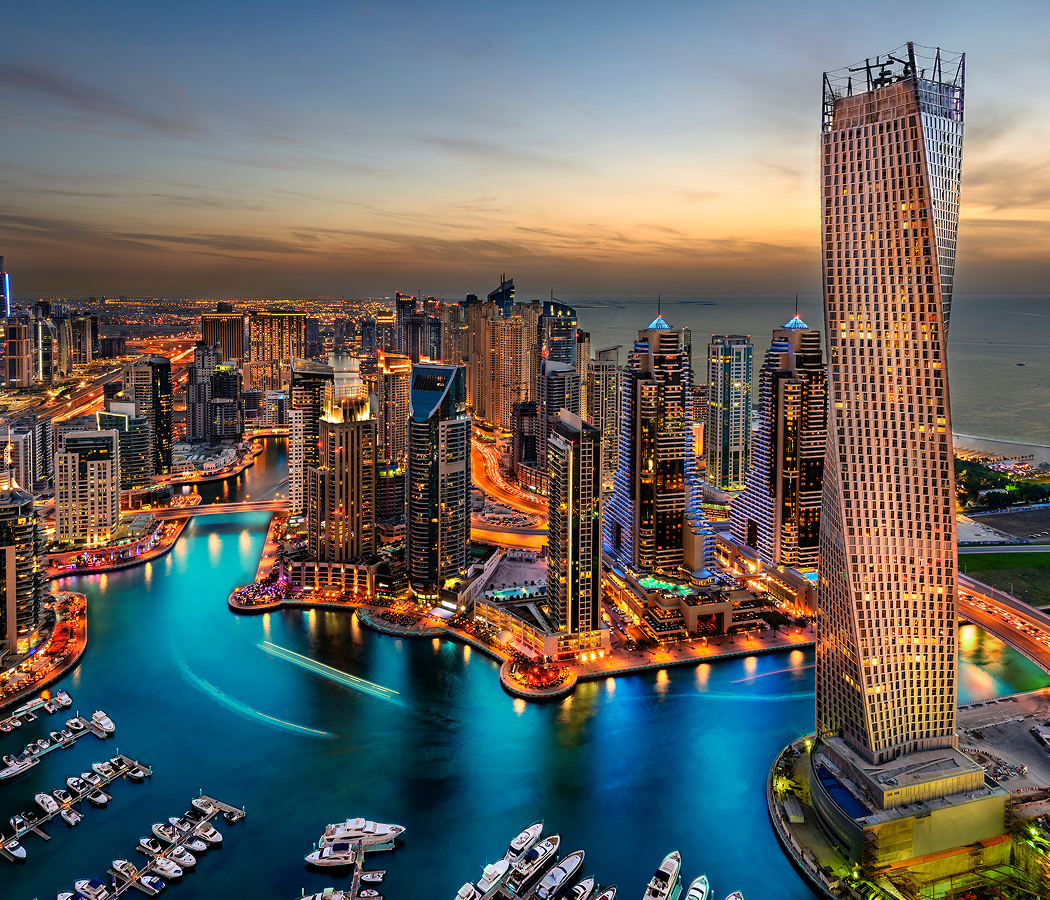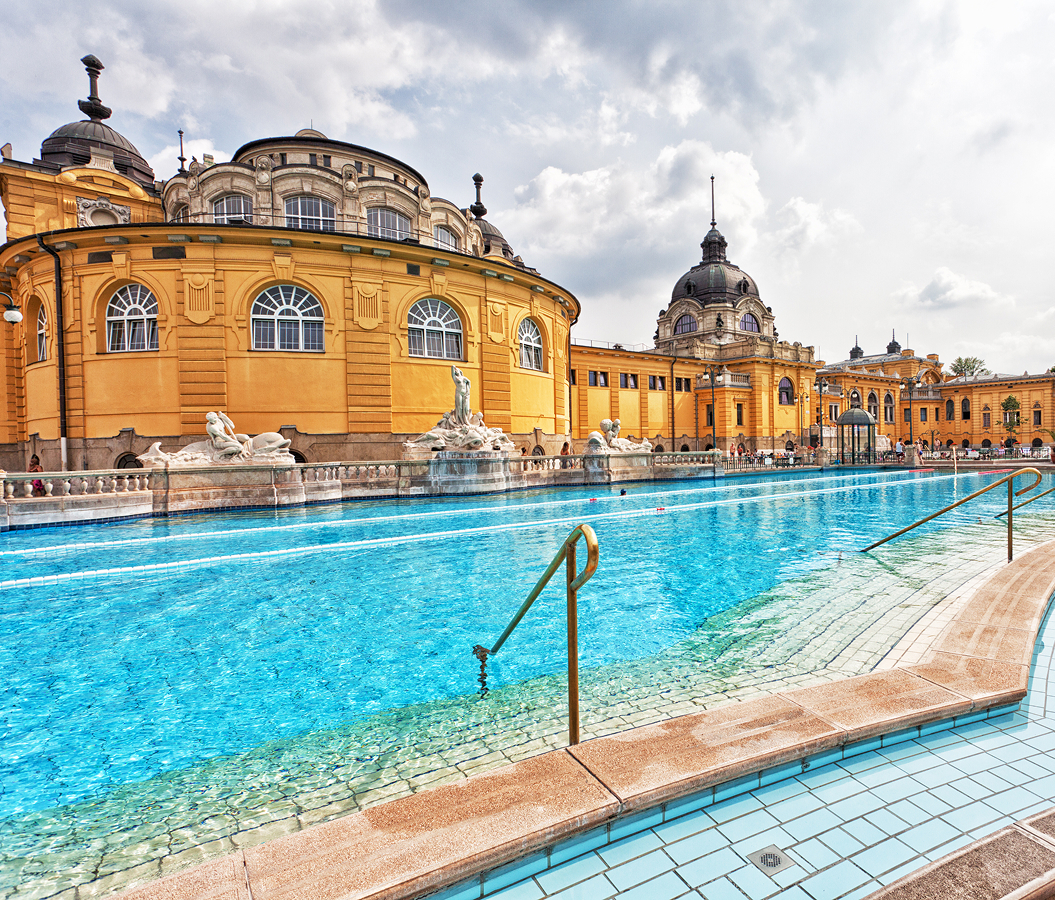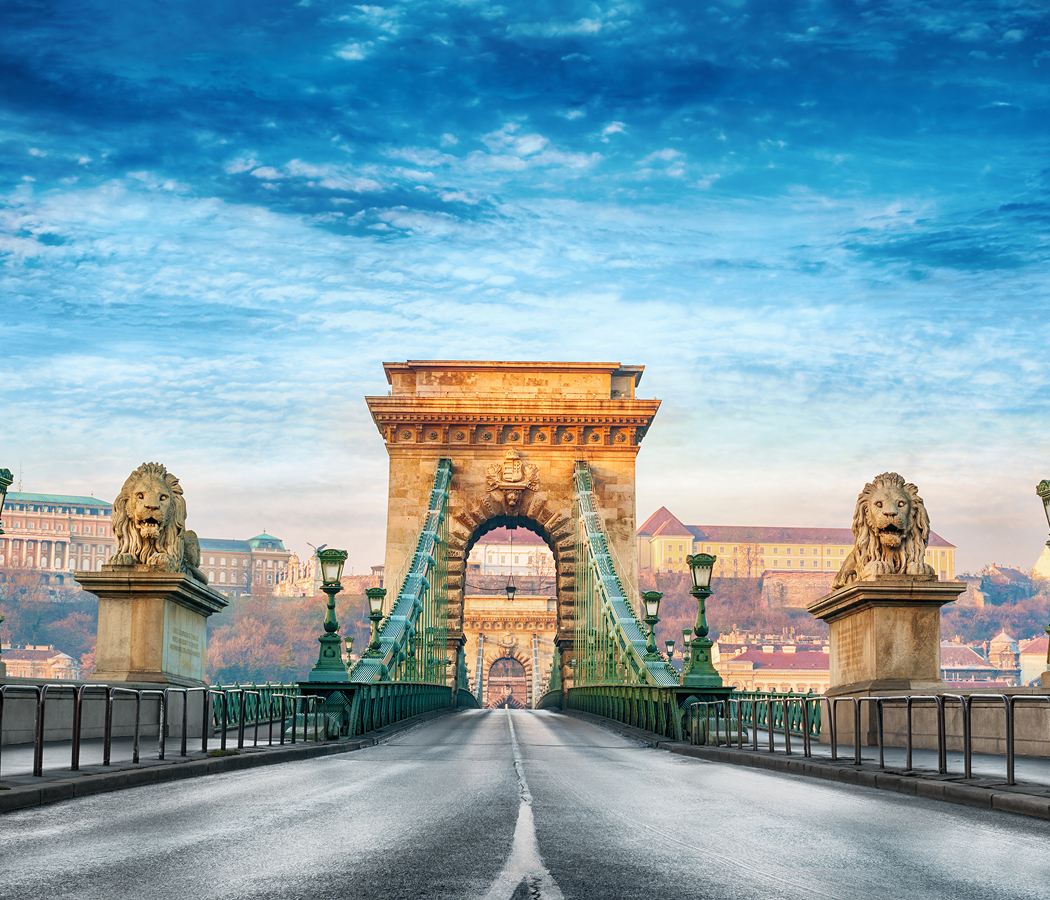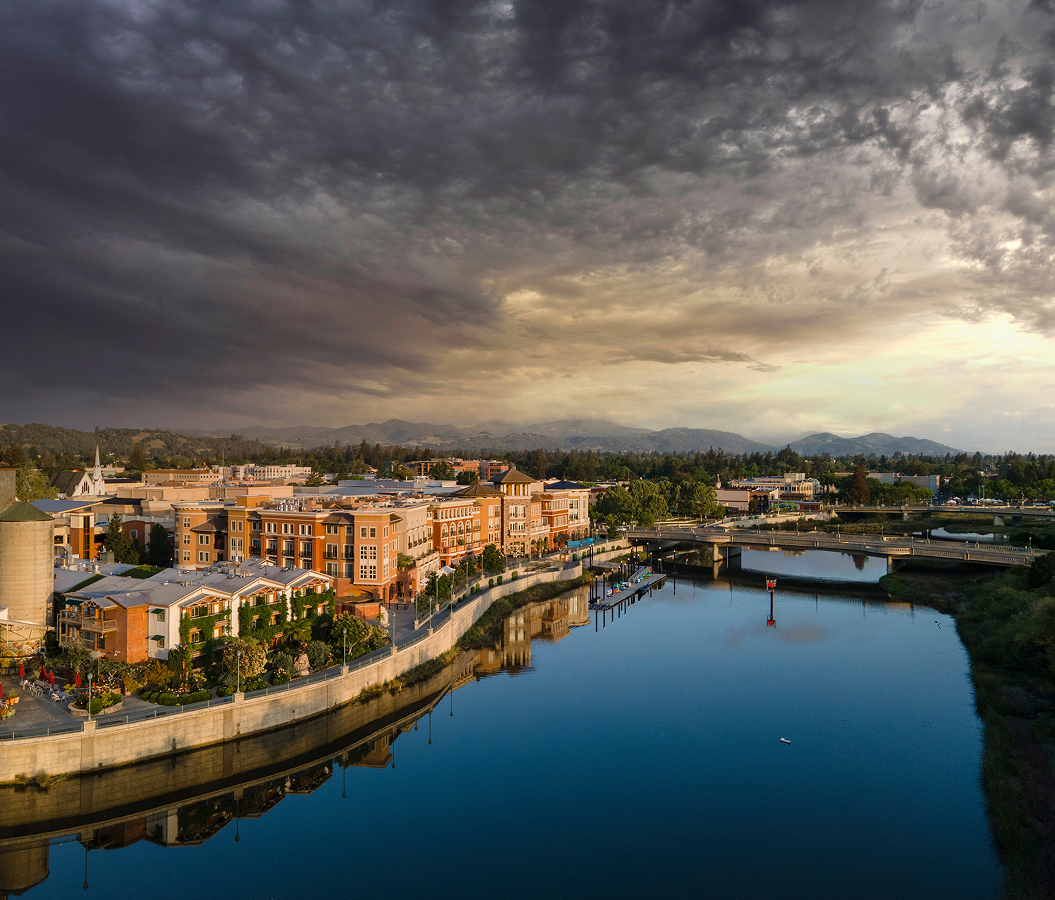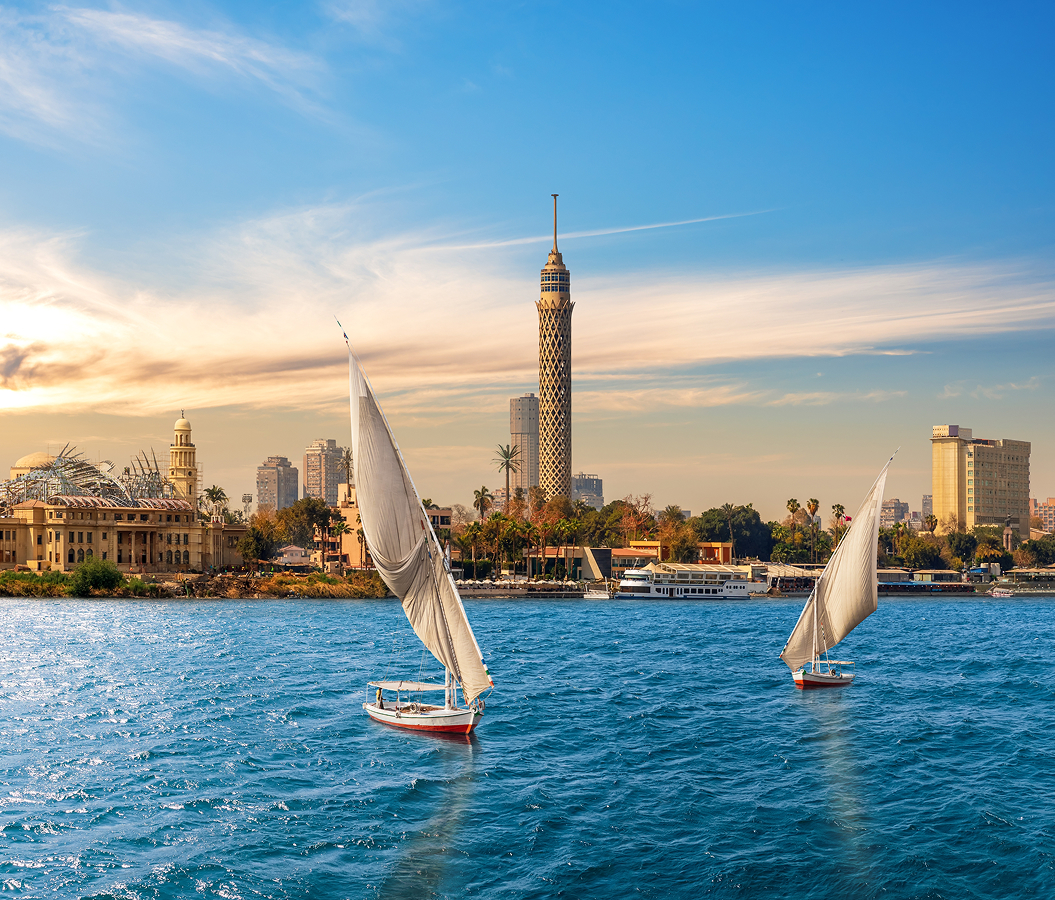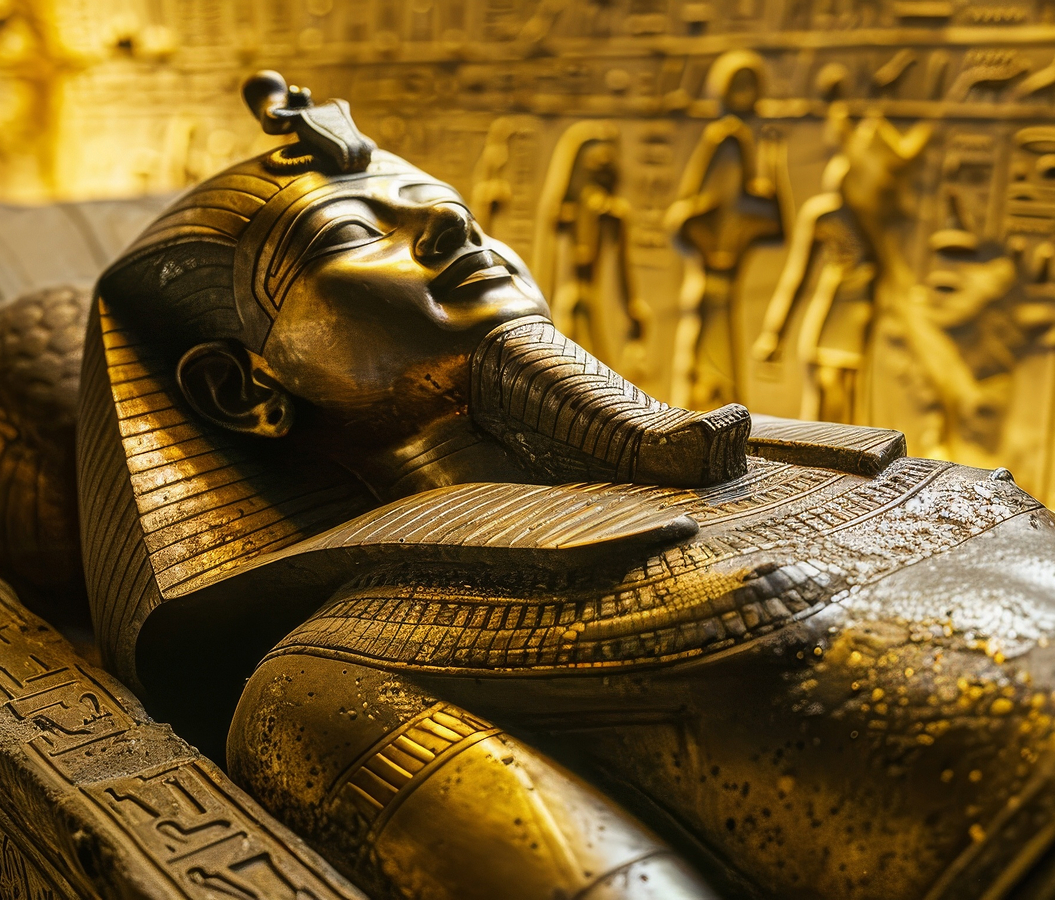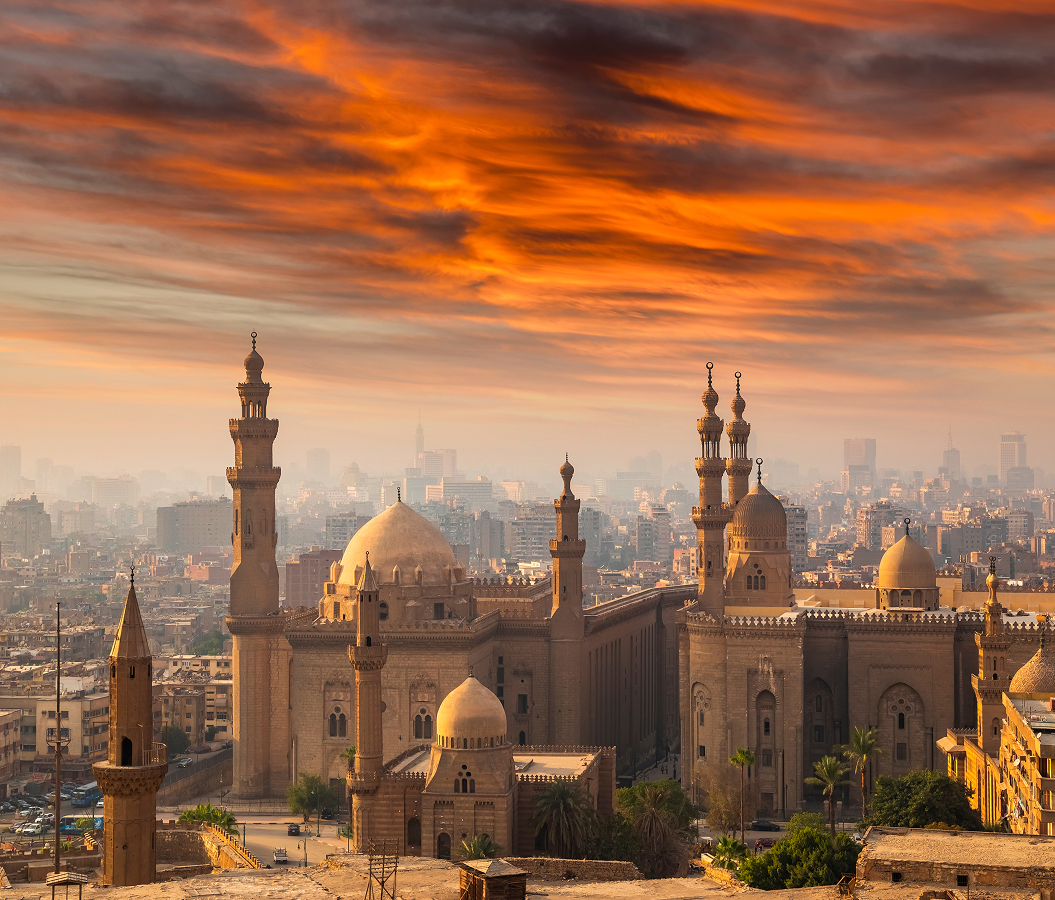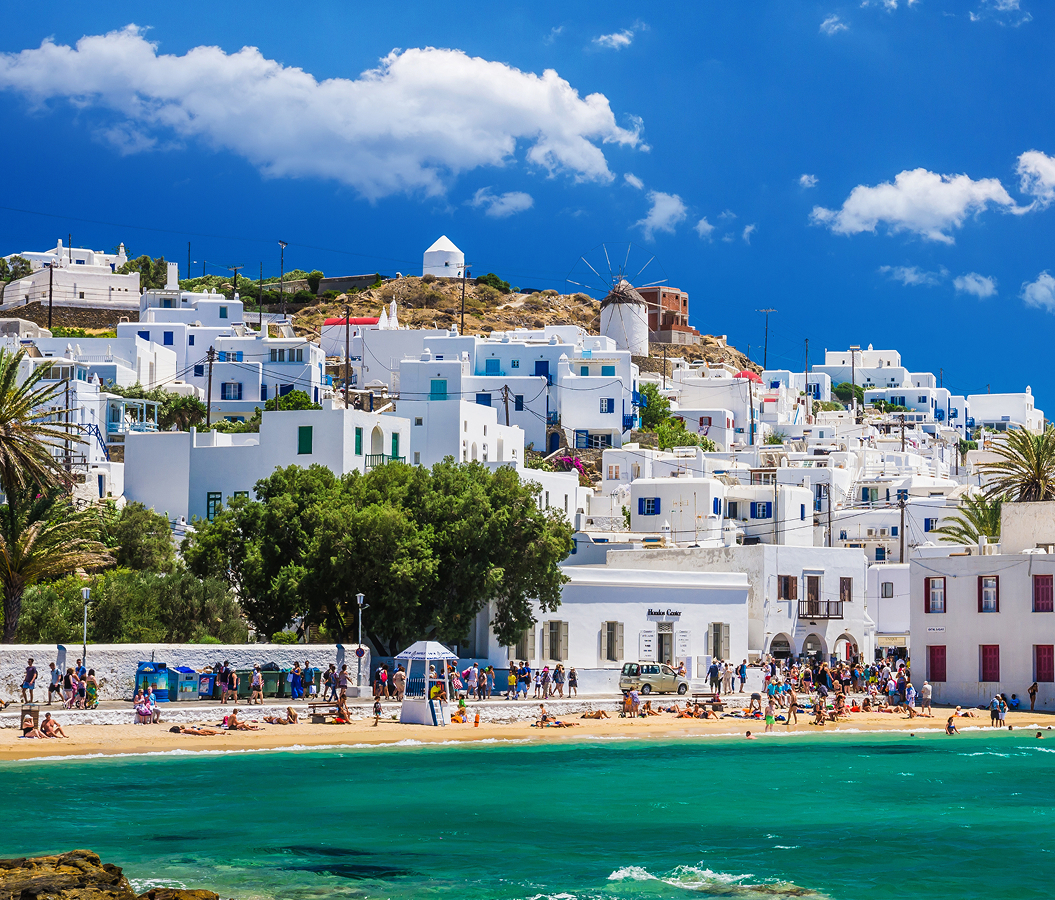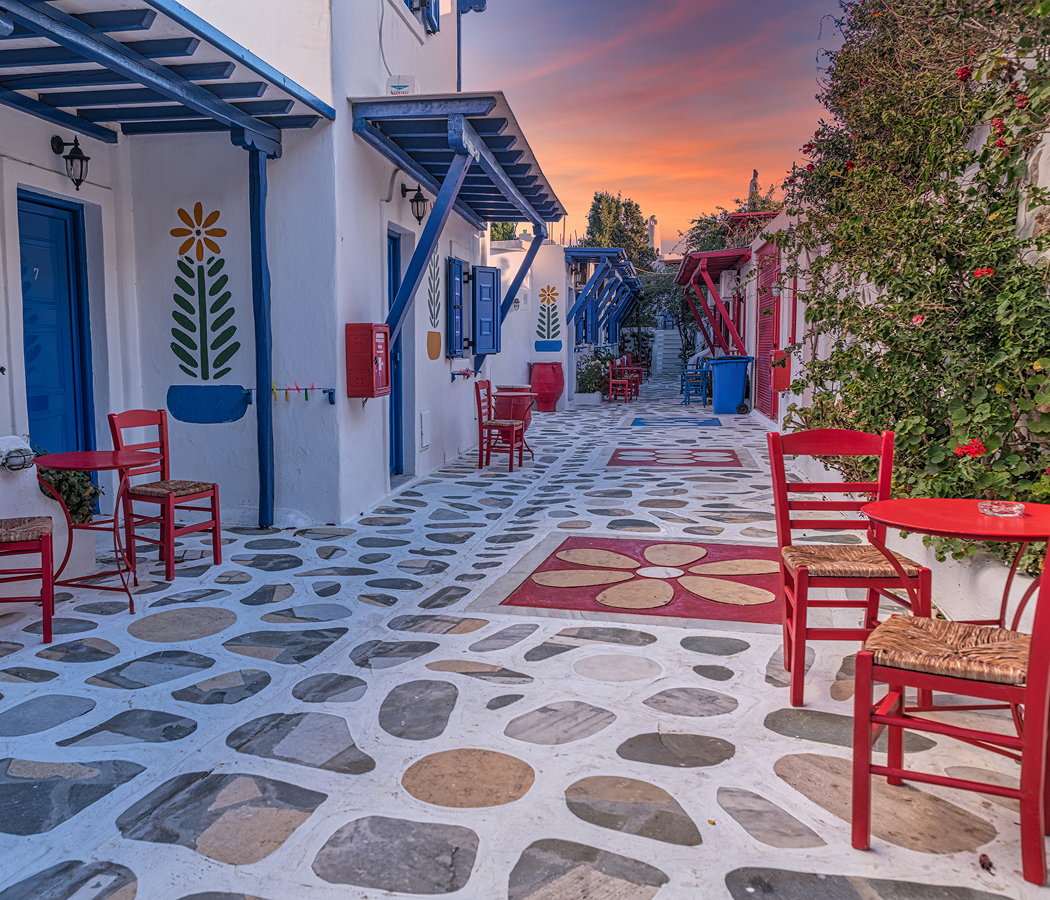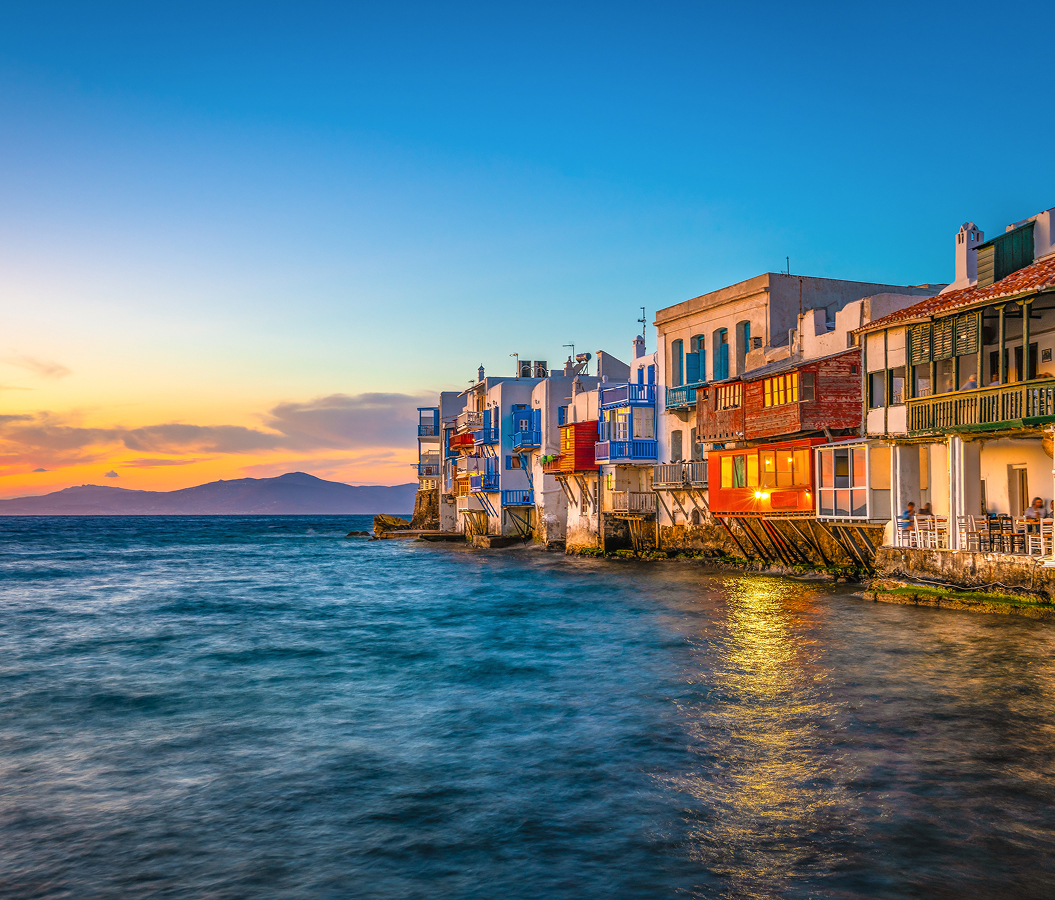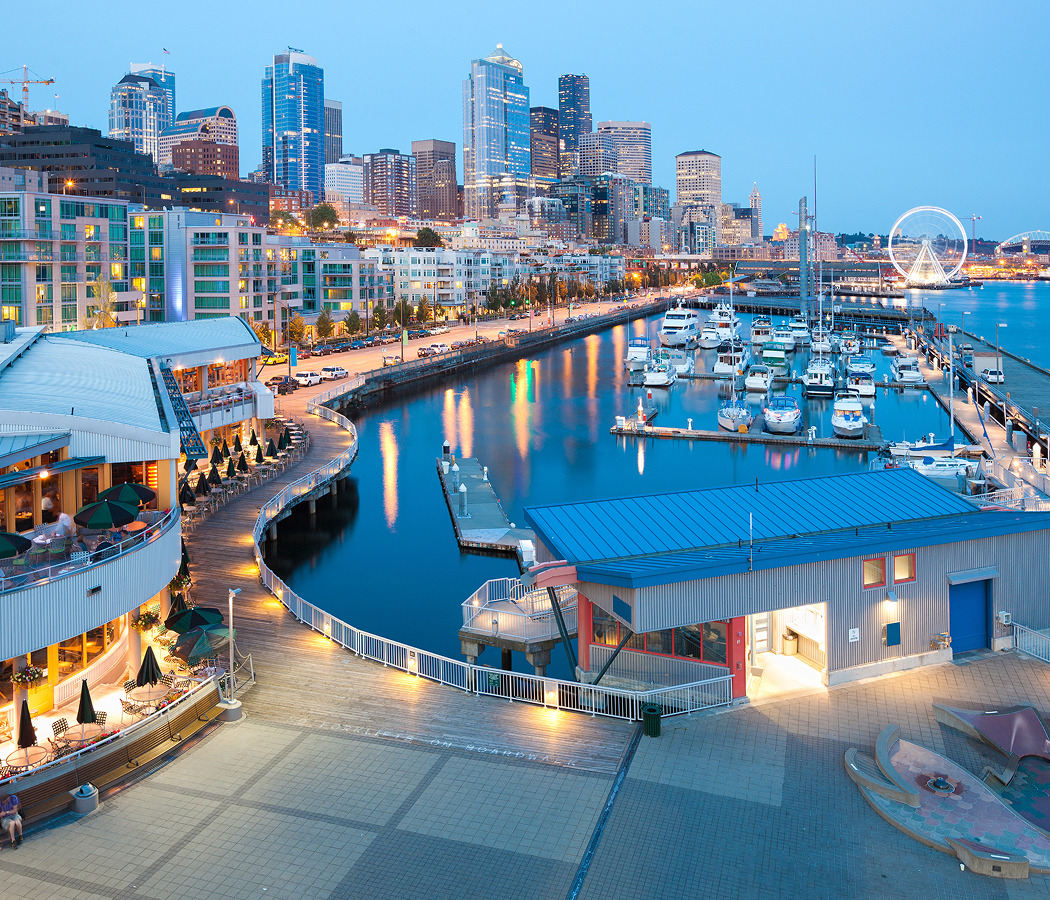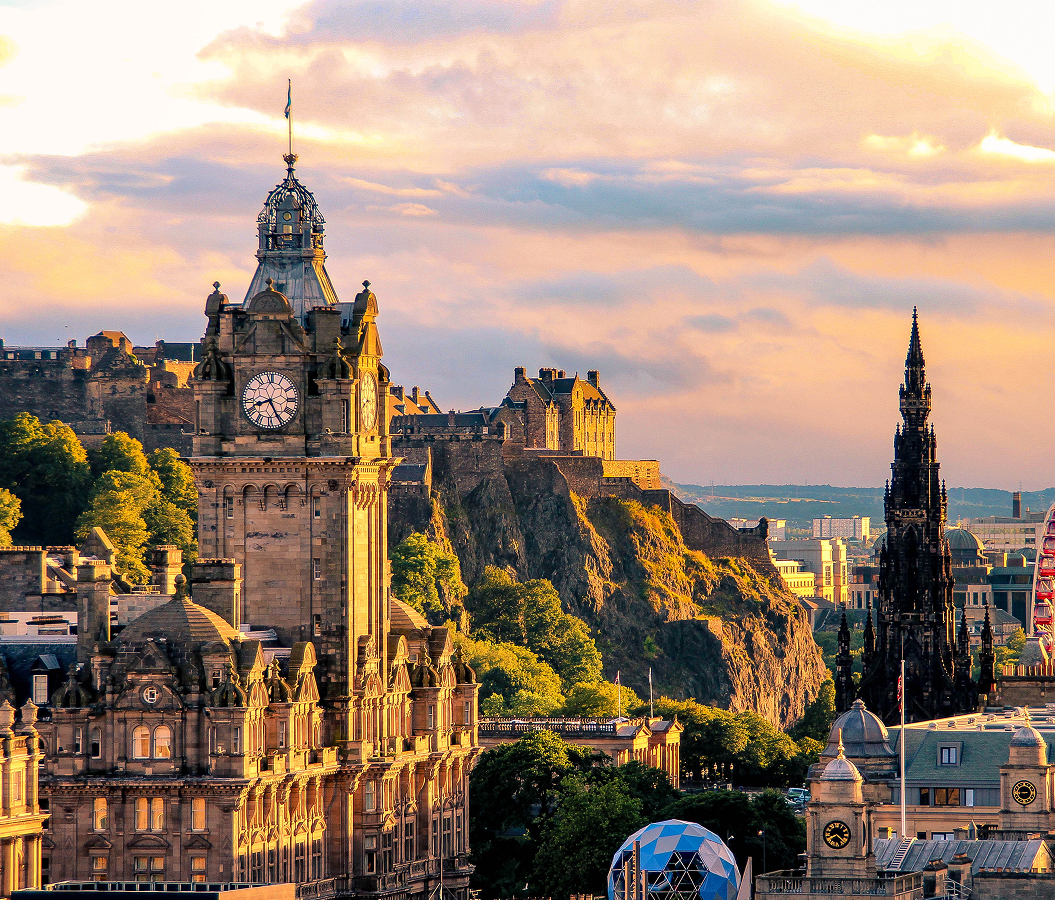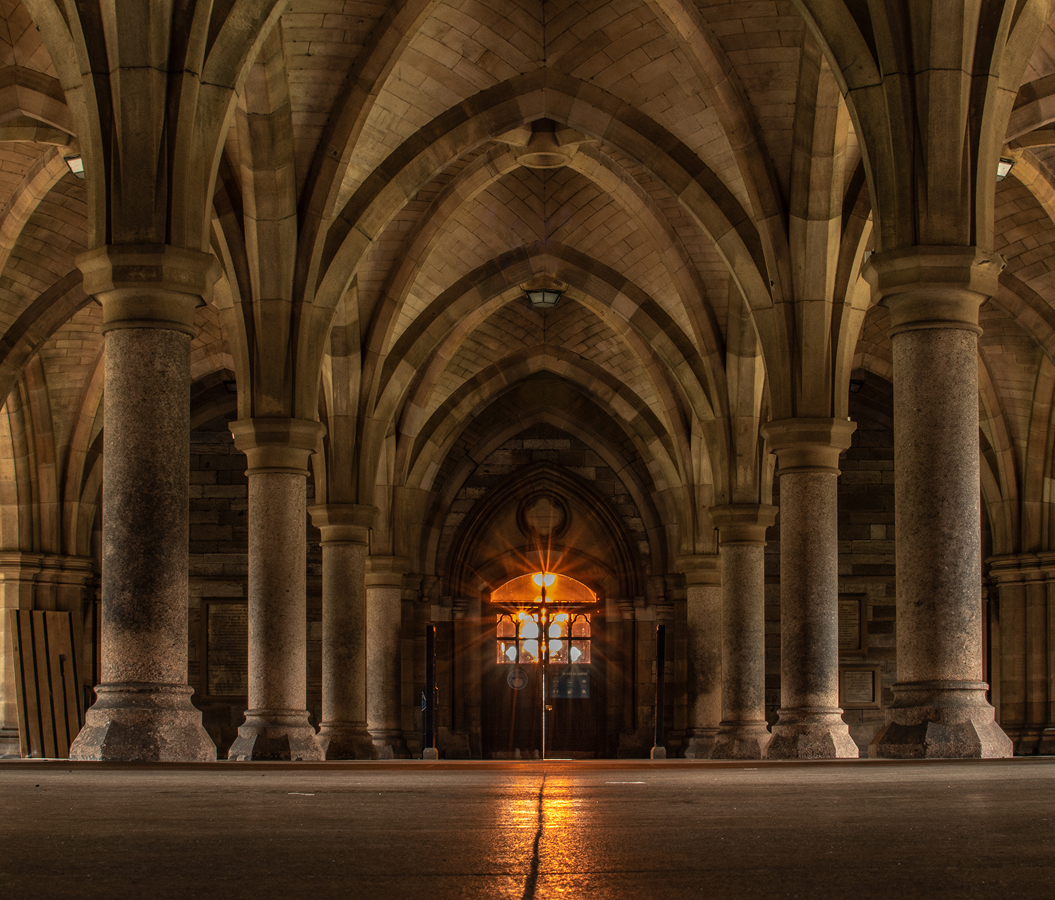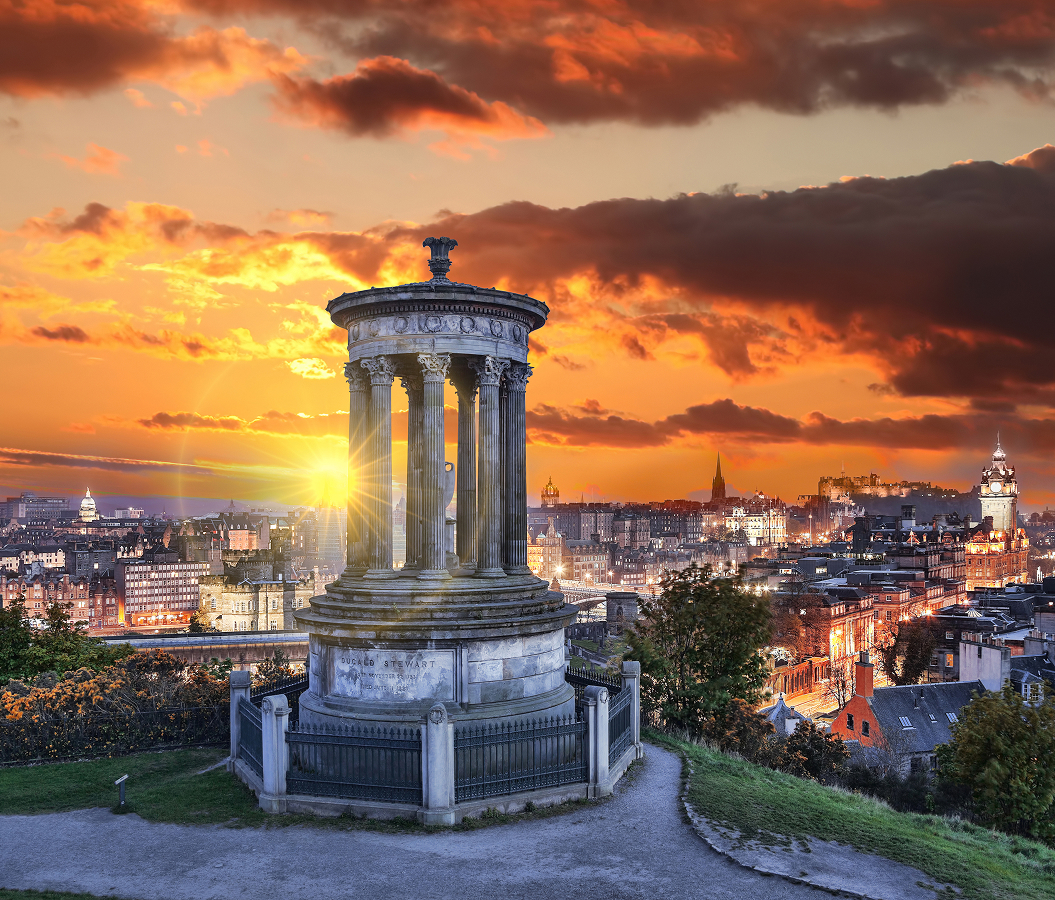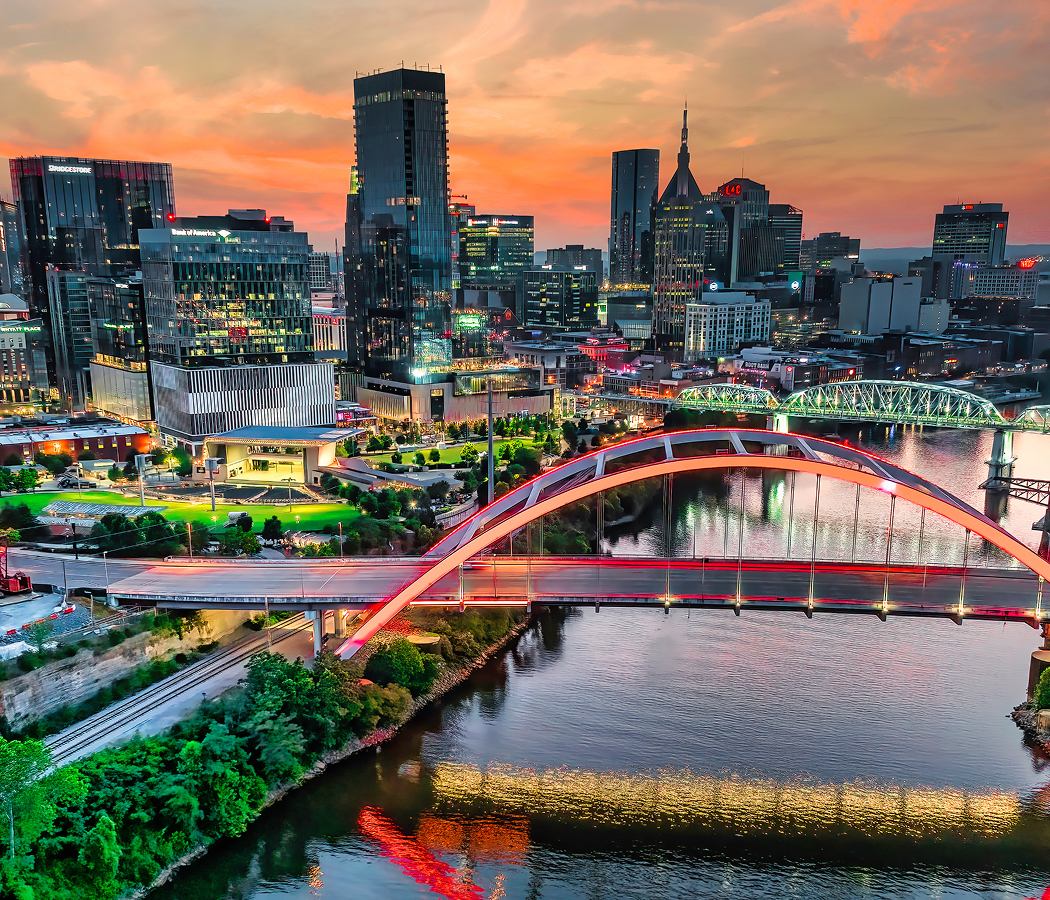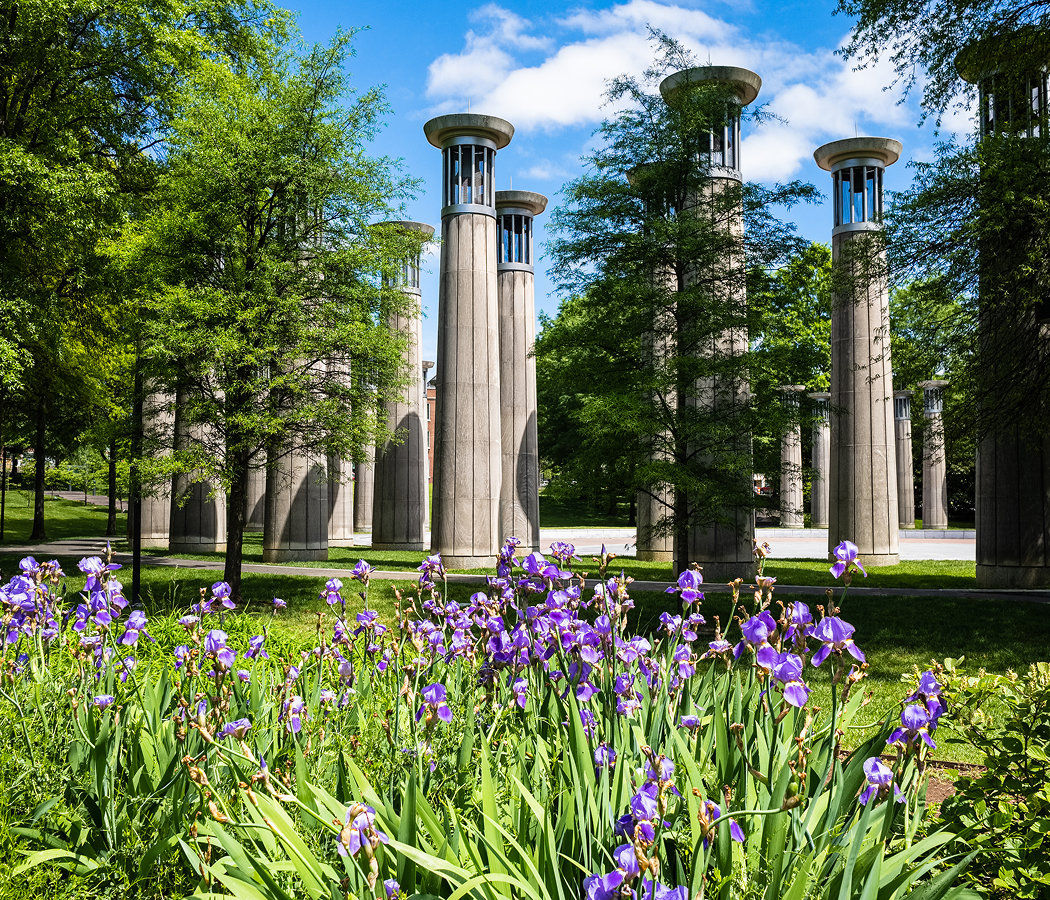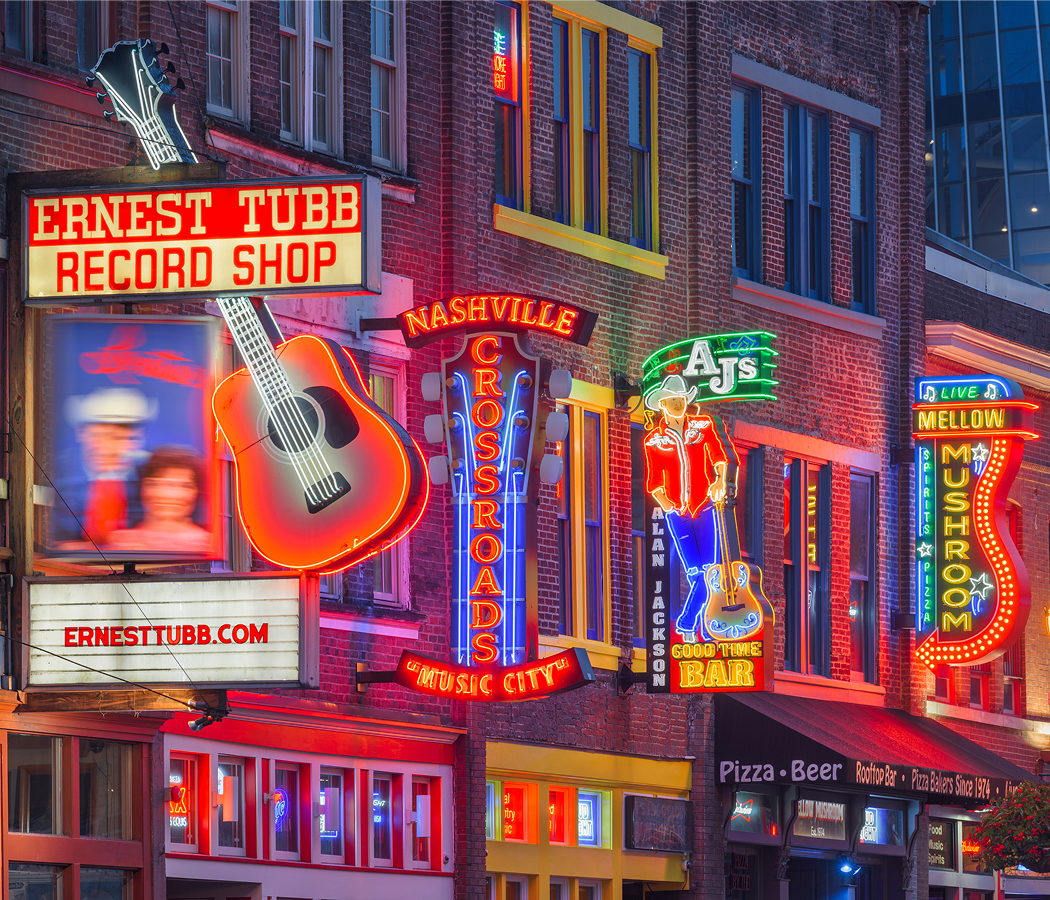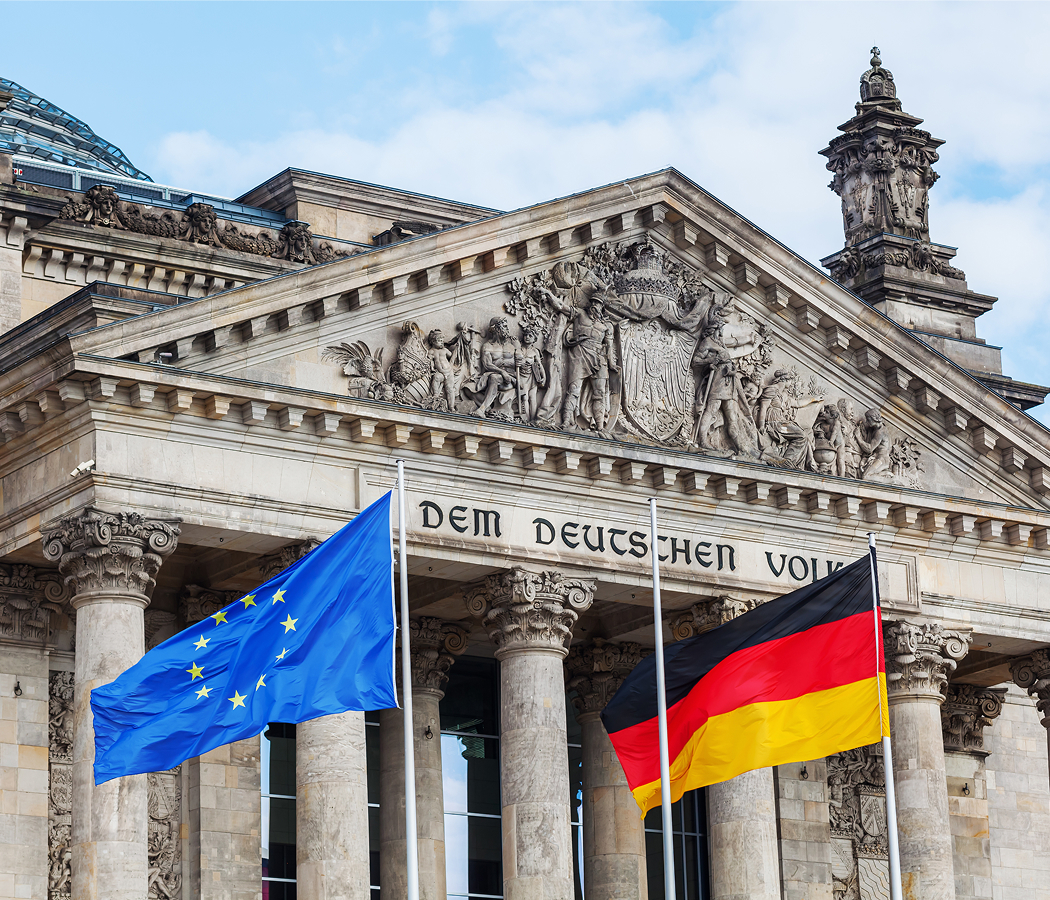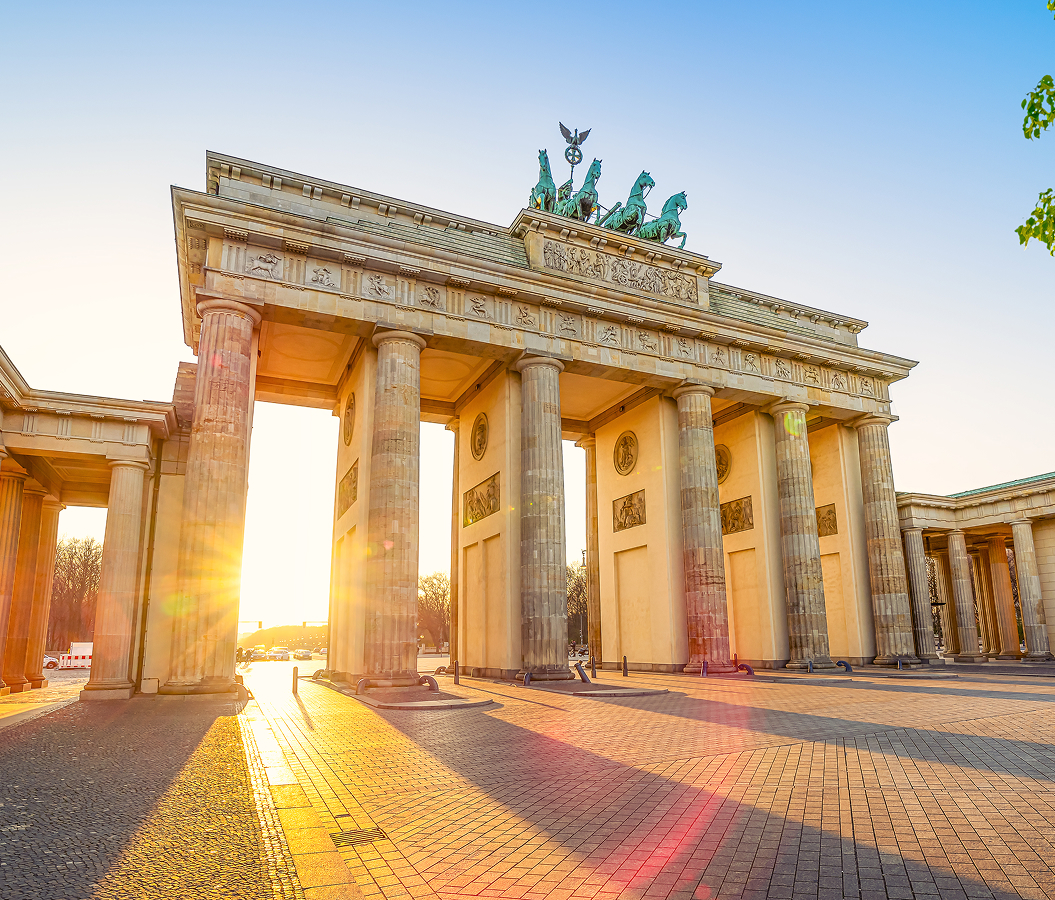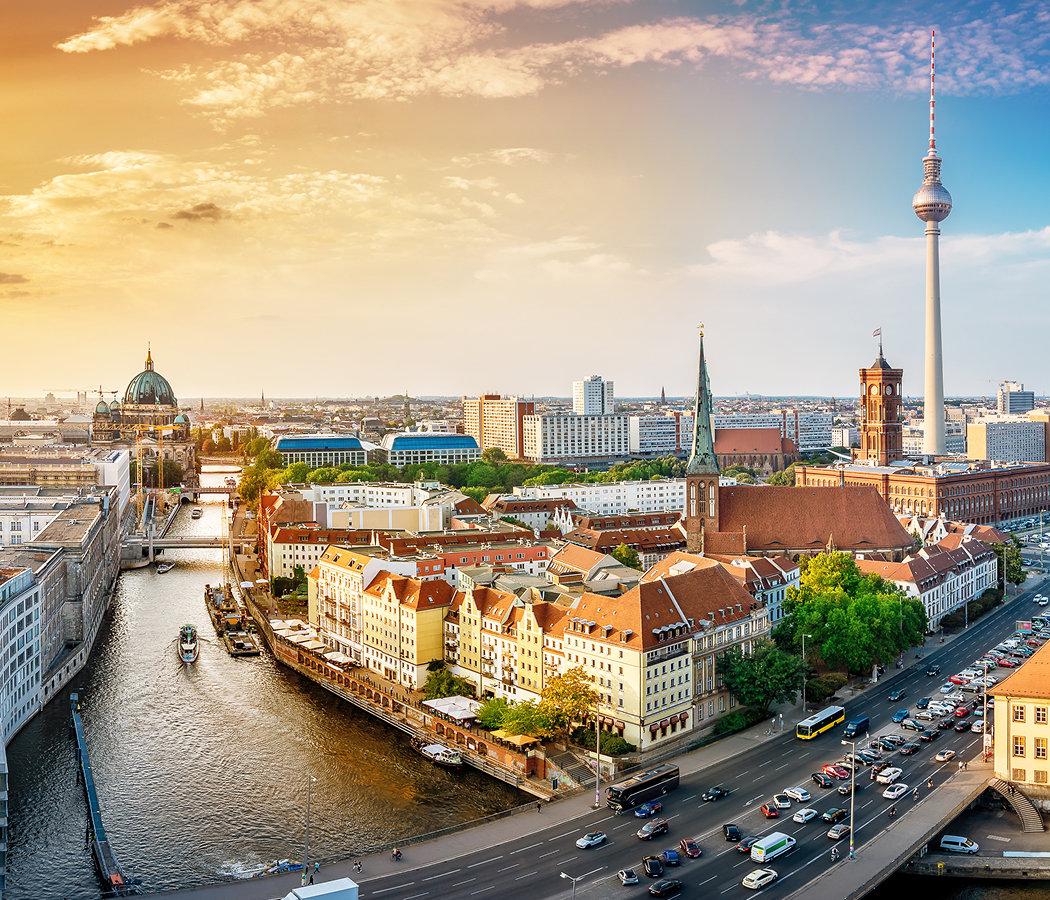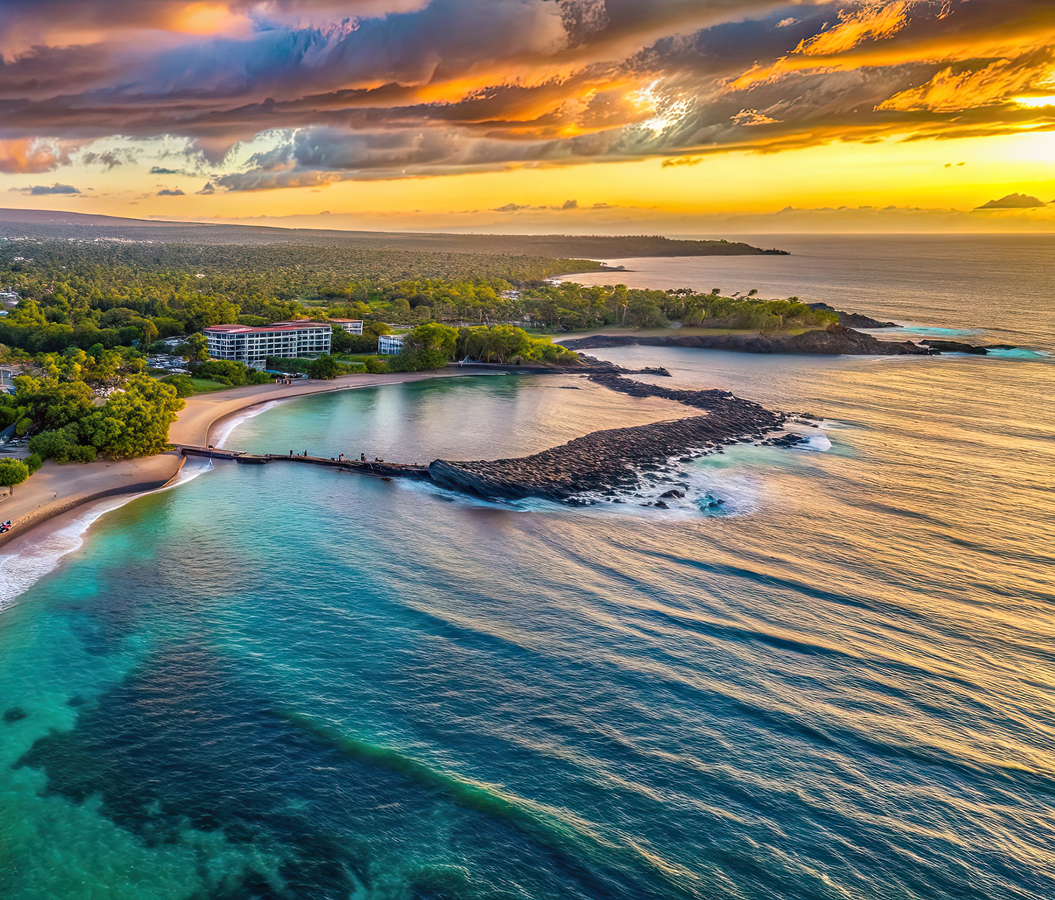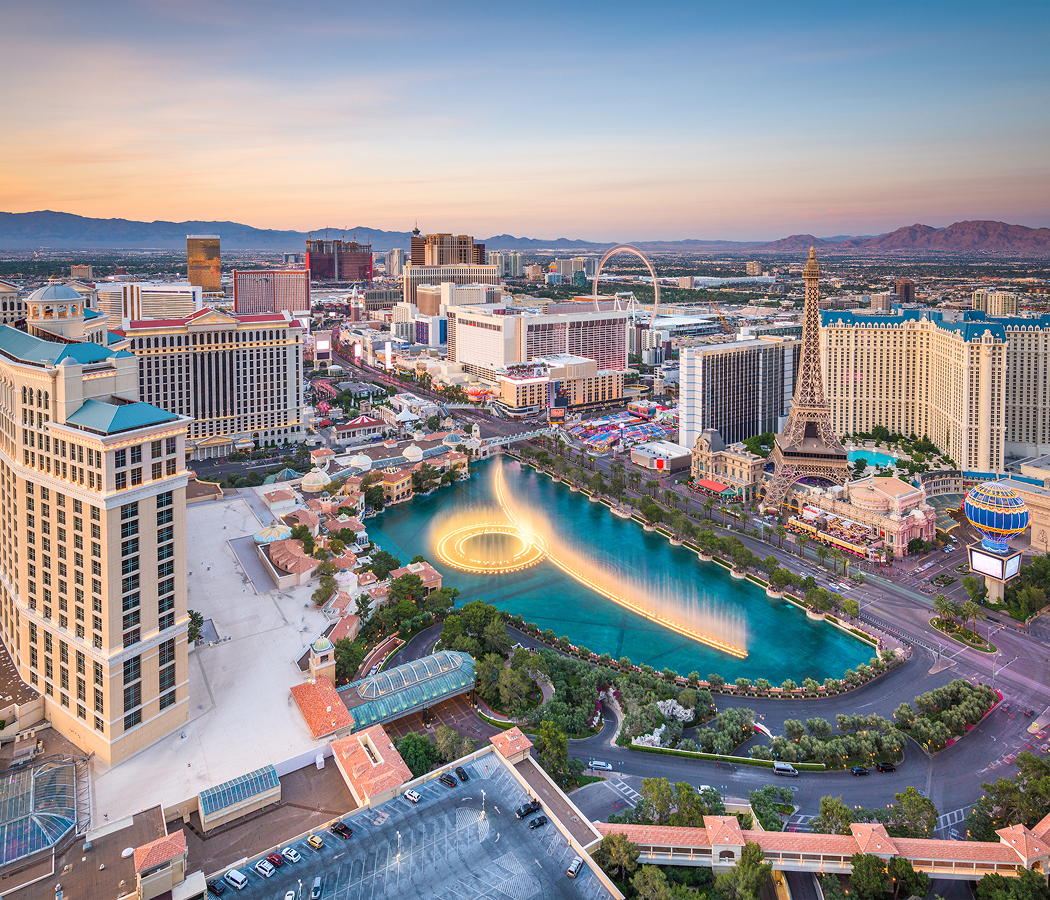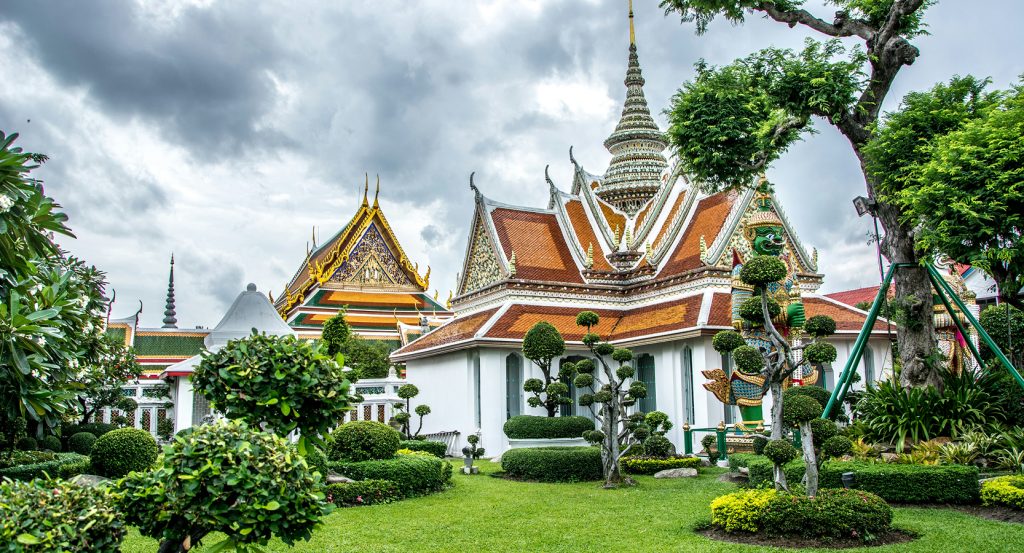
How to avoid tourist embarrassment in temples.
You’ve got to care about Thailand’s temple dress code—unless you’re cool with awkward moments at sacred gates. Every day, countless tourists get turned away for what they’re wearing. But you? You’re about to walk in with confidence and cultural respect.
This isn’t about limiting your style—it’s about showing reverence while still looking good. Let’s break it down clearly so you can move through temples like you belong.
Understanding sacred space dress requirements.
Thai Buddhist temples aren’t attractions—they’re active places of worship. Monks live, meditate, and host sacred ceremonies inside. That’s why you’re expected to enter dressed with mindfulness.
The way you present yourself speaks volumes. In Thailand, hierarchy and respect are everything. When you dress modestly and appropriately, you’re showing locals that you get it. That you’re honoring both their culture and their spiritual spaces.
The Thailand temple dress code fundamentals.
No matter where you go in Thailand, the core dress code rules stay the same:
- Cover your shoulders. No tank tops or spaghetti straps. A cardigan or real sleeves are non-negotiable. Draping a scarf loosely doesn’t cut it.
- Cover your knees. Long pants, maxi skirts, or dresses that fall well below the knee are essential. Capri pants or shorts? Instant rejection.
- Avoid tight clothing. Your outfit shouldn’t hug your body. Opt for breathable, modest fits that let your respect—not your figure—take center stage.
Smart clothing choices for temple visits.
If it feels conservative, you’re probably on the right track:
- Go with button-down shirts, sleeved tops, or simple tees.
- Avoid flashy prints, political slogans, or religious symbols from other traditions.
- Pick long pants or flowing skirts made from linen or cotton to stay cool.
- Slip-on shoes are key—you’ll need to remove them at every building entrance.
The art of layering for temple visits.
Carrying a light layer can save your day. Pack a shawl, travel cardigan, or scarf in your day bag to quickly transform into temple-appropriate mode. Neutral colors keep things classy and match any outfit, while breathable fabrics make sure you’re not sweating through the experience.
Stricter dress codes at major temples.
Places like Bangkok’s Grand Palace and Wat Phra Kaew don’t mess around. They’ll turn you away, no exceptions. Yes, you can rent cover-up clothes outside—but they’re often overpriced, poor-fitting, and kind of a hassle.
Best to come prepared. When everyone around you is dressed right, you’ll stick out for the wrong reasons if you’re not.
Subtle differences in rural and regional temples.
Rural temples may be slightly more relaxed—but don’t count on it. If anything, these are community centers where respectful attire means even more.
Northern and southern Thailand may vary slightly in climate or customs, but not in expectations. Even coastal or island temples with laid-back surroundings still require modest dress. Beachwear won’t cut it—bring a change of clothes if needed.
How to pack smart for temple-focused travel.
If your itinerary includes multiple temple visits:
- Pack two pairs of breathable long pants and at least three sleeved tops.
- Stick to quick-dry or moisture-wicking fabrics like linen or light cotton.
- Neutrals go far—they’re understated and photograph beautifully against ornate temples.
Where to shop for temple-appropriate clothing in Thailand.
Arrived unprepared? No problem.
Markets like Bangkok’s Chatuchak or Chiang Mai’s Sunday Market are goldmines for modest, comfortable, and affordable outfits. You’ll find local styles made for the climate—and they’ll usually outshine anything you brought from home.
Bonus: You’re supporting local Thai businesses while picking up stylish souvenirs.
Common mistakes to avoid.
- Don’t assume heat makes modesty optional. Lightweight coverage is key.
- Don’t trust outdated guidebook photos showing underdressed tourists. Rules are enforced more than ever.
- Skip the overpriced cover-ups outside temple gates. They’re low quality and high cost. Come prepared or shop elsewhere.
Respecting the dress code as a cultural exchange.
This isn’t about arbitrary rules—it’s about stepping into sacred space with reverence. Dress codes exist to protect a centuries-old tradition and create a peaceful atmosphere for everyone who enters.
When you get it right, locals notice. You’ll be welcomed more warmly, and your temple experience will be deeper, more personal, and unforgettable.
Where meaningful travel begins.
Start your journey with Foresyte, where the planning is part of the magic.
Discover the experiences that matter most.

